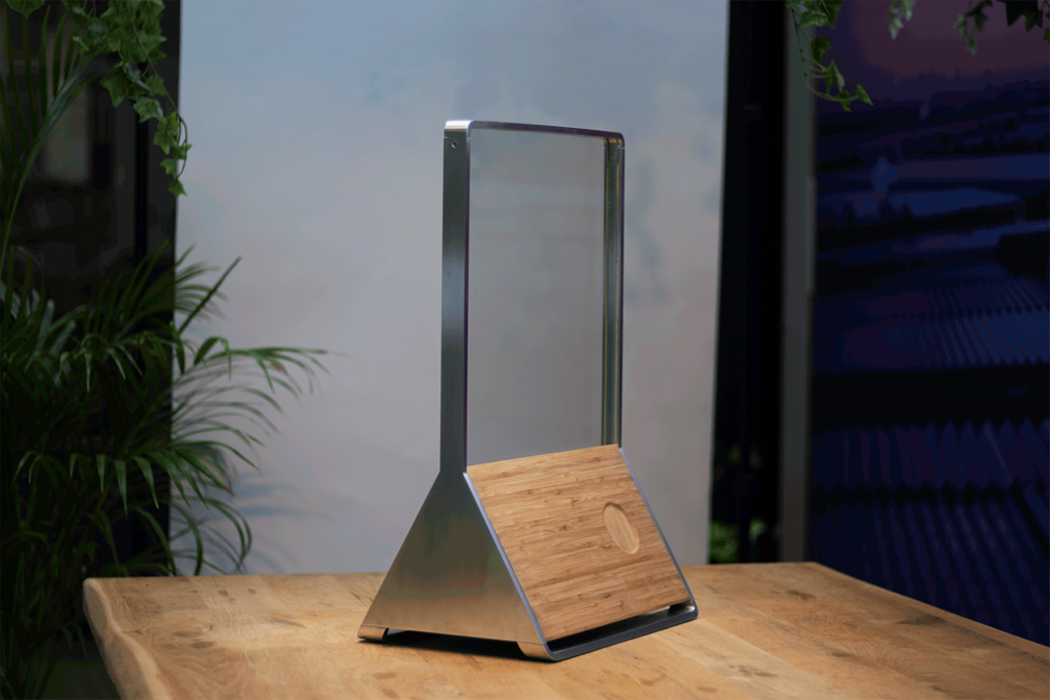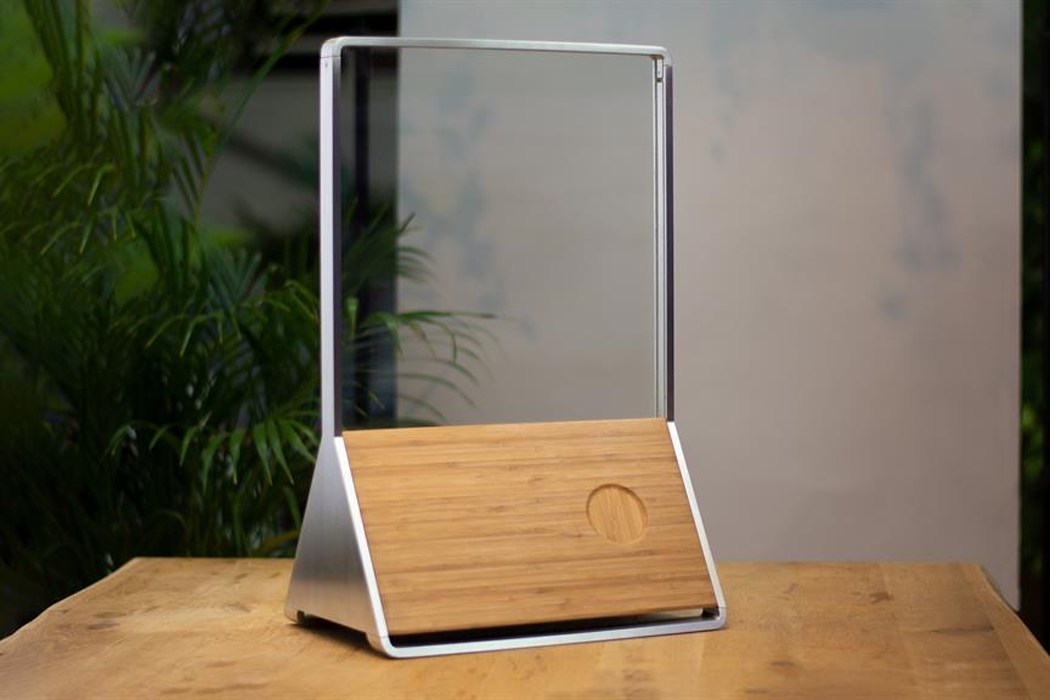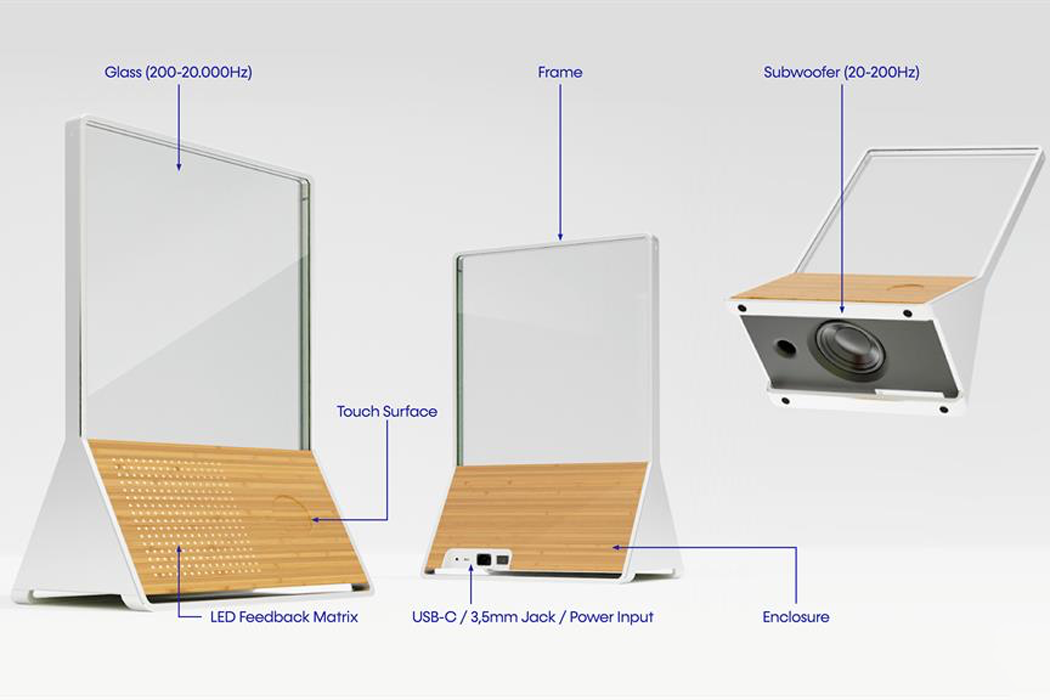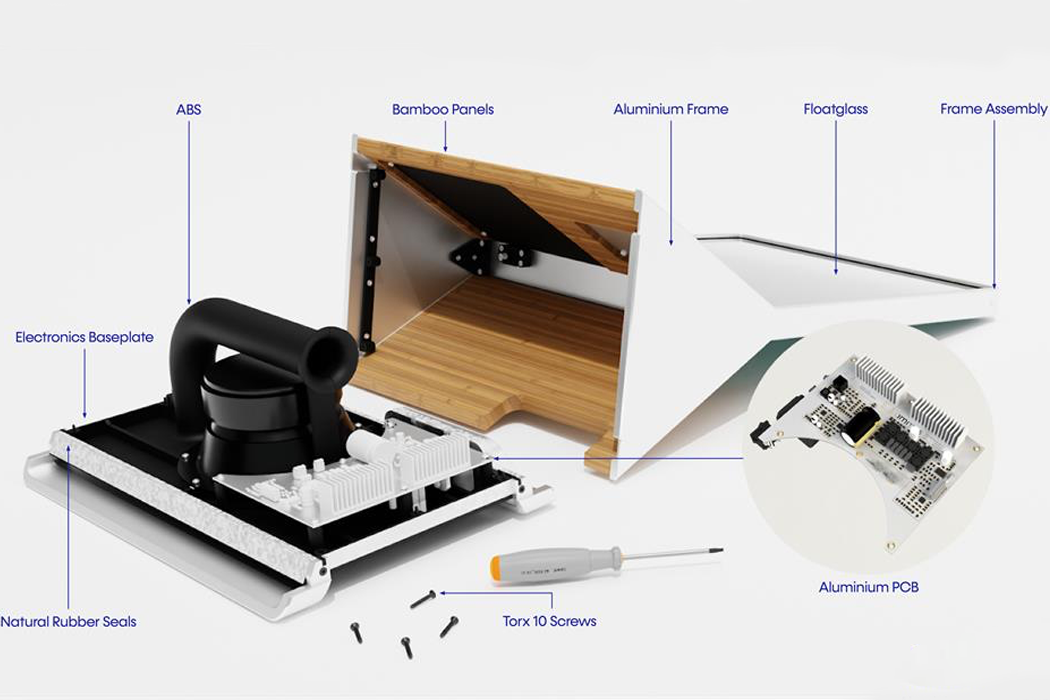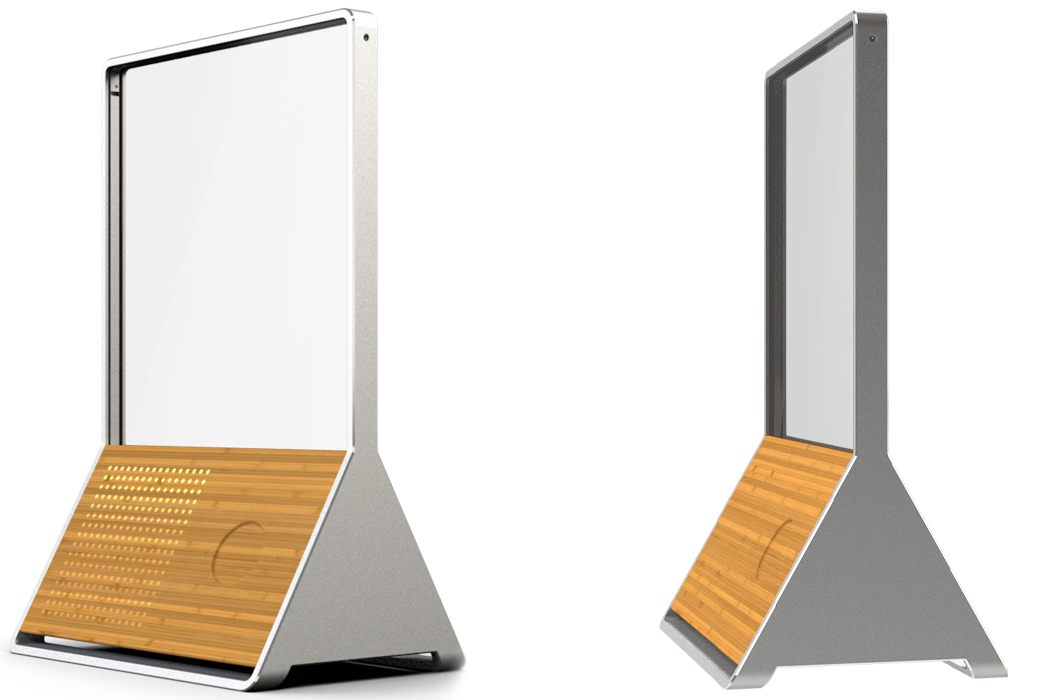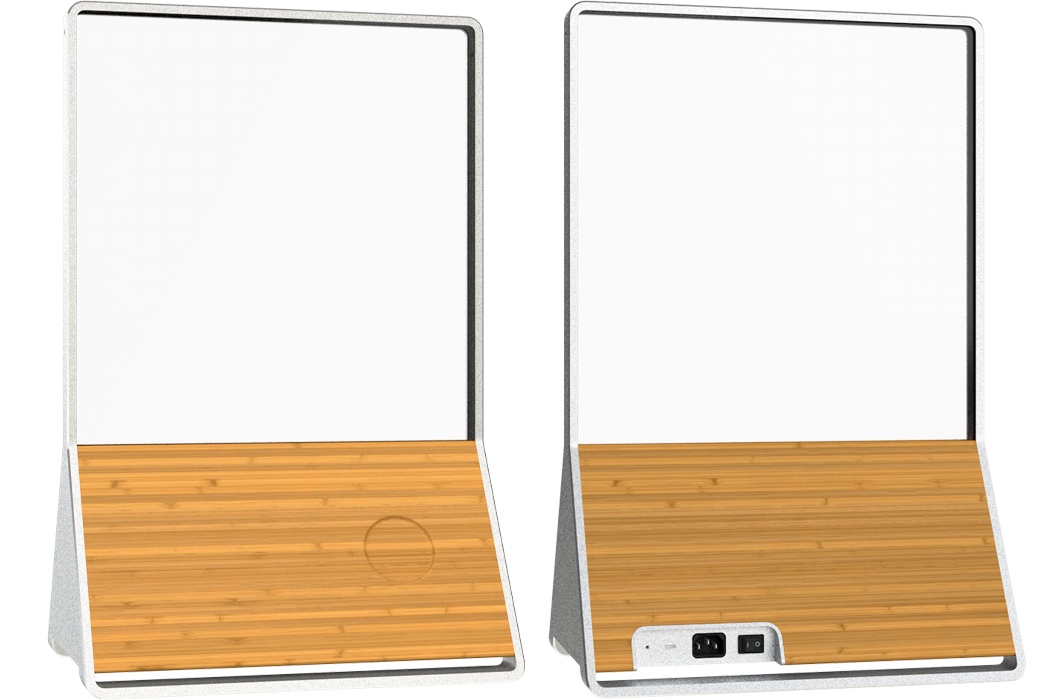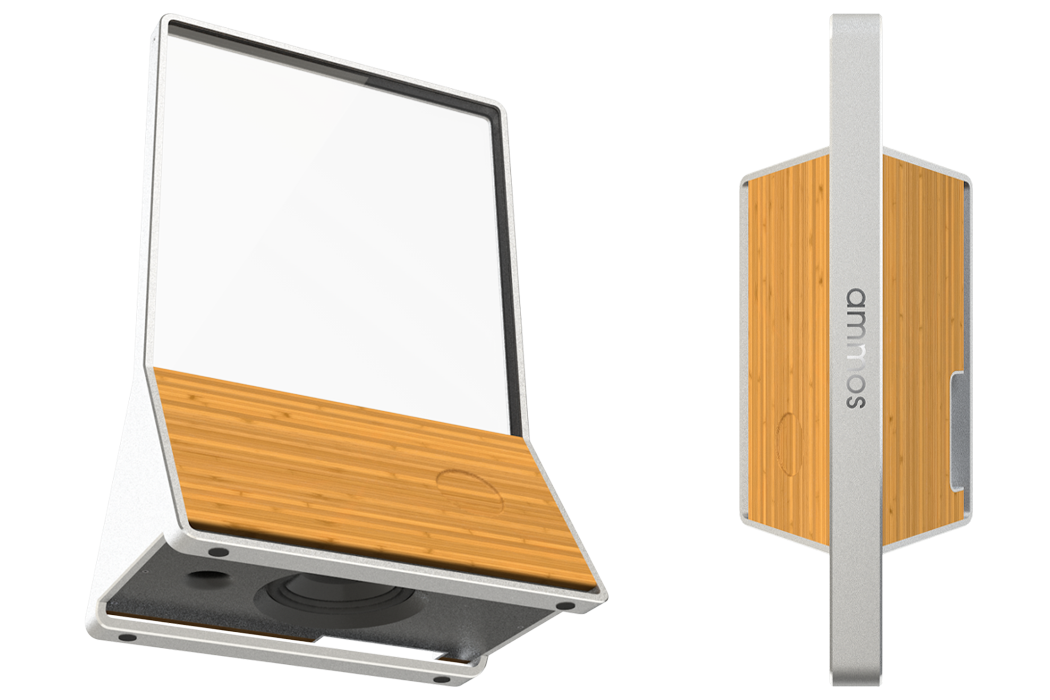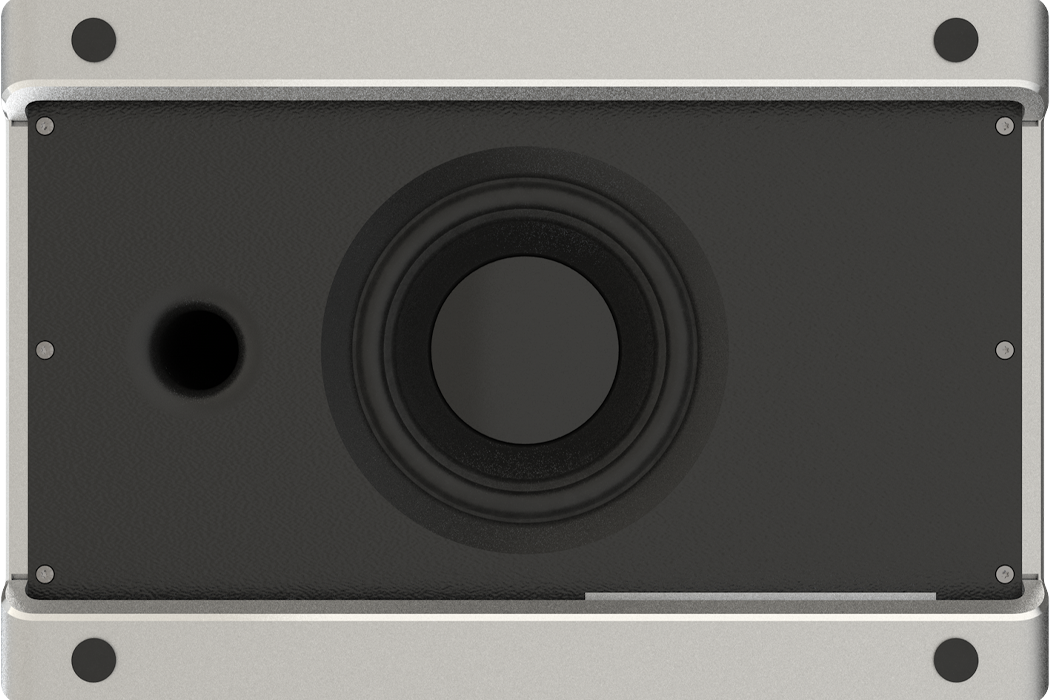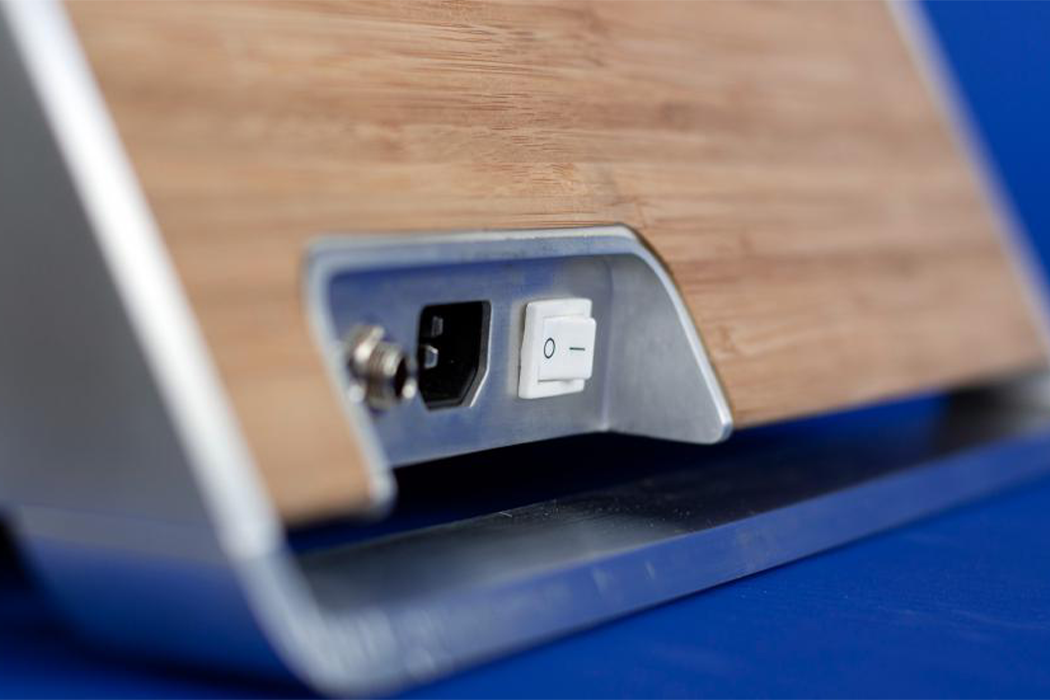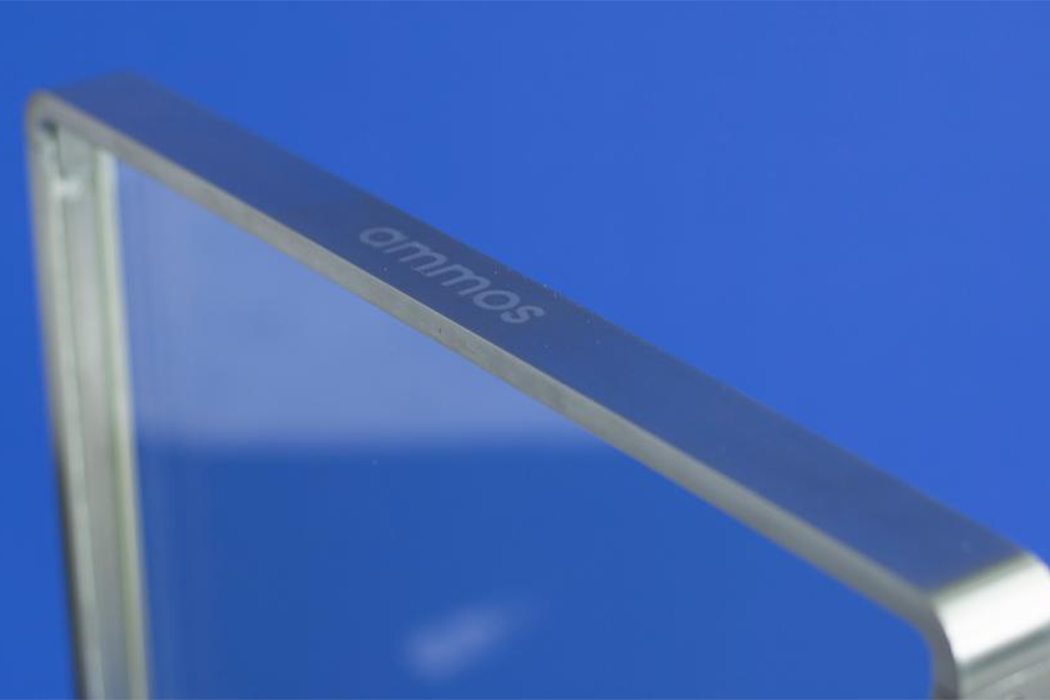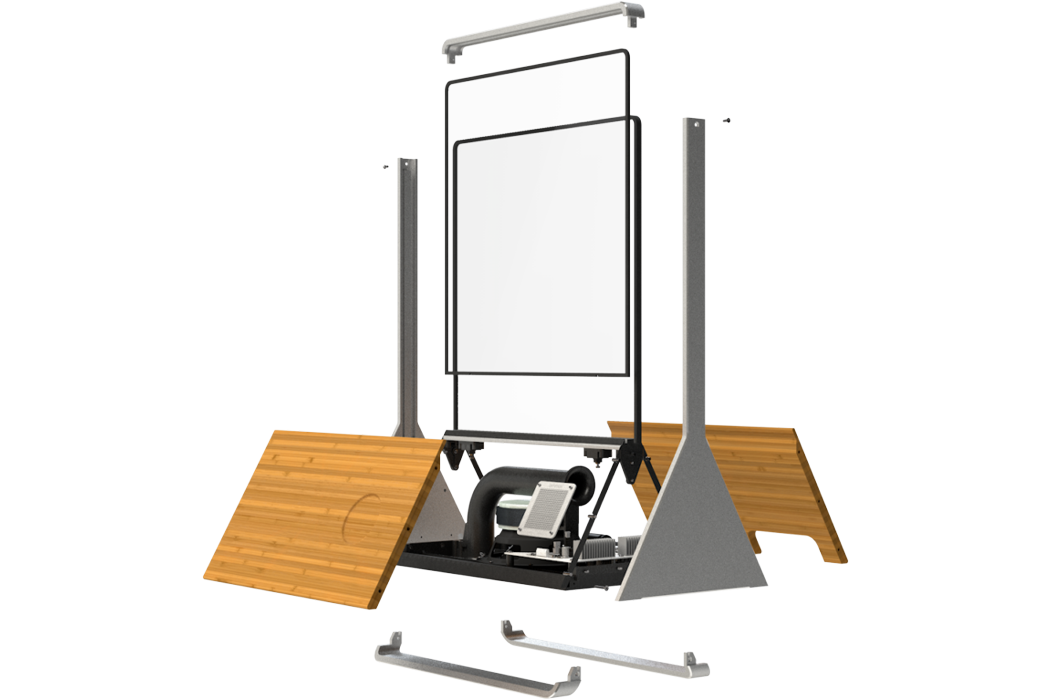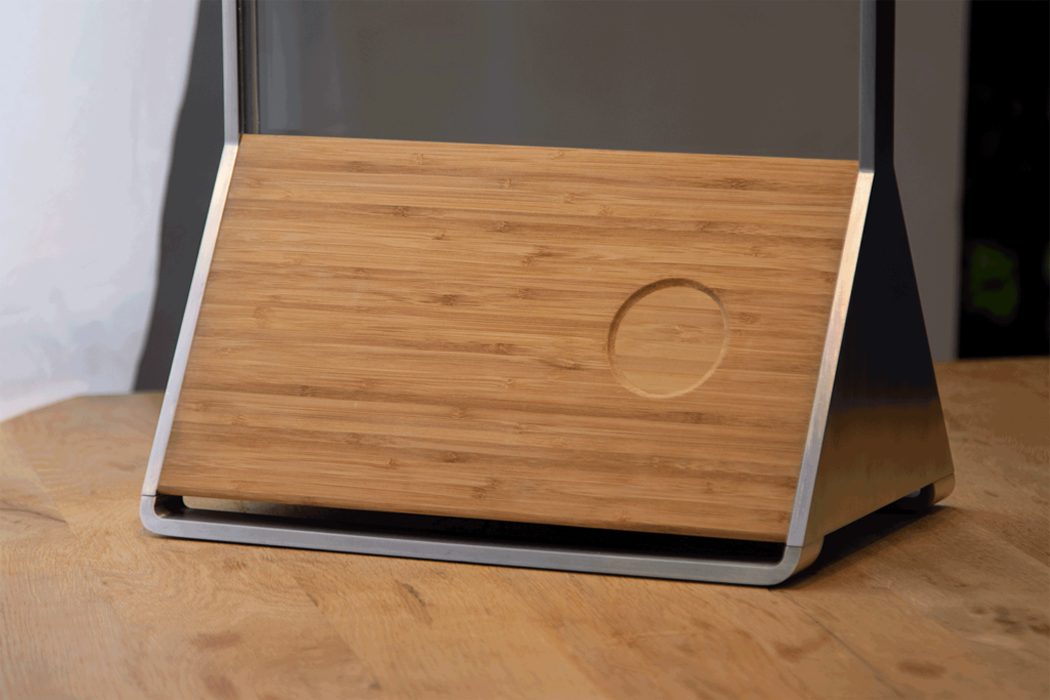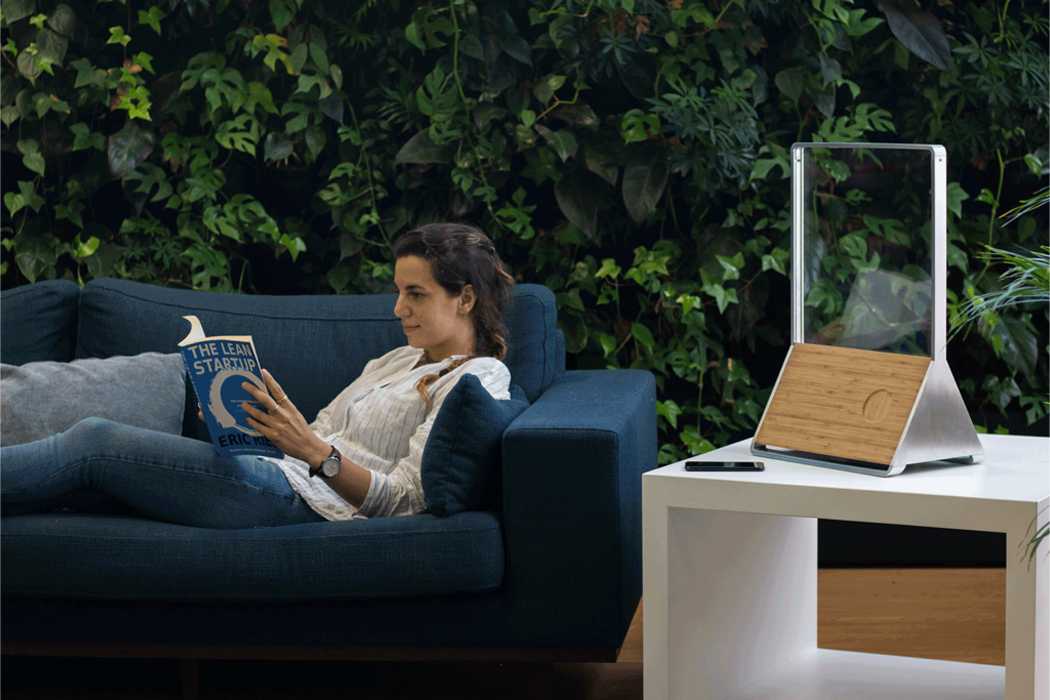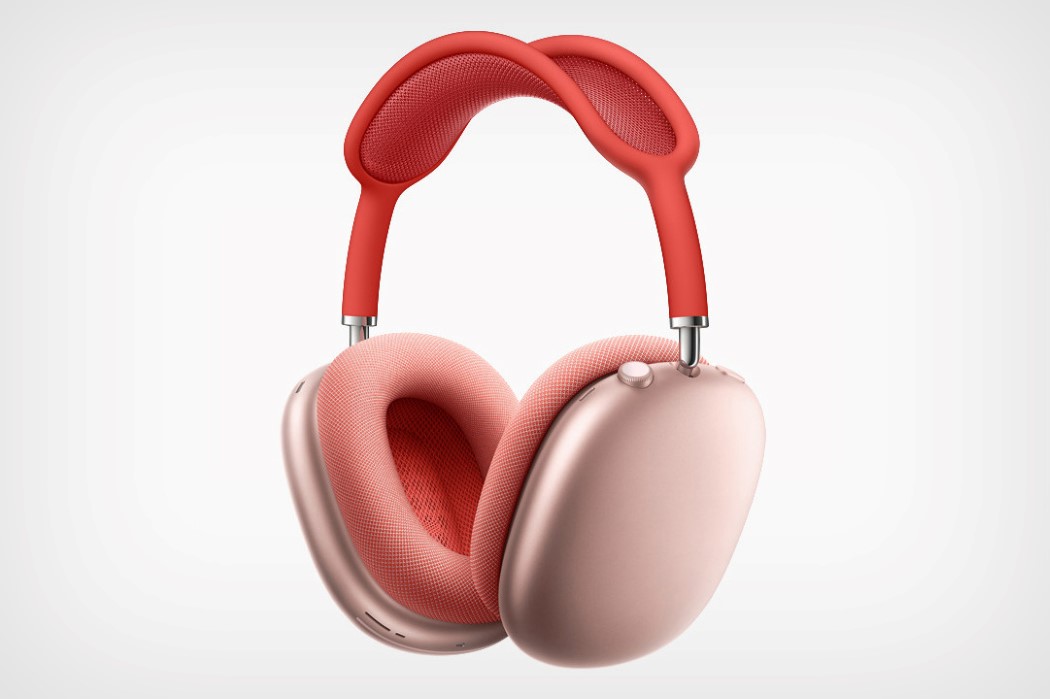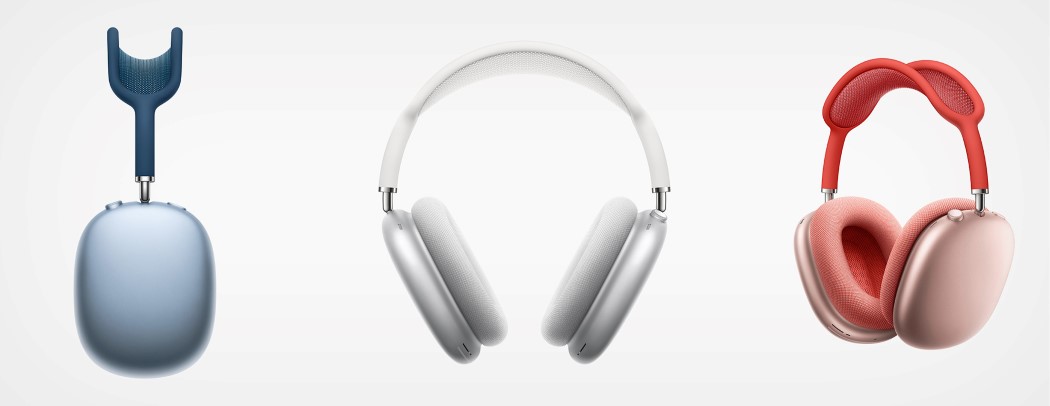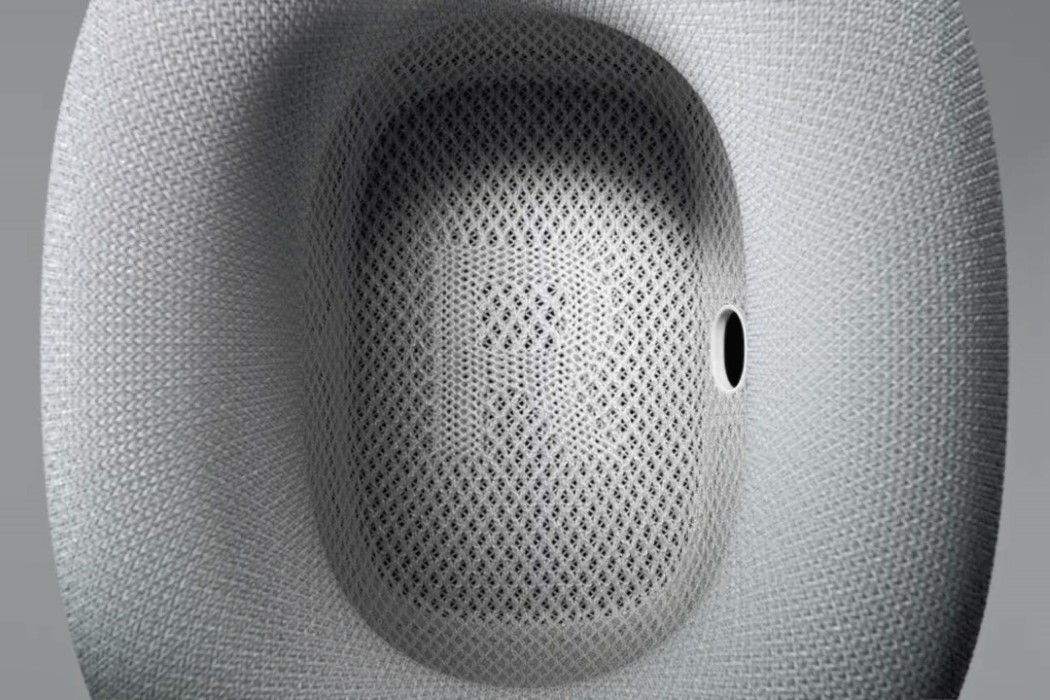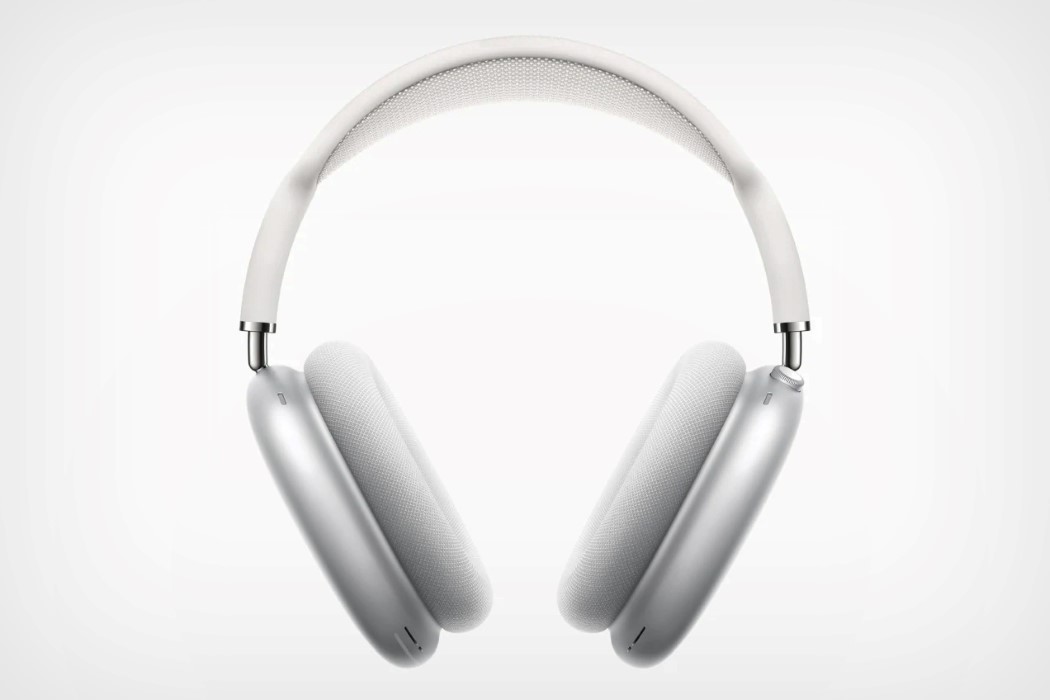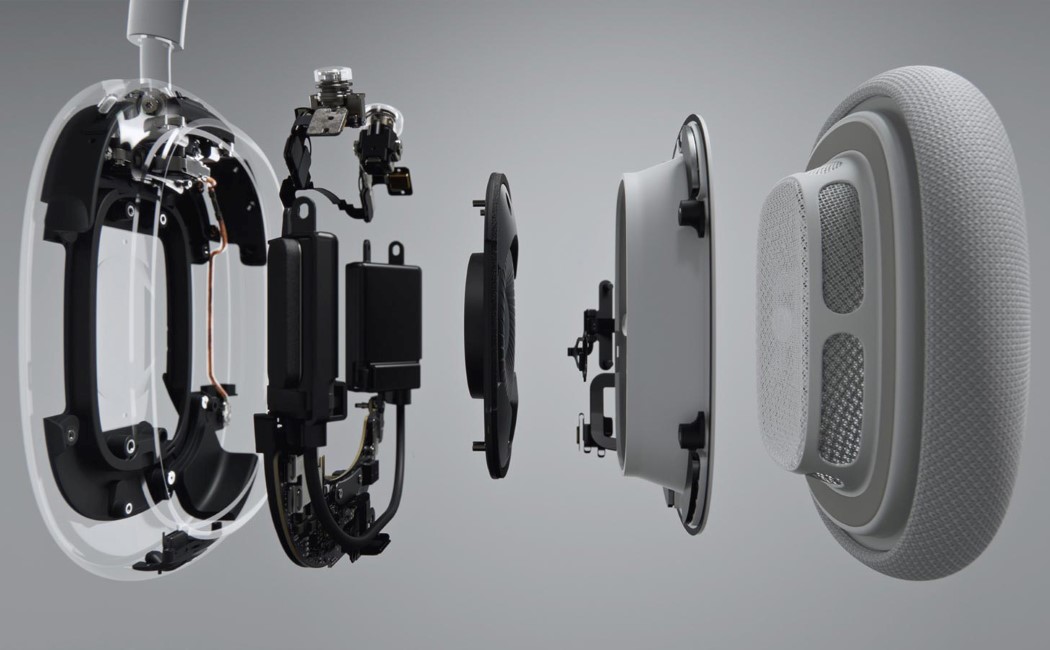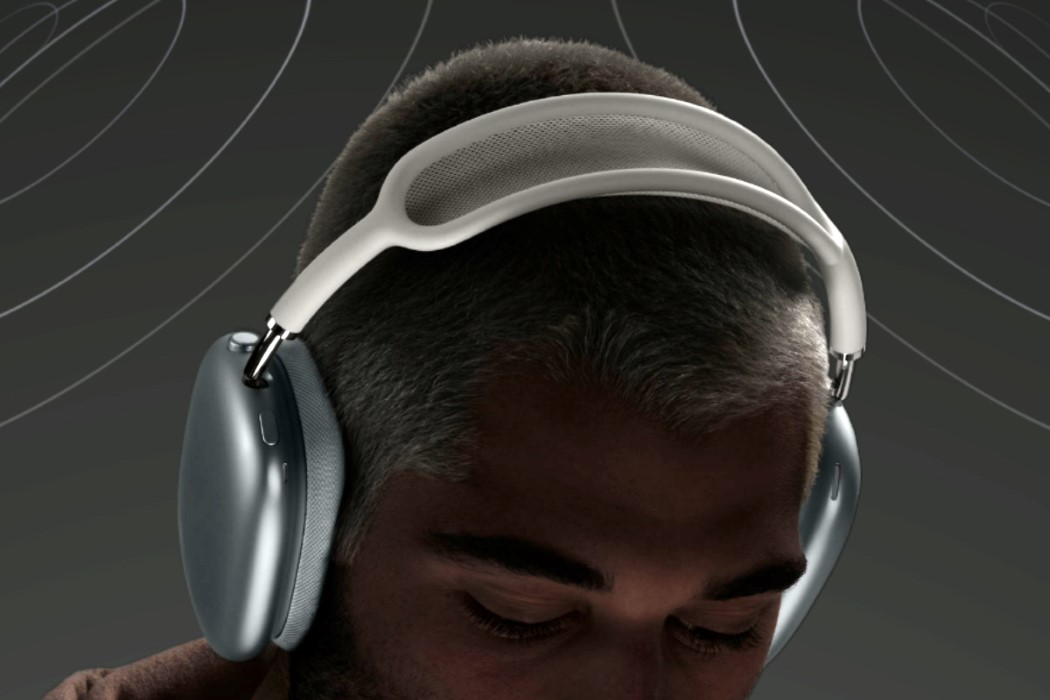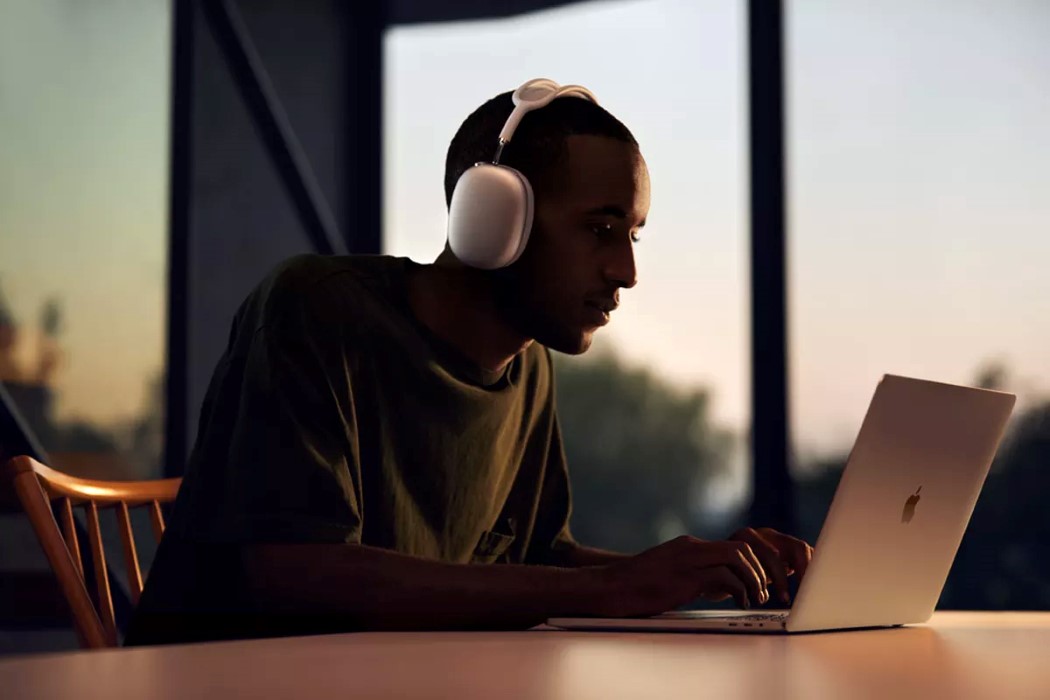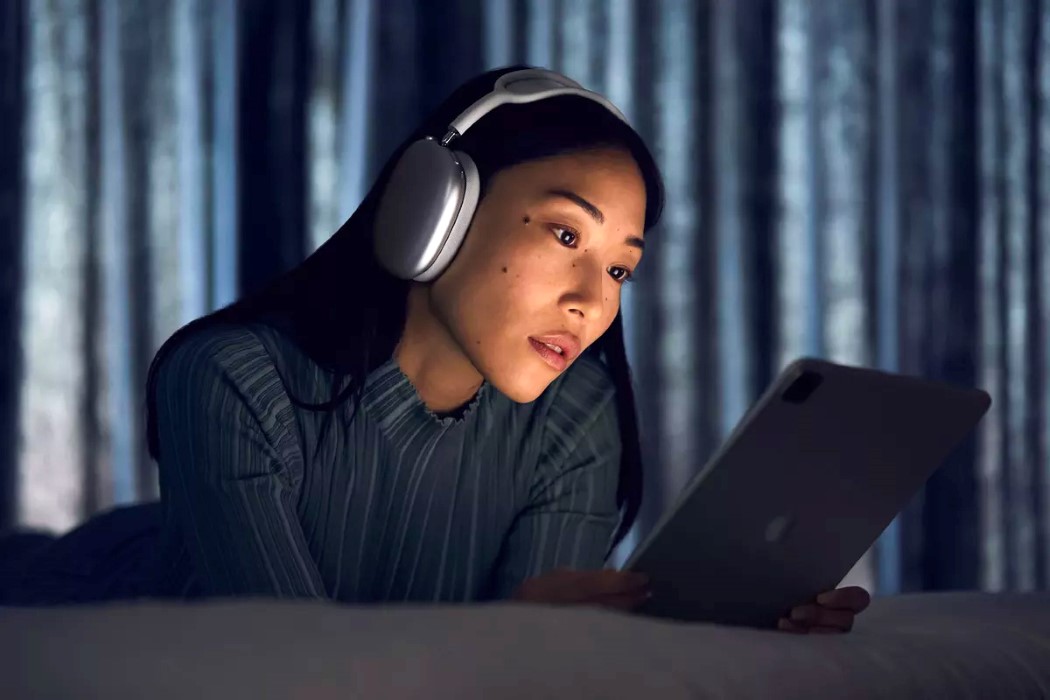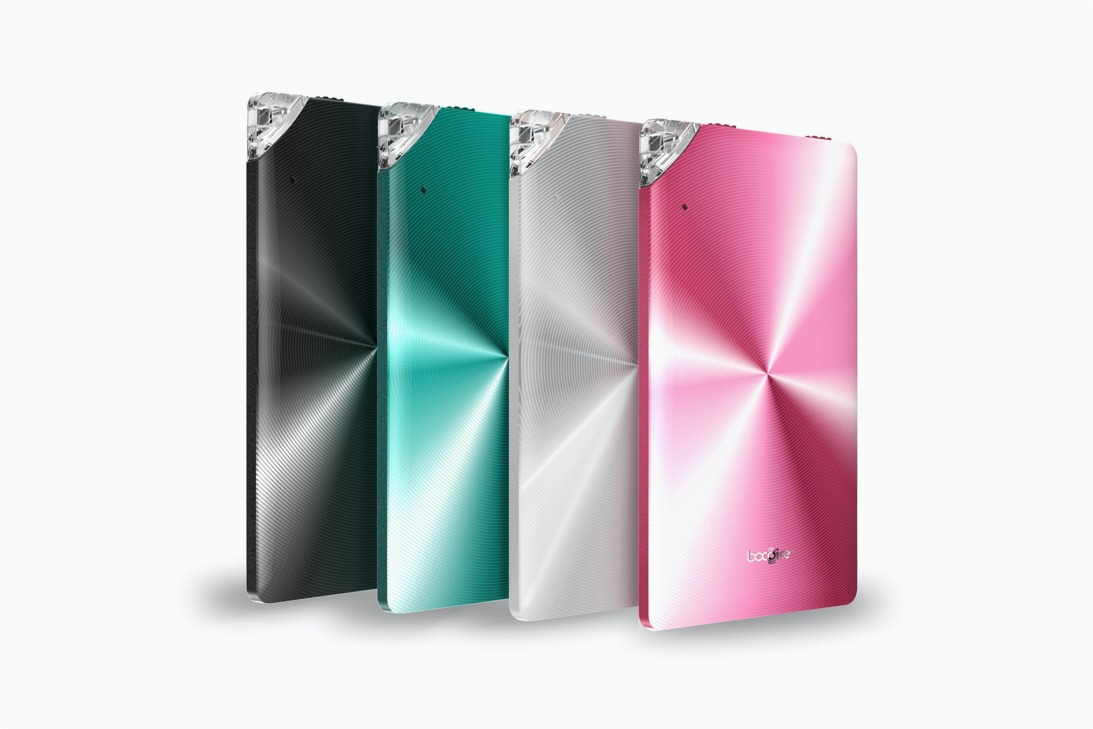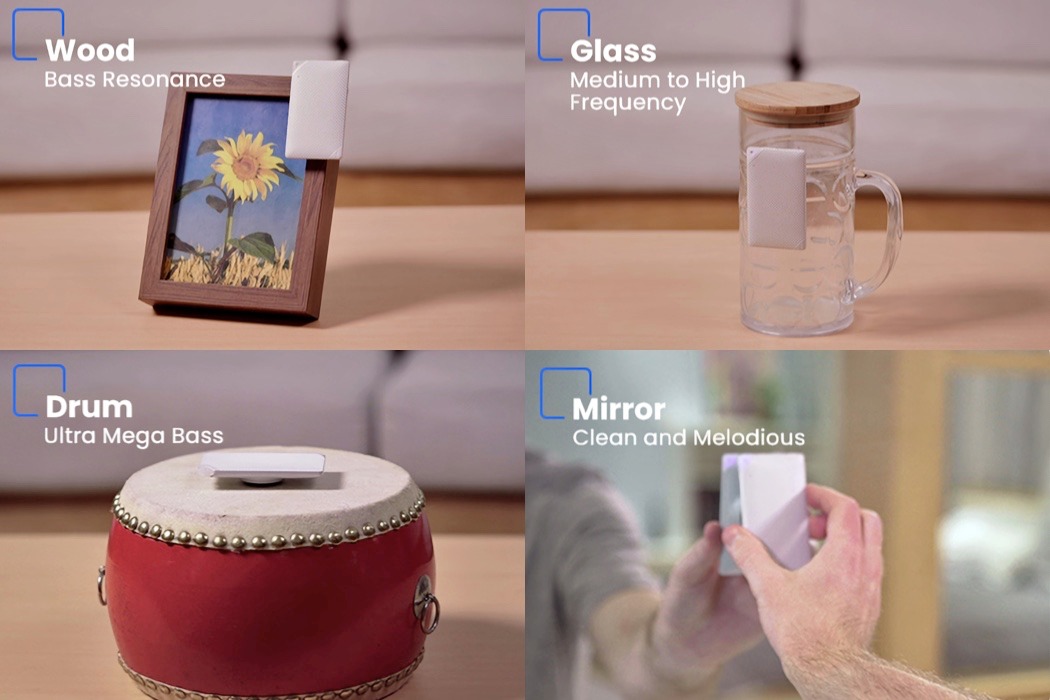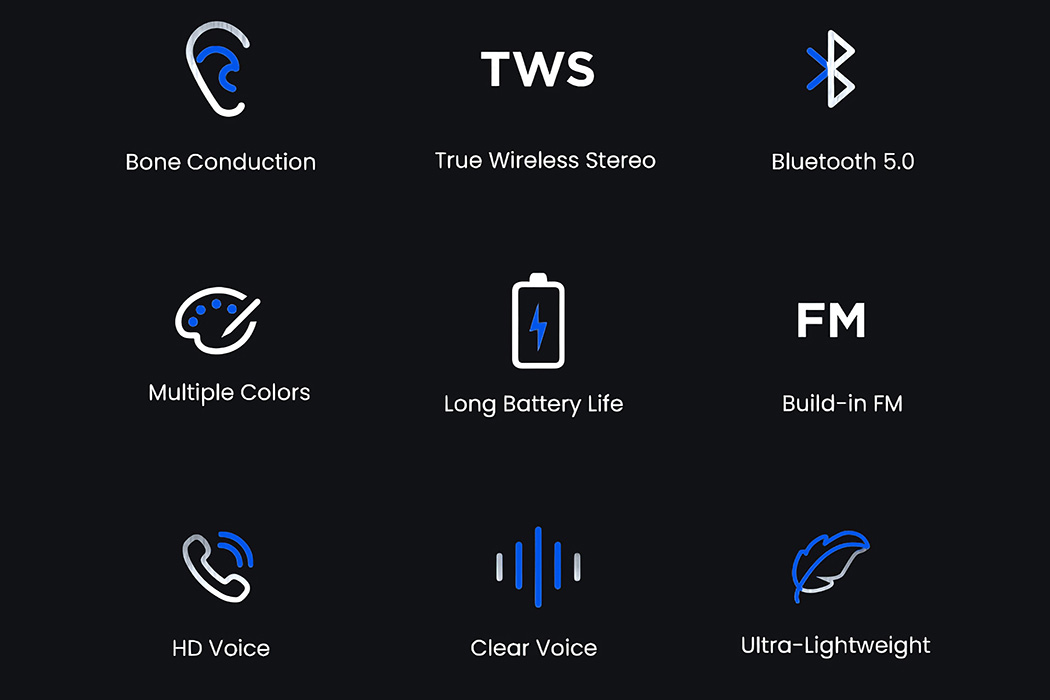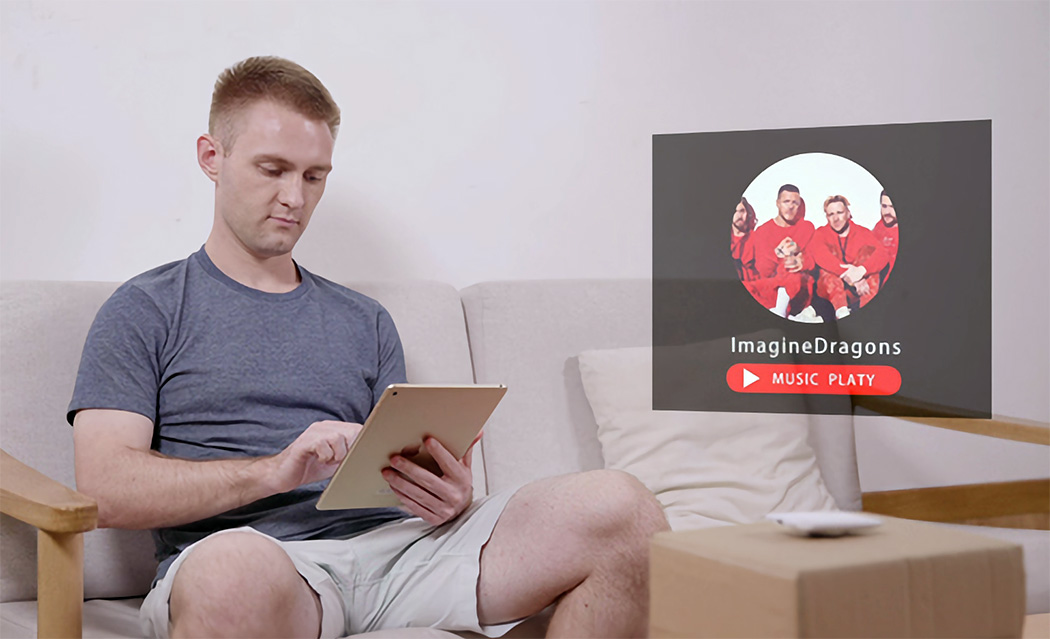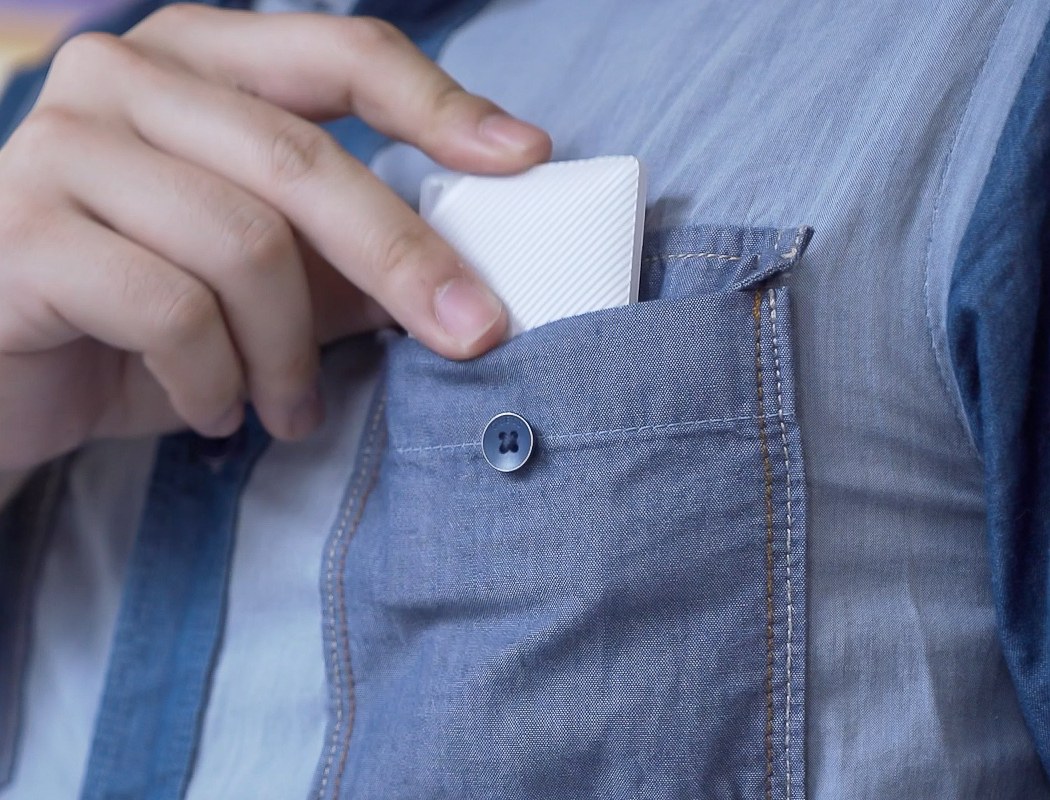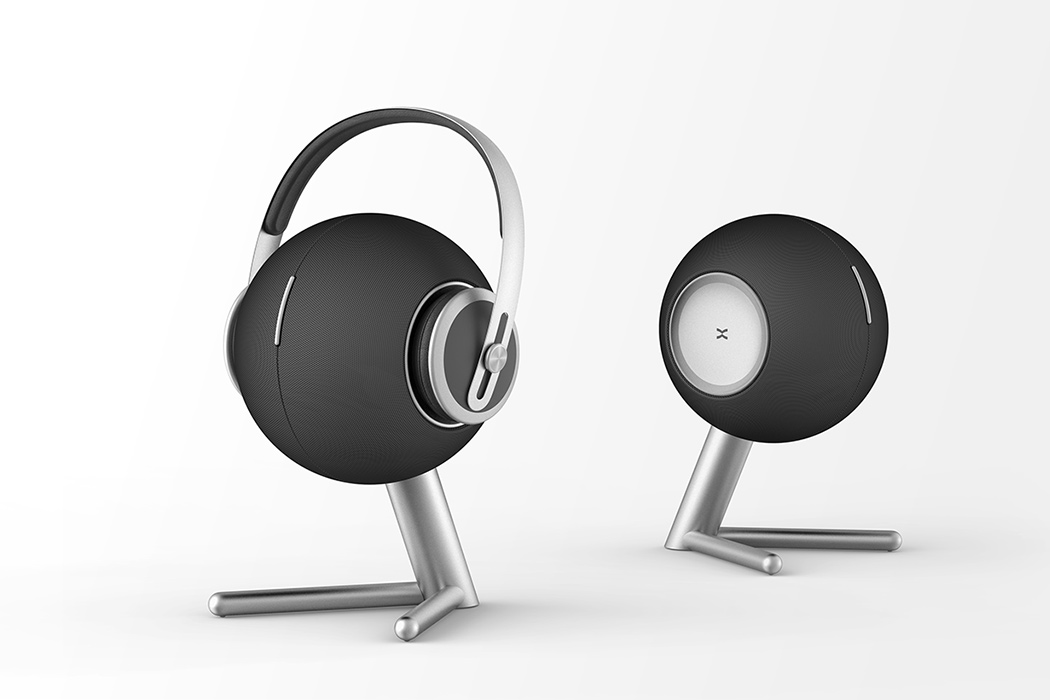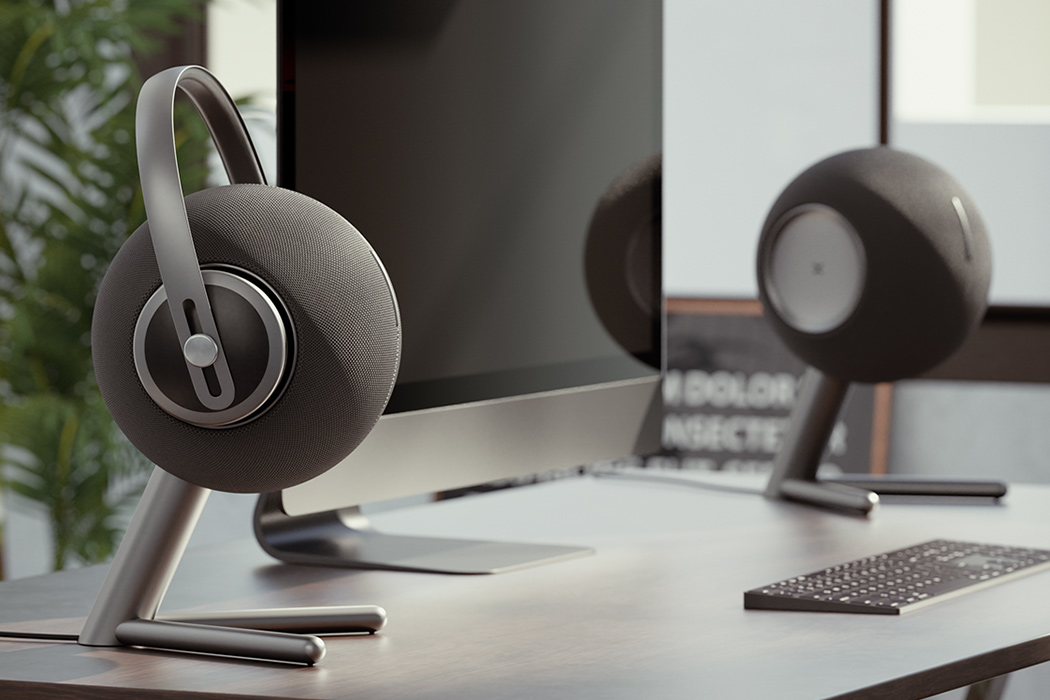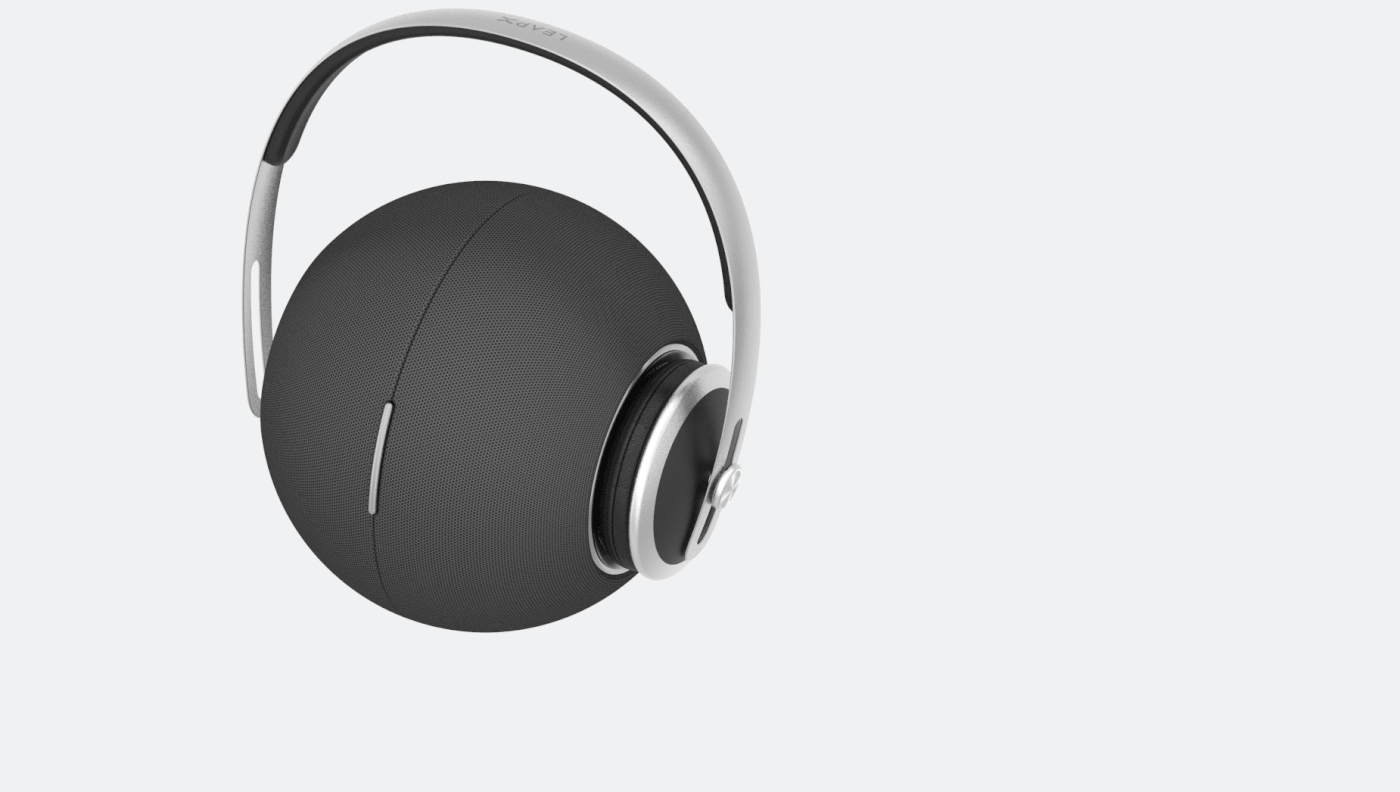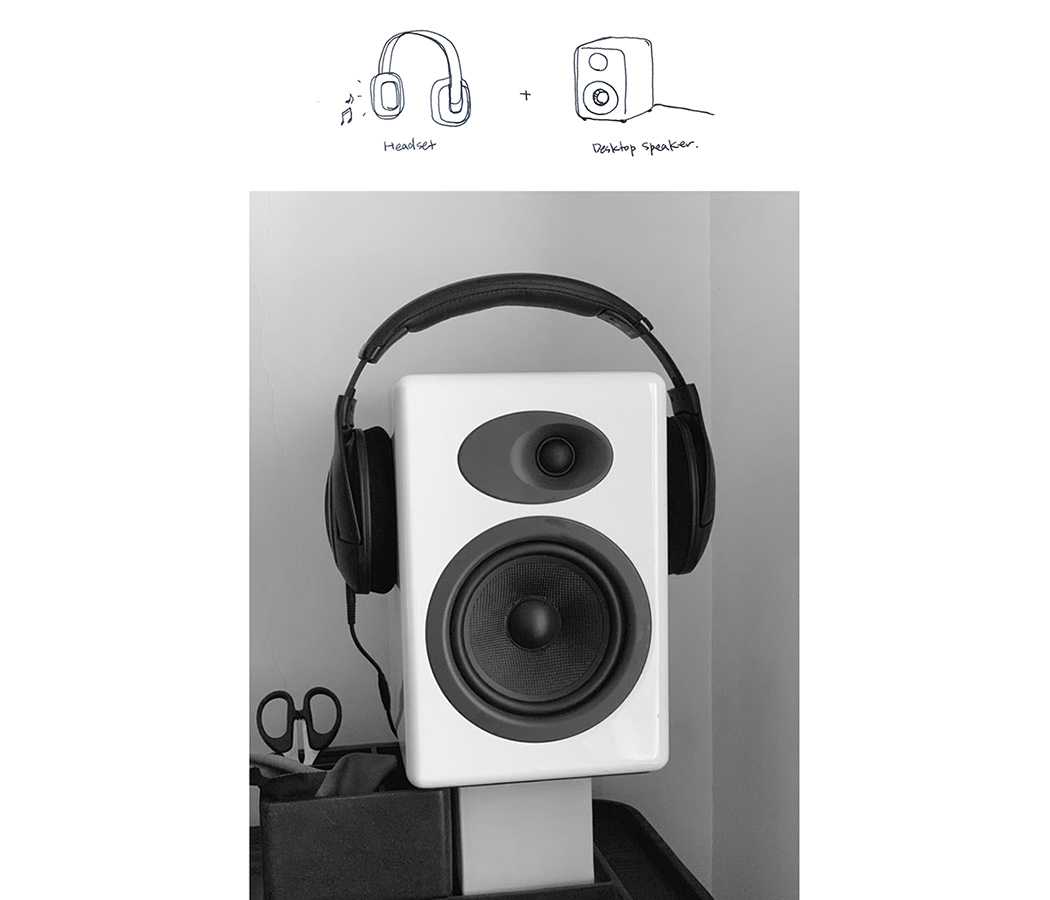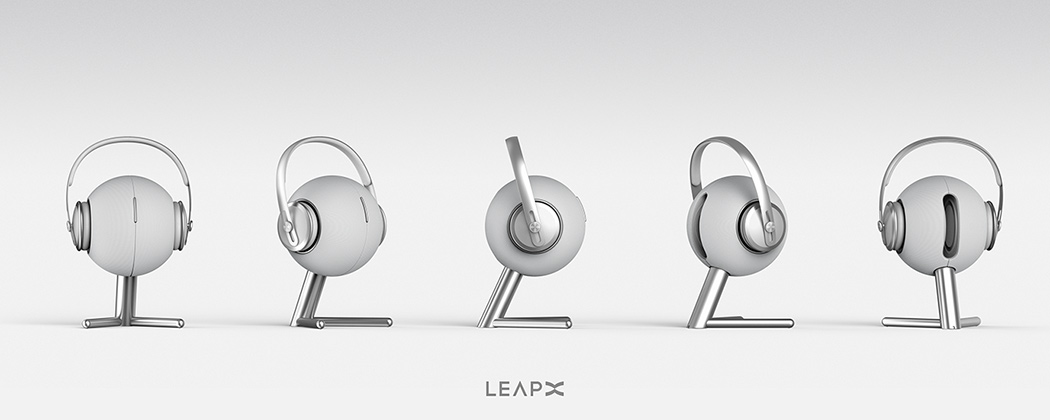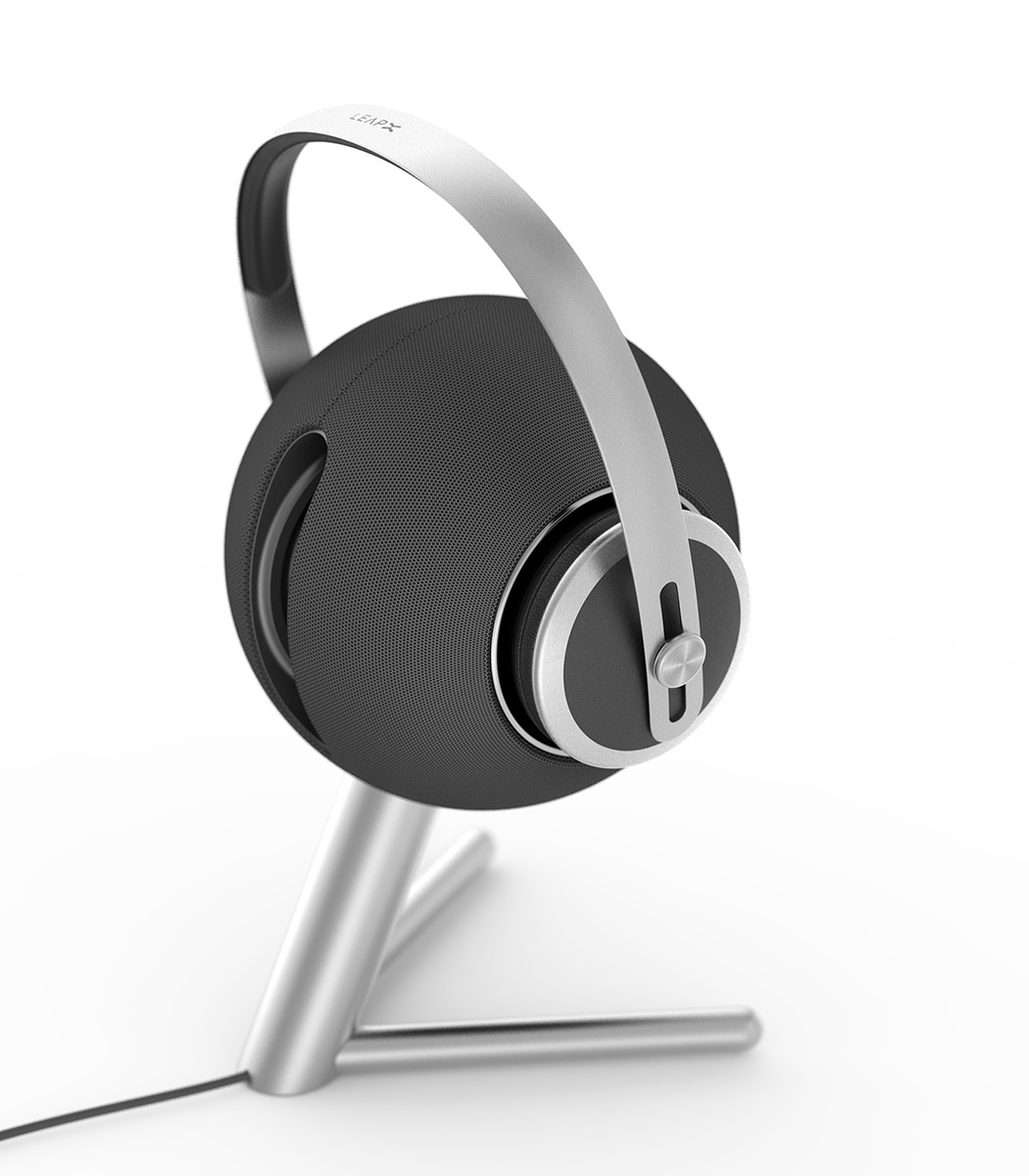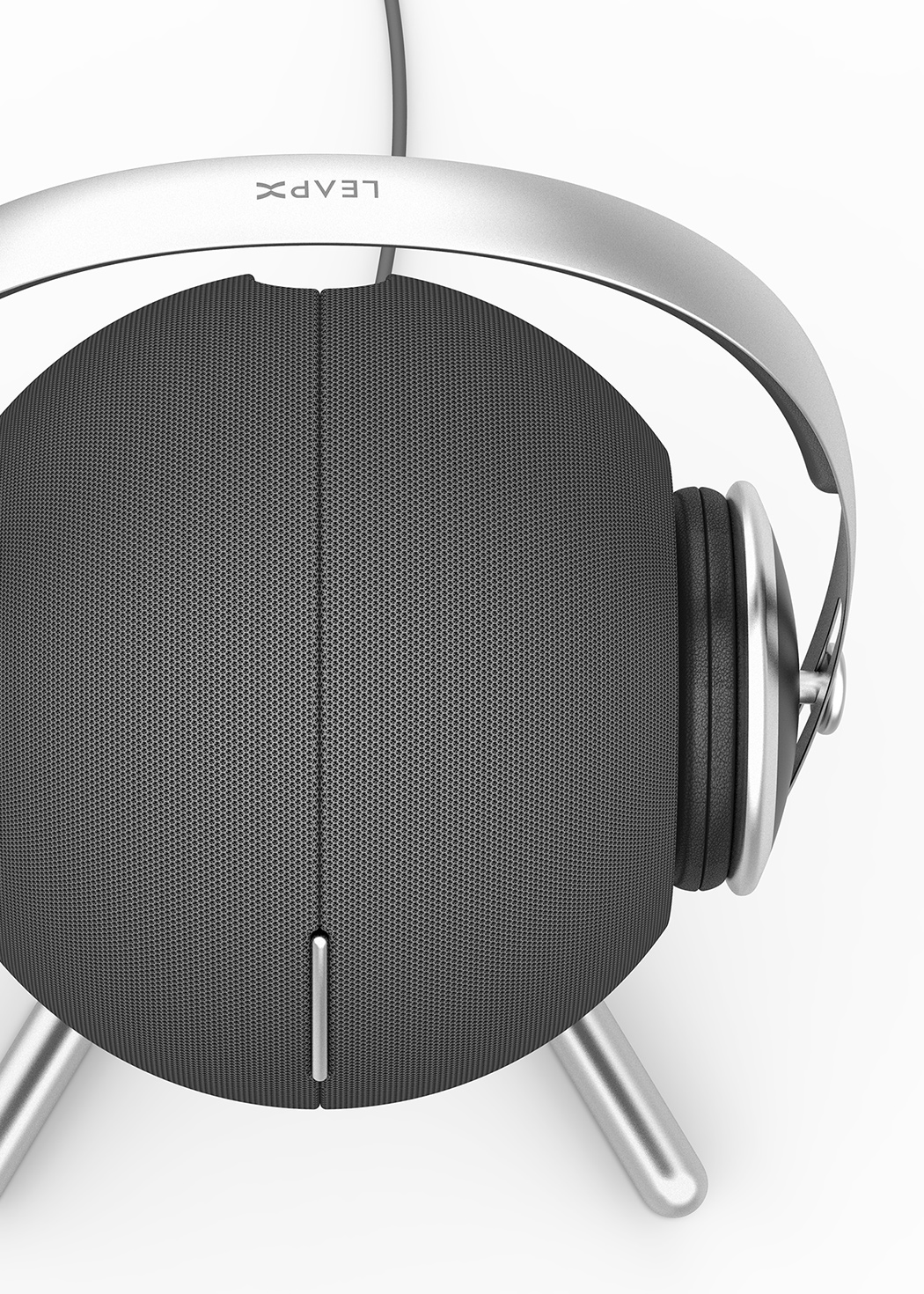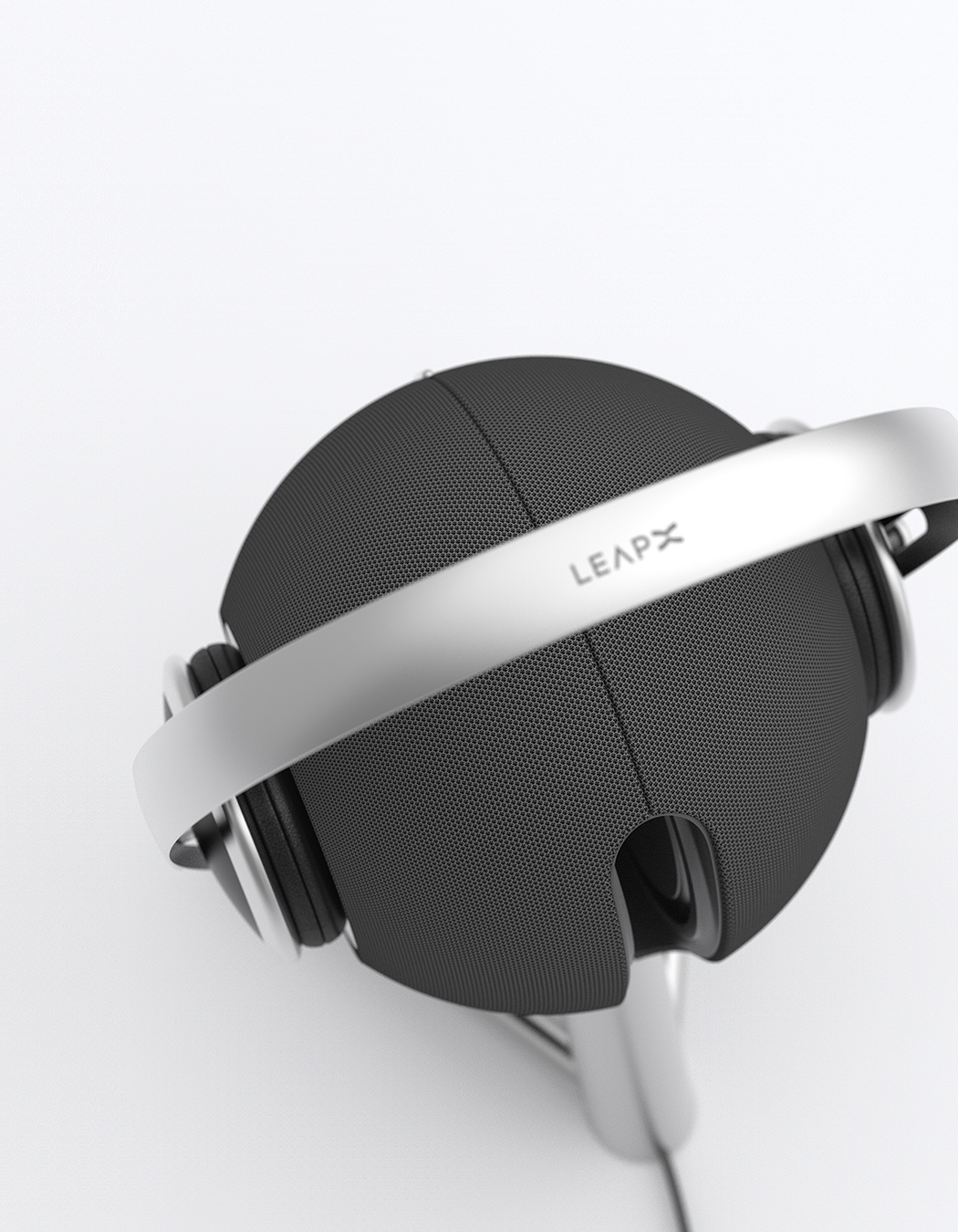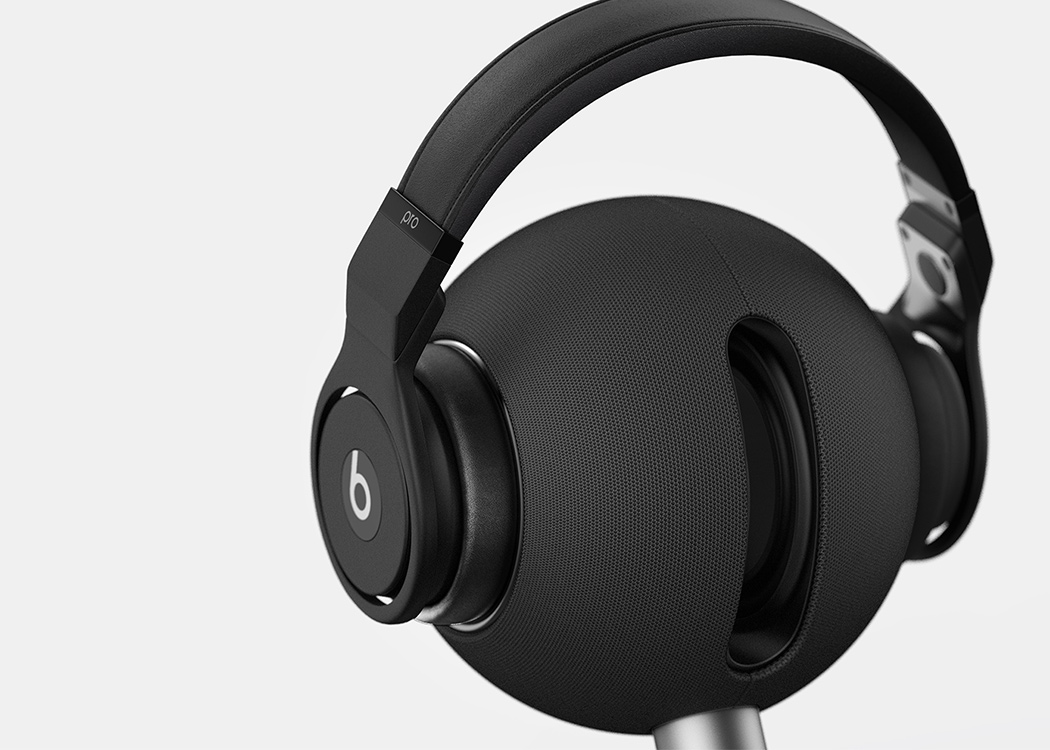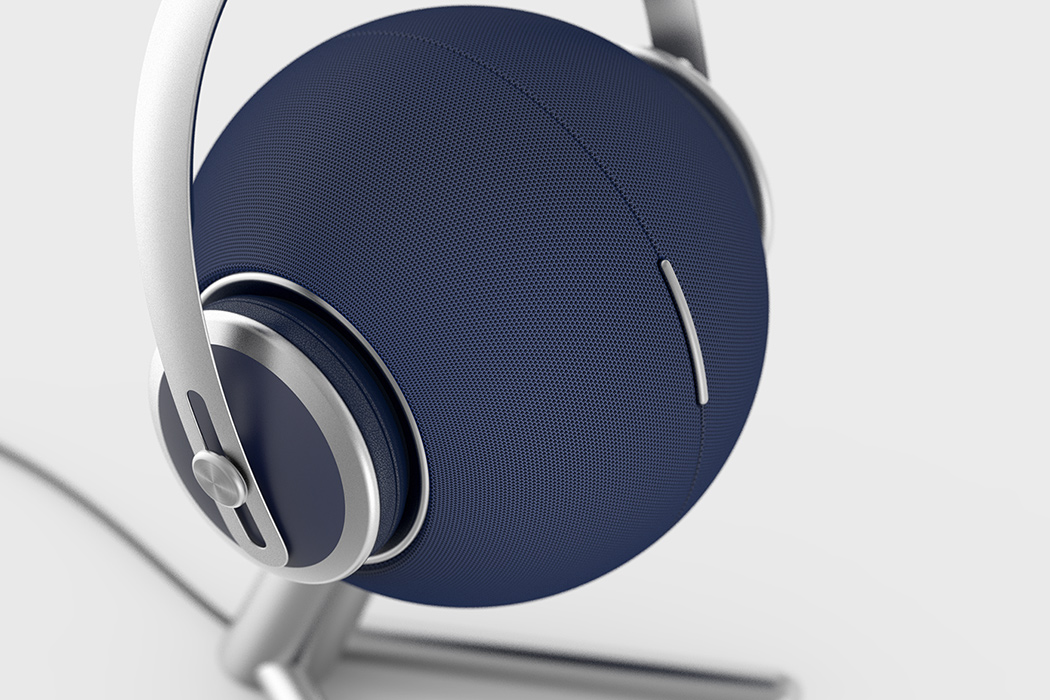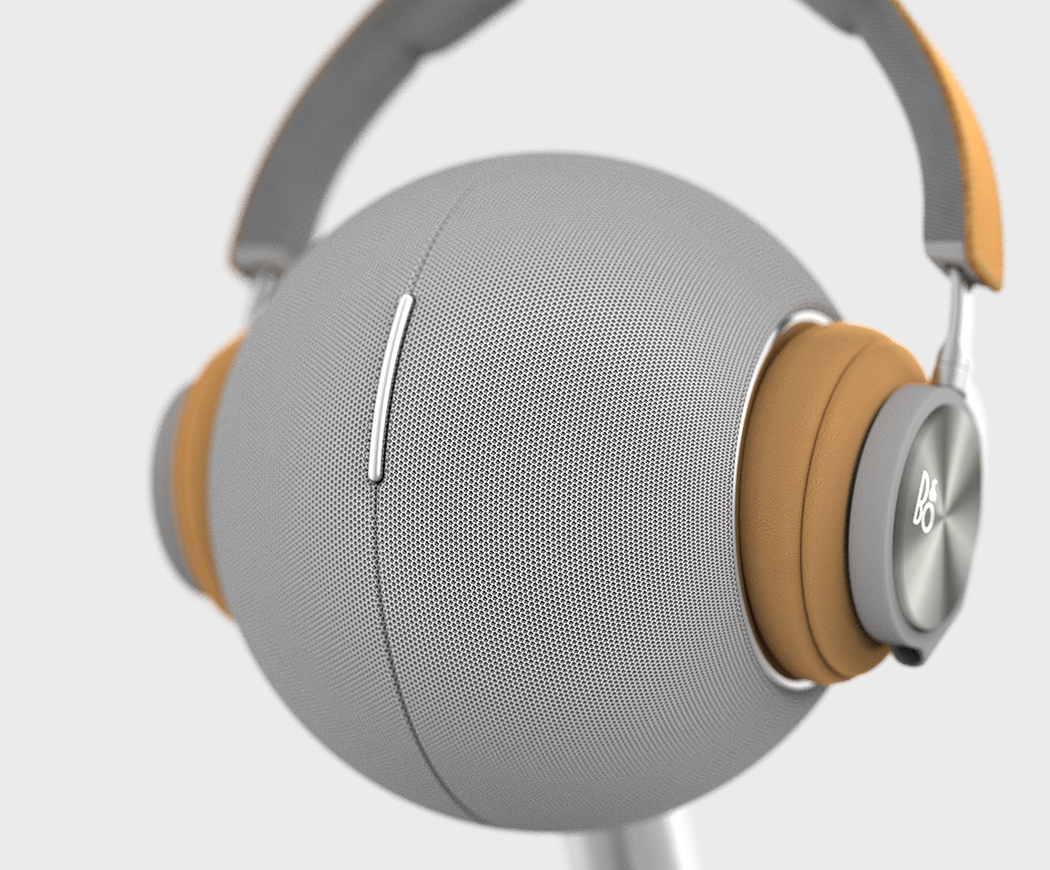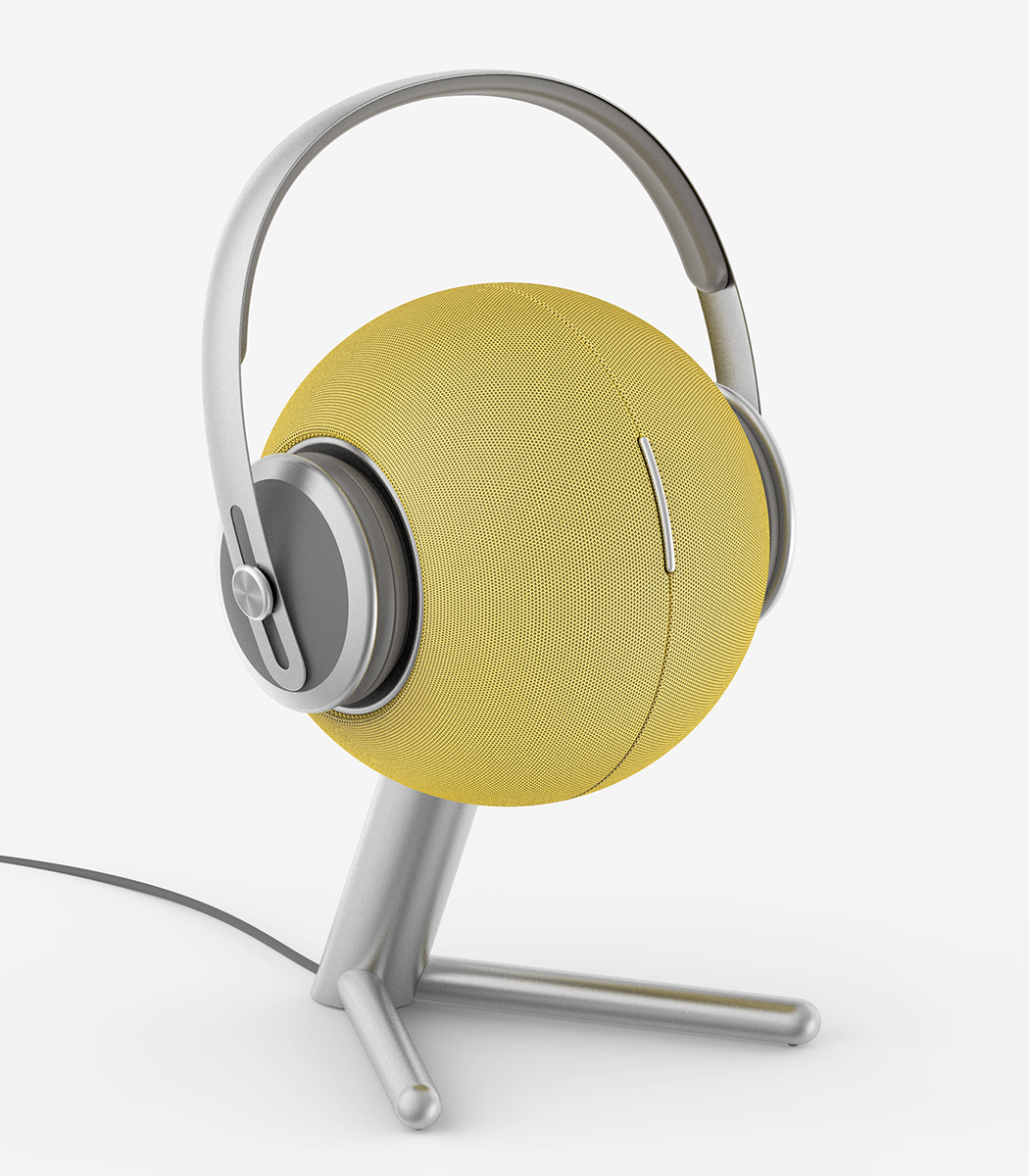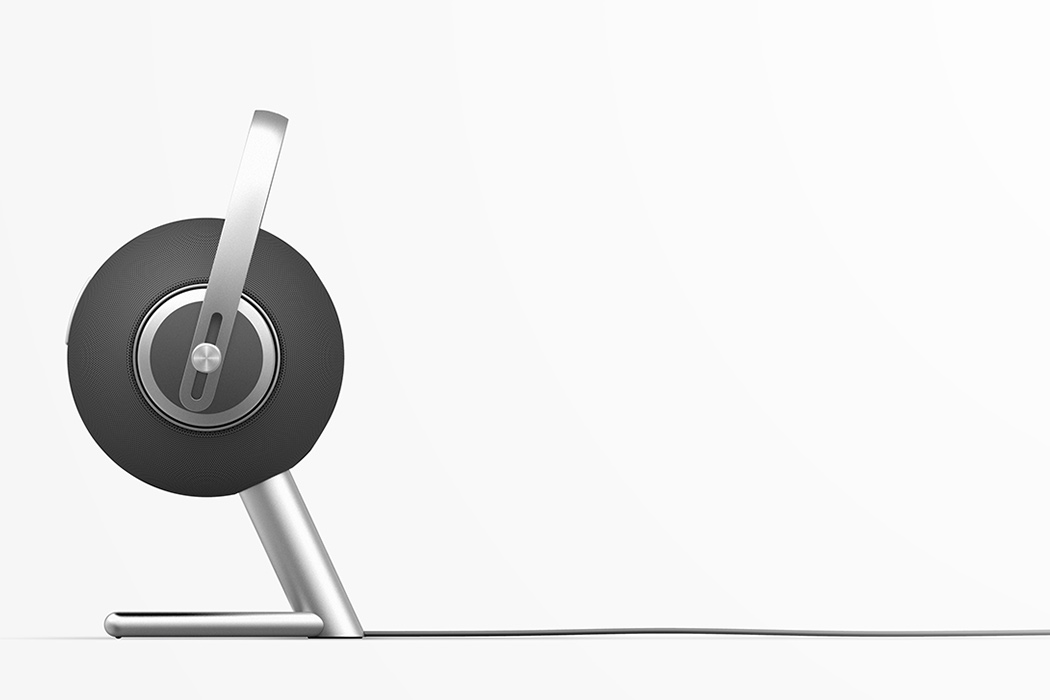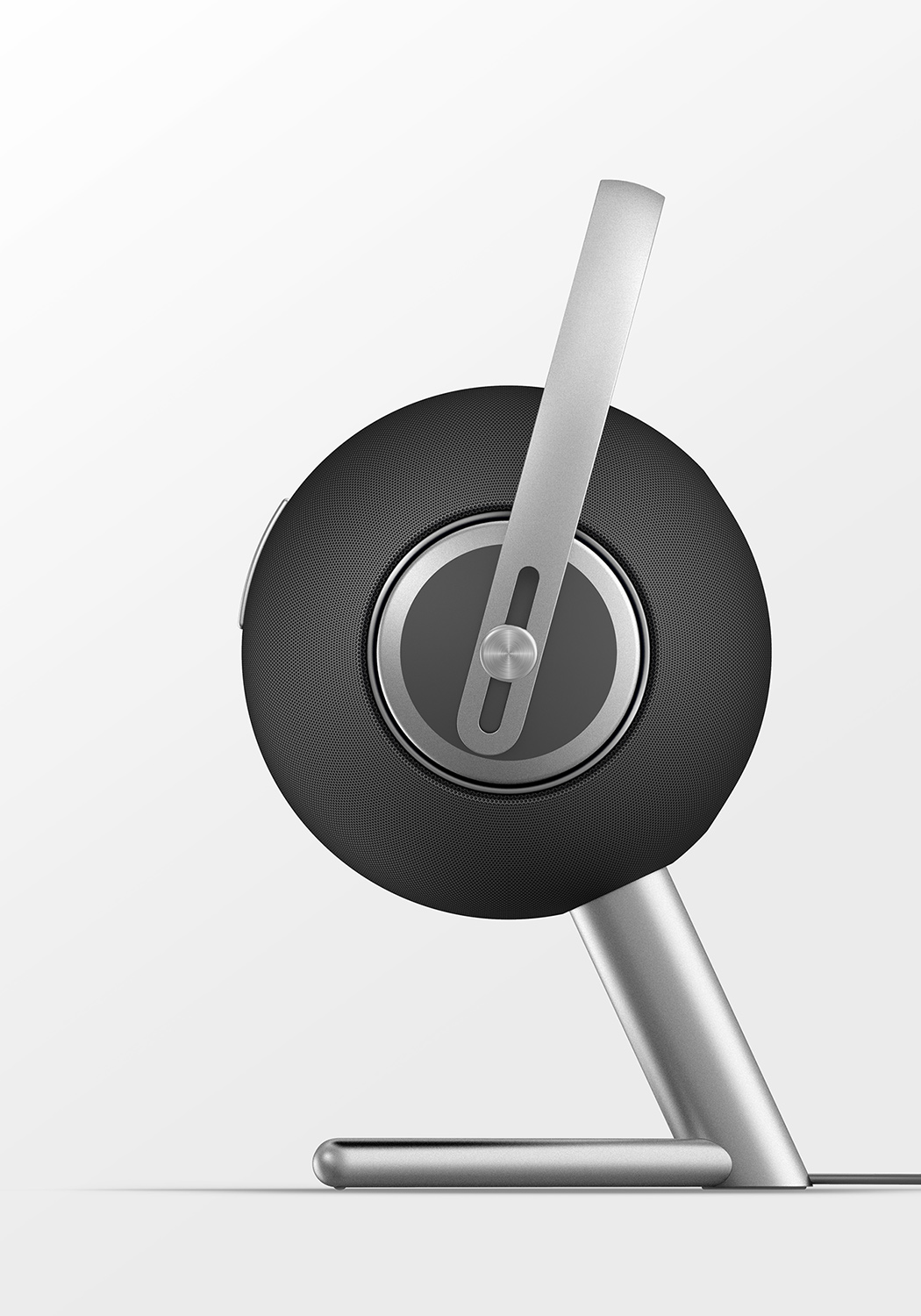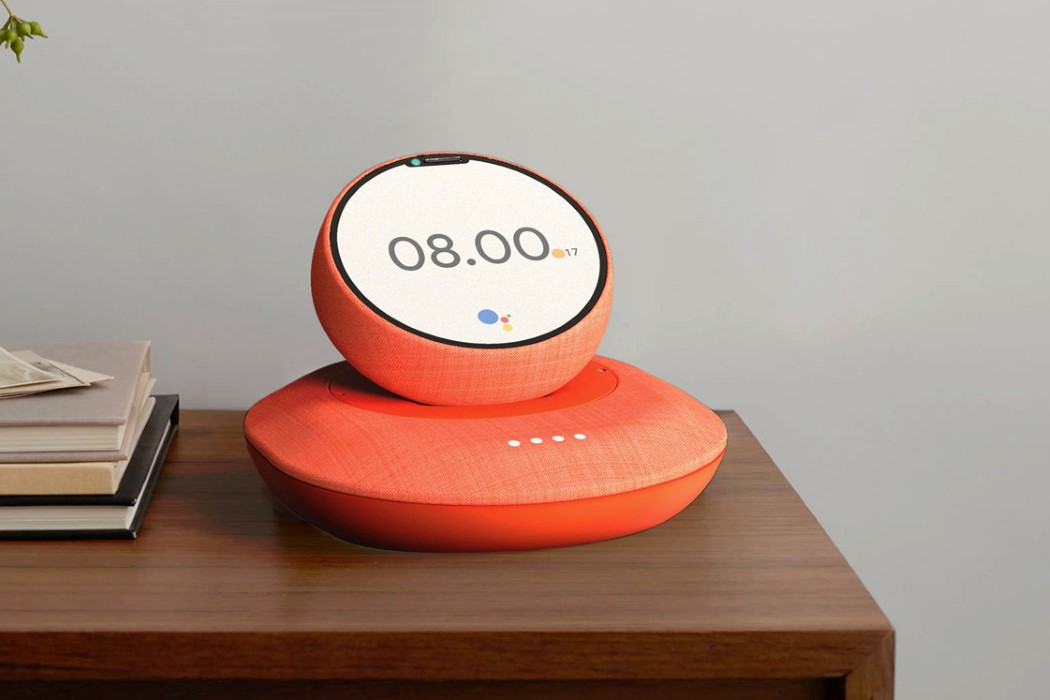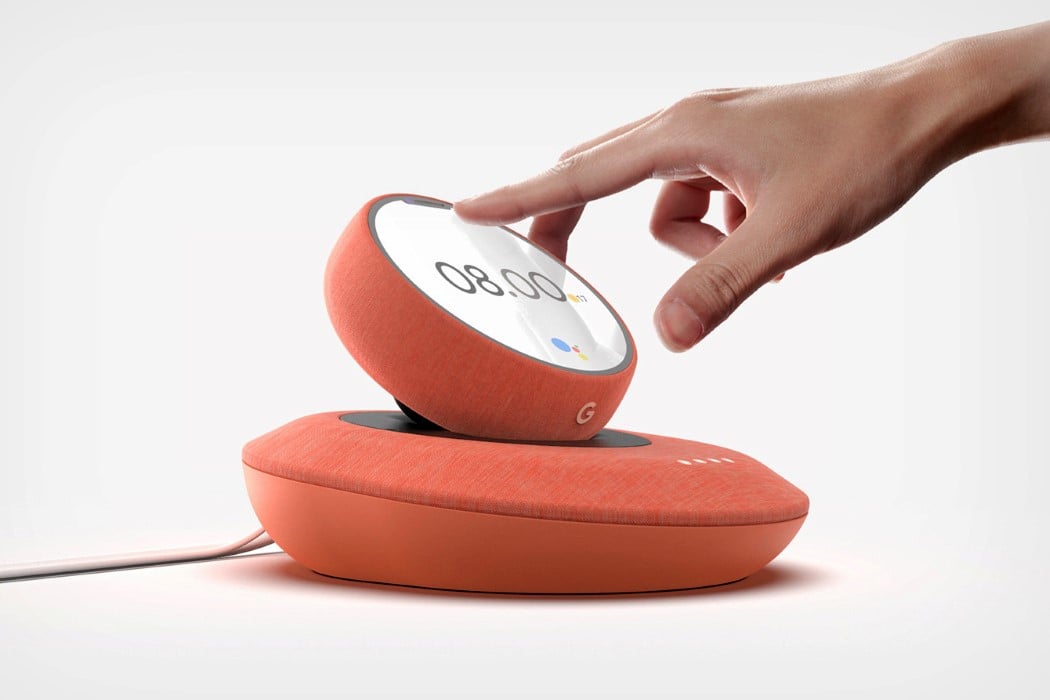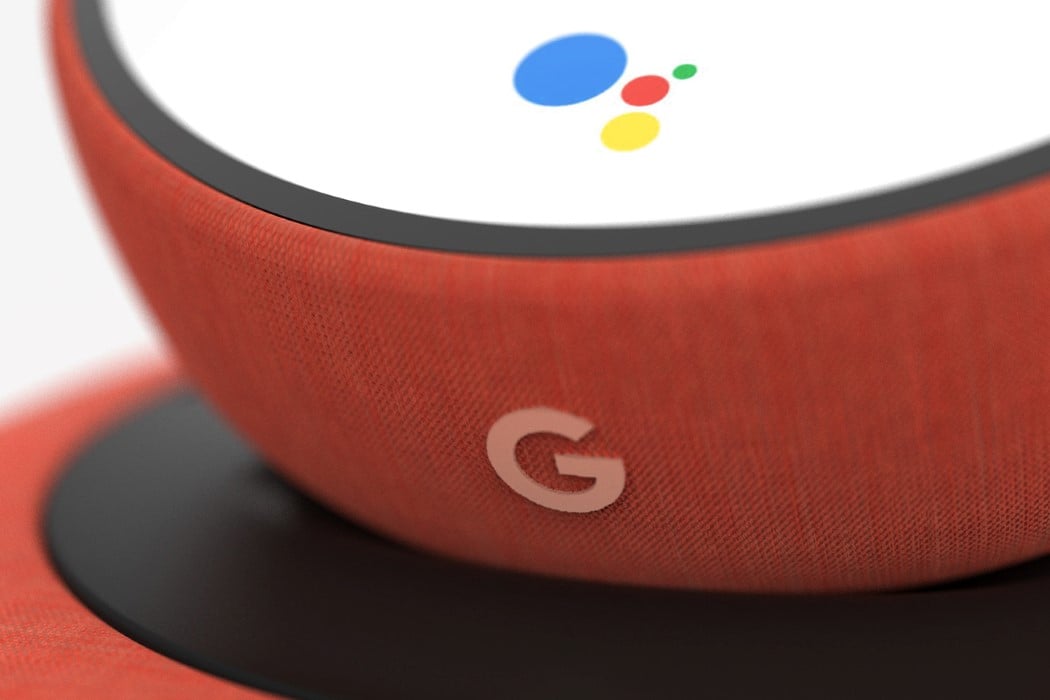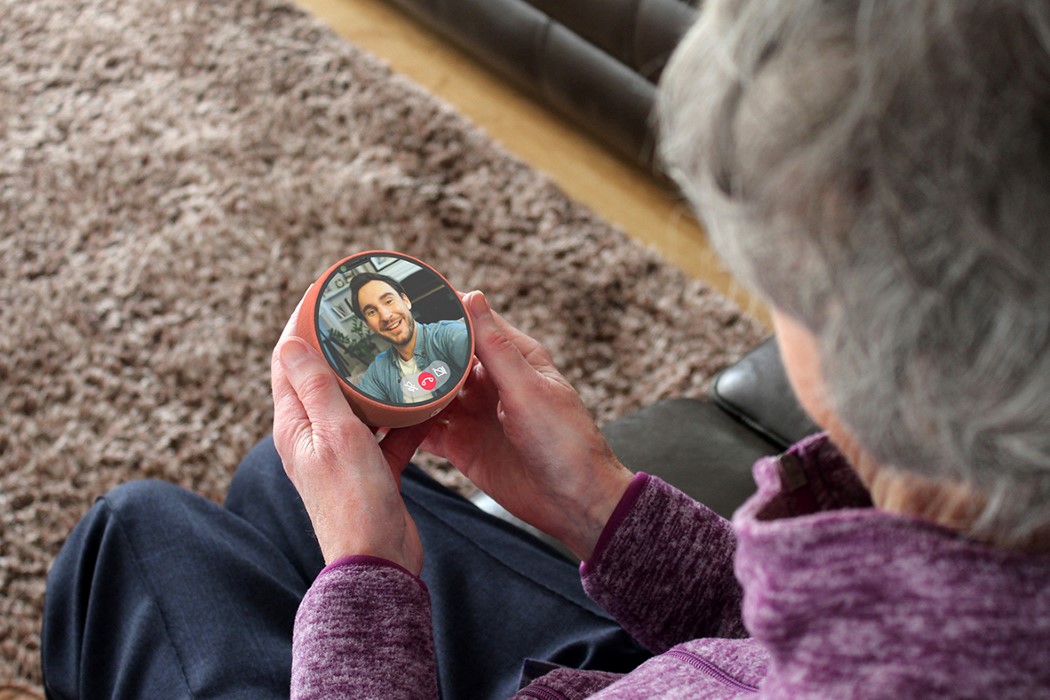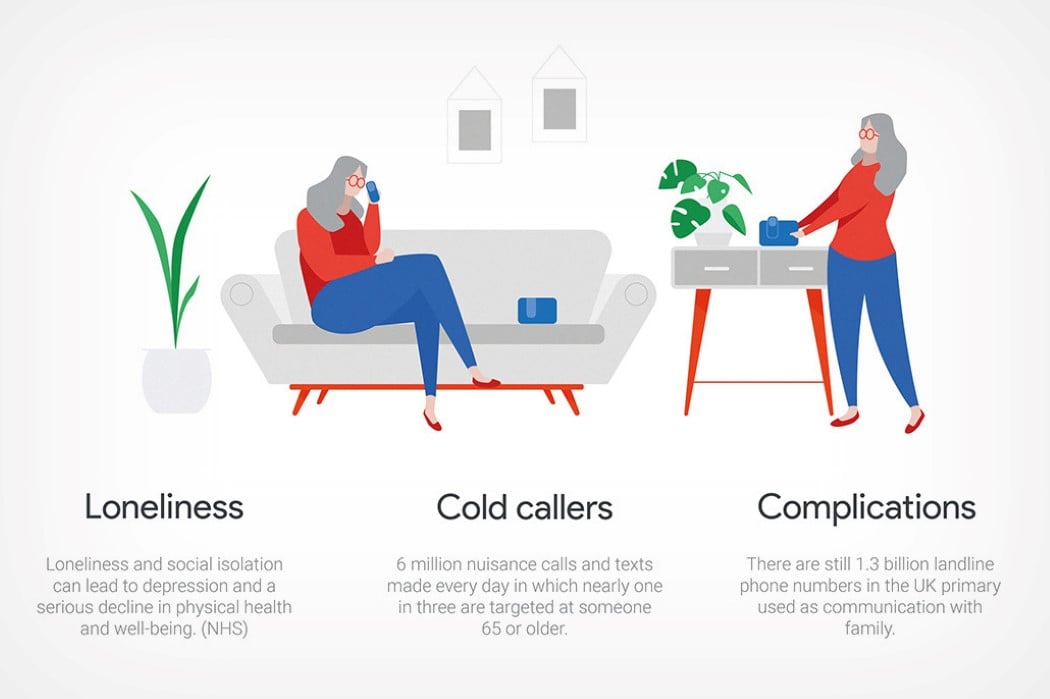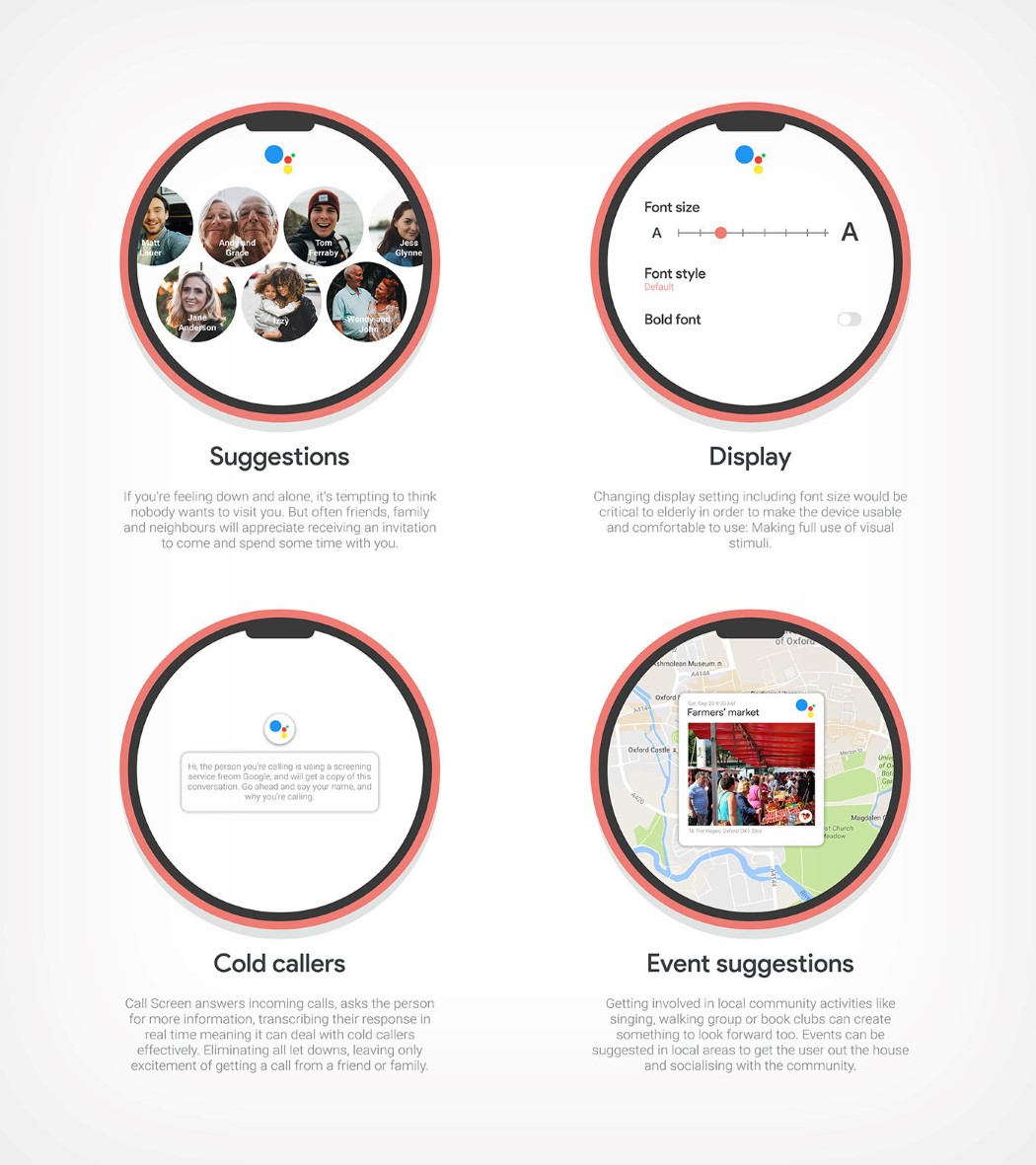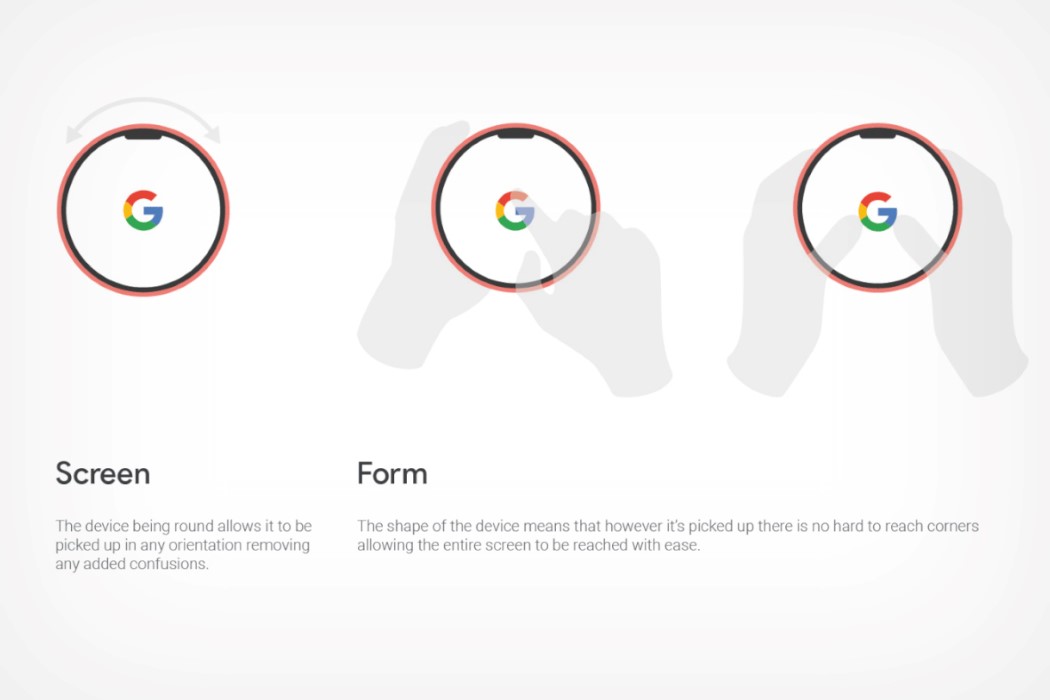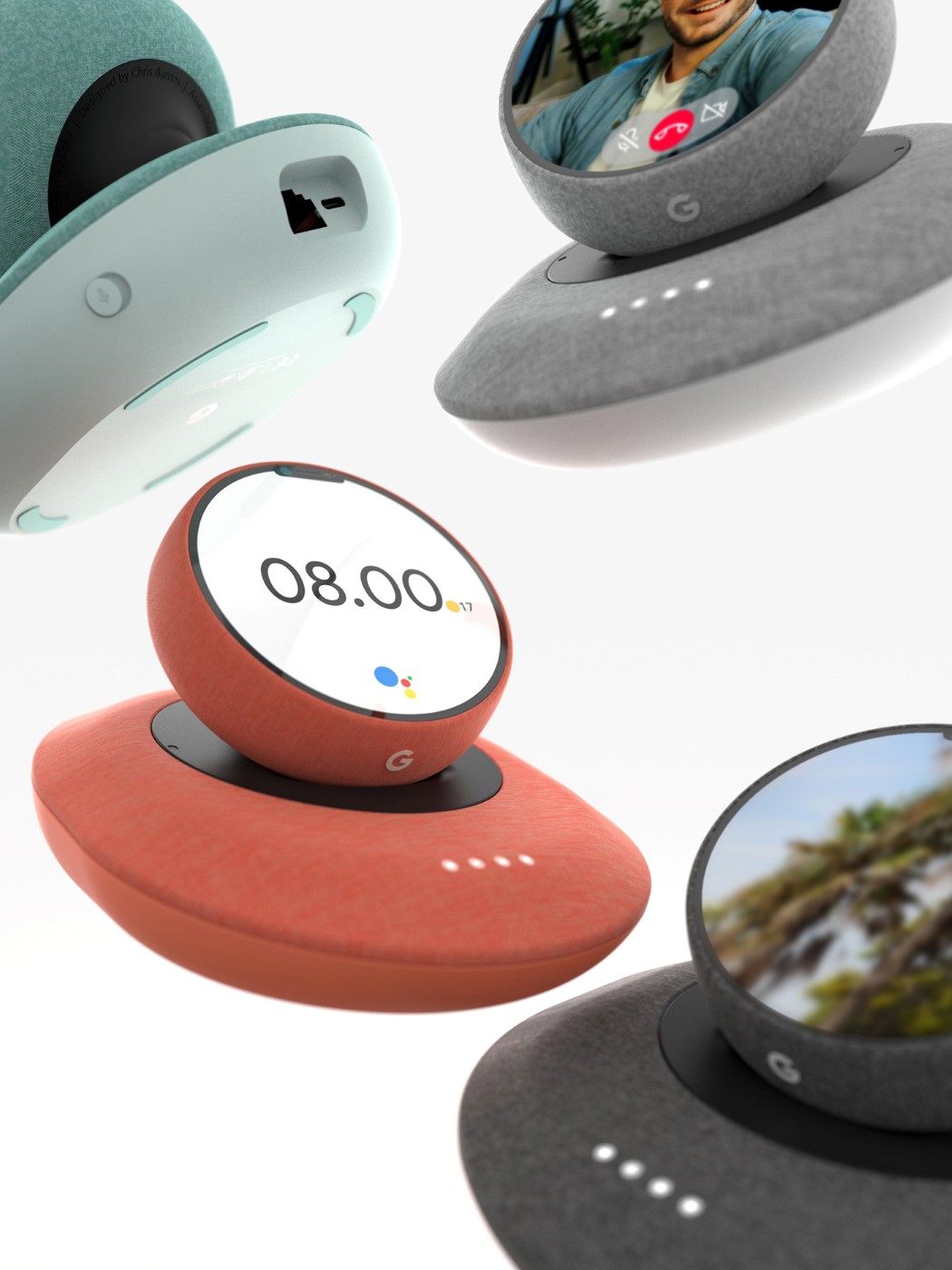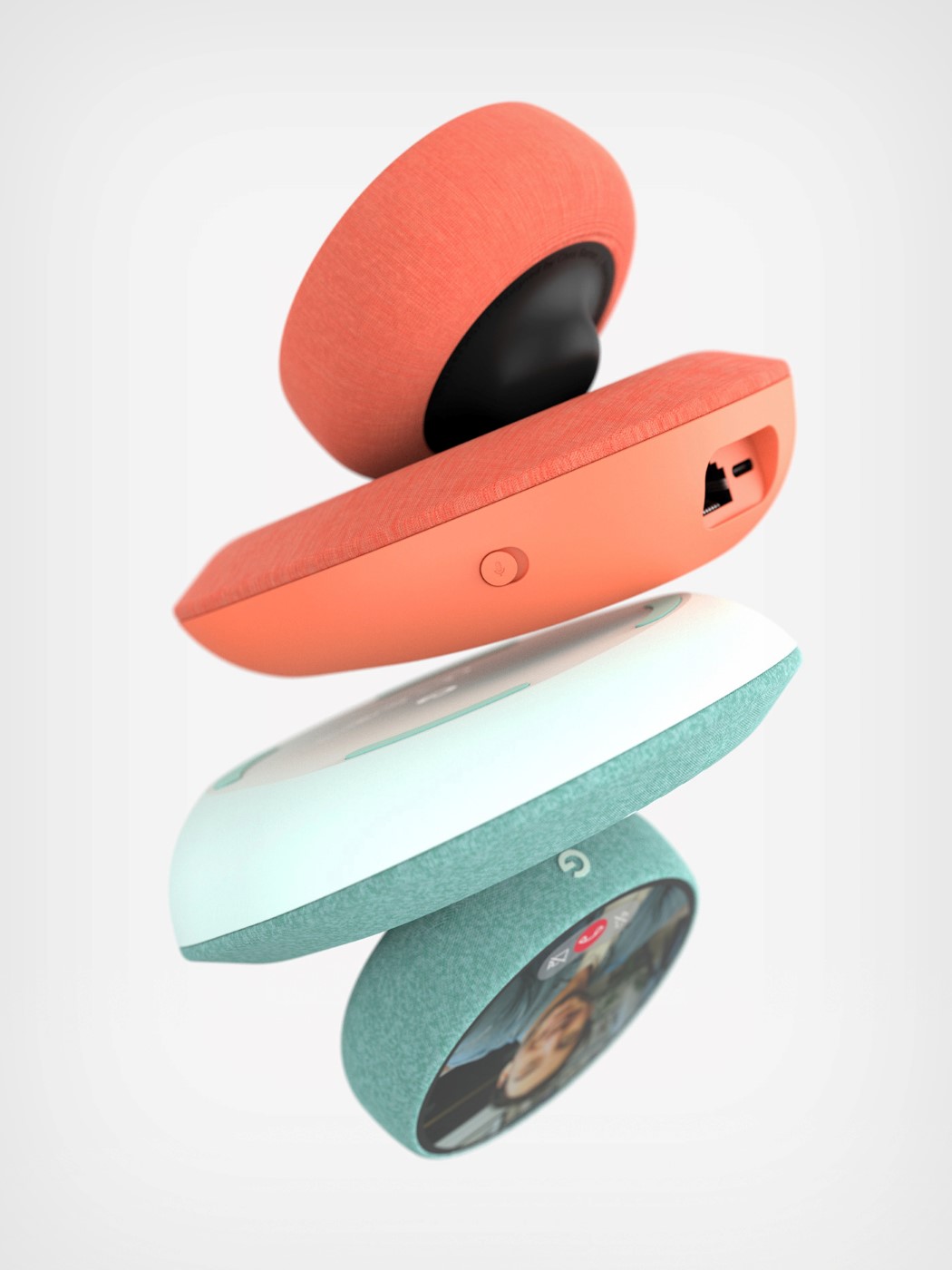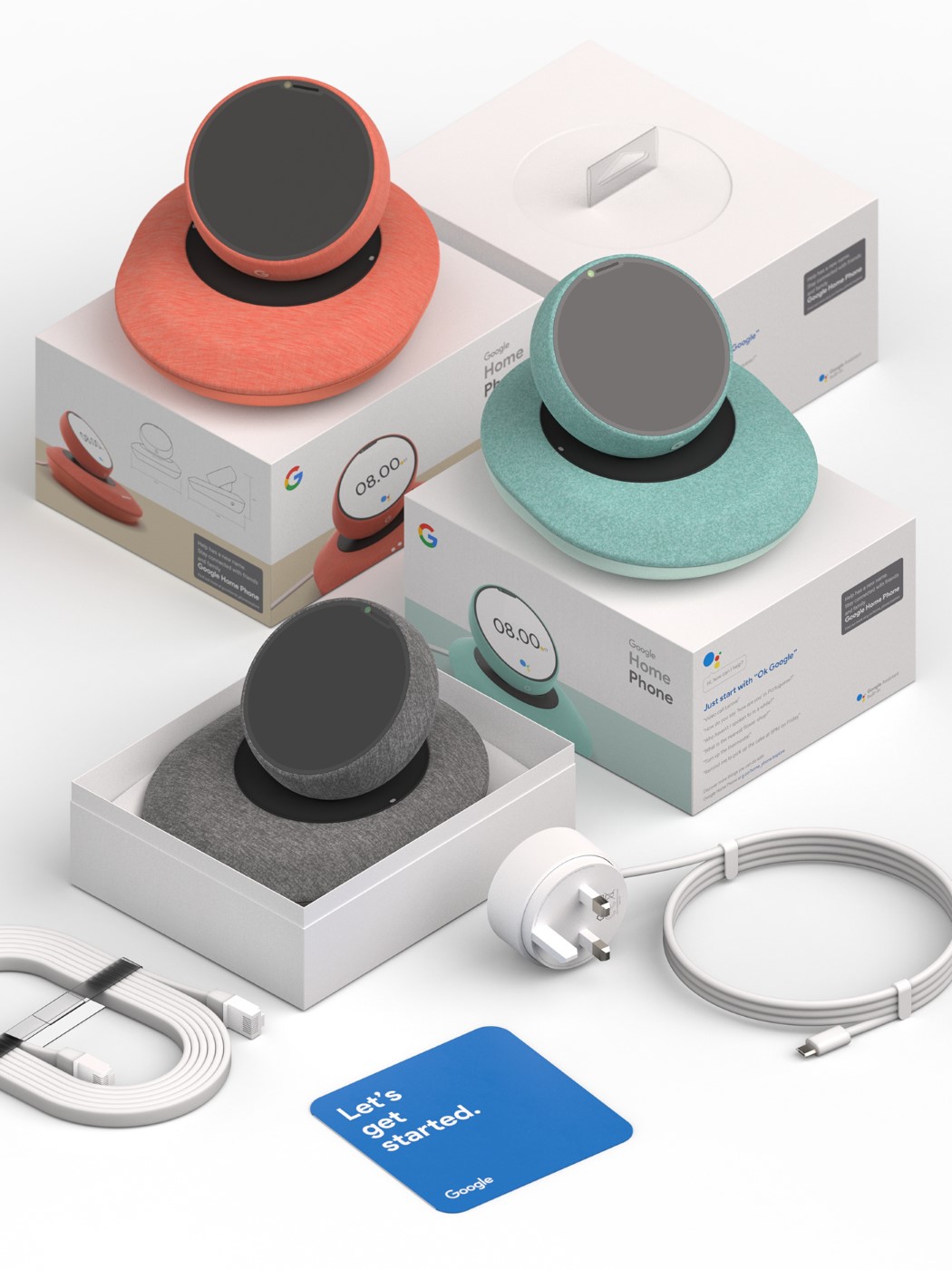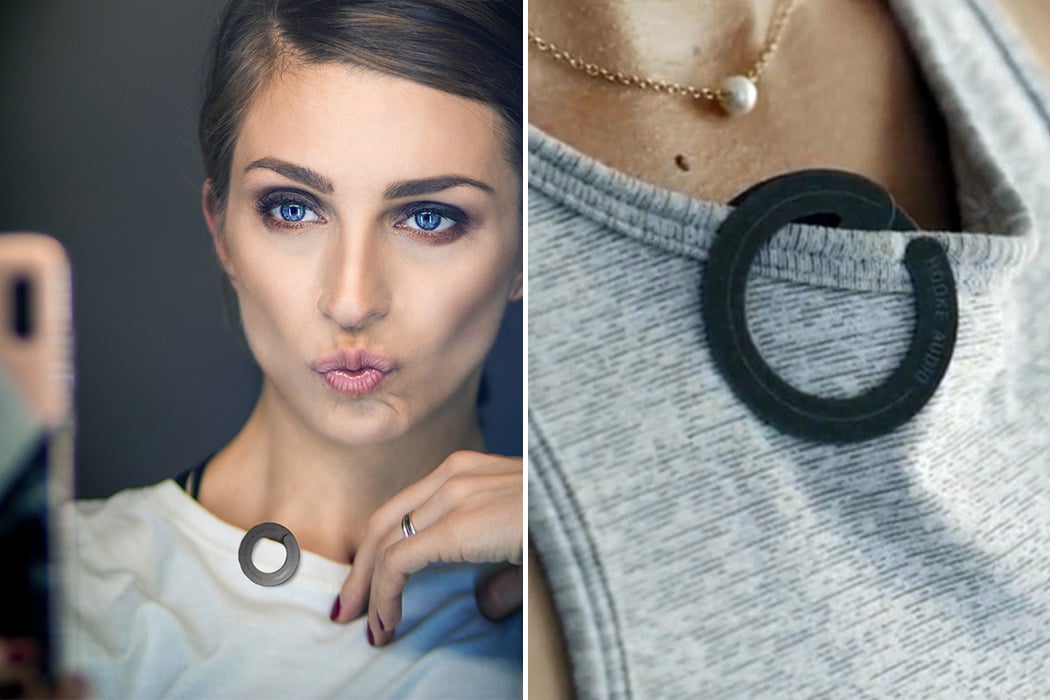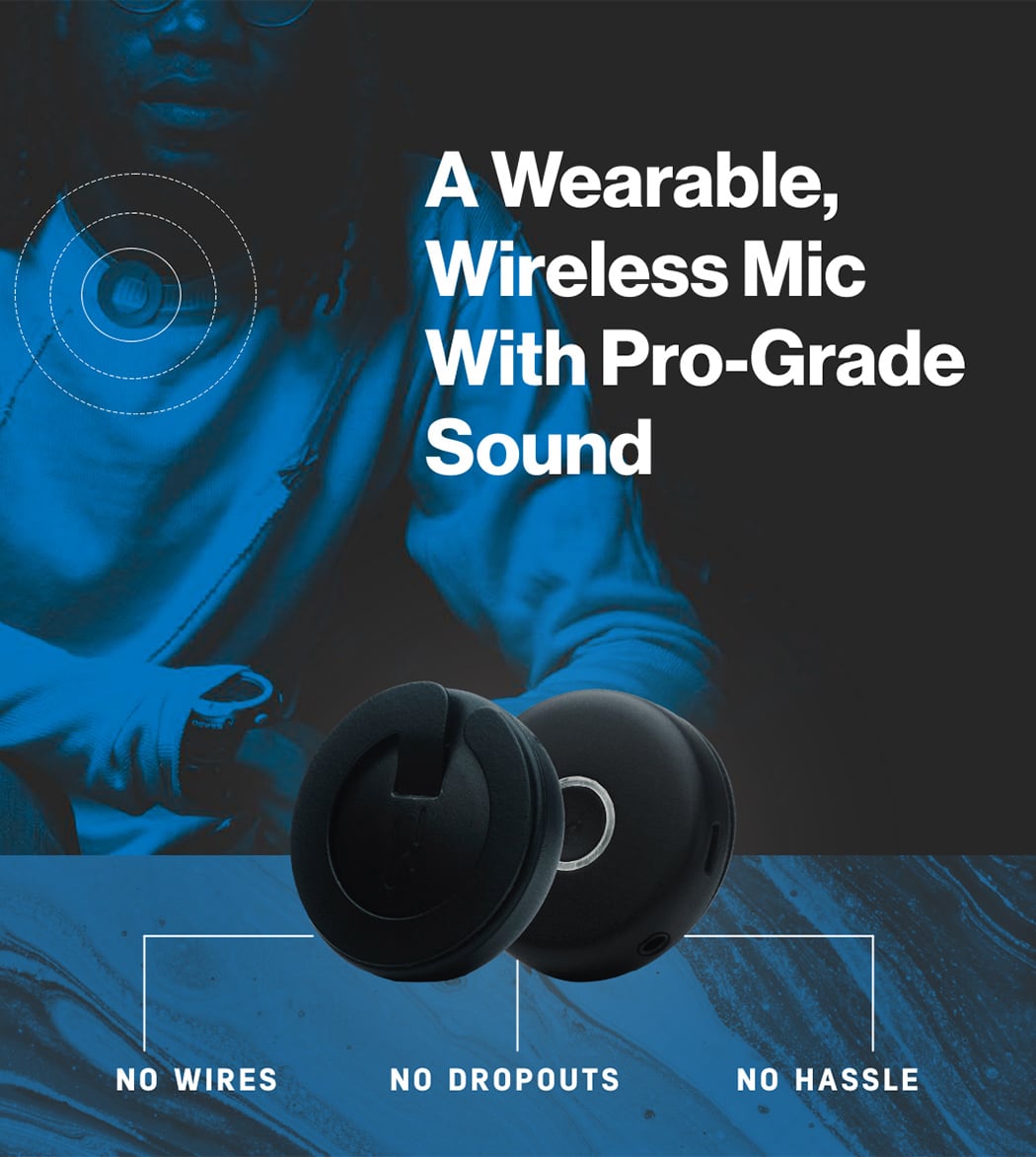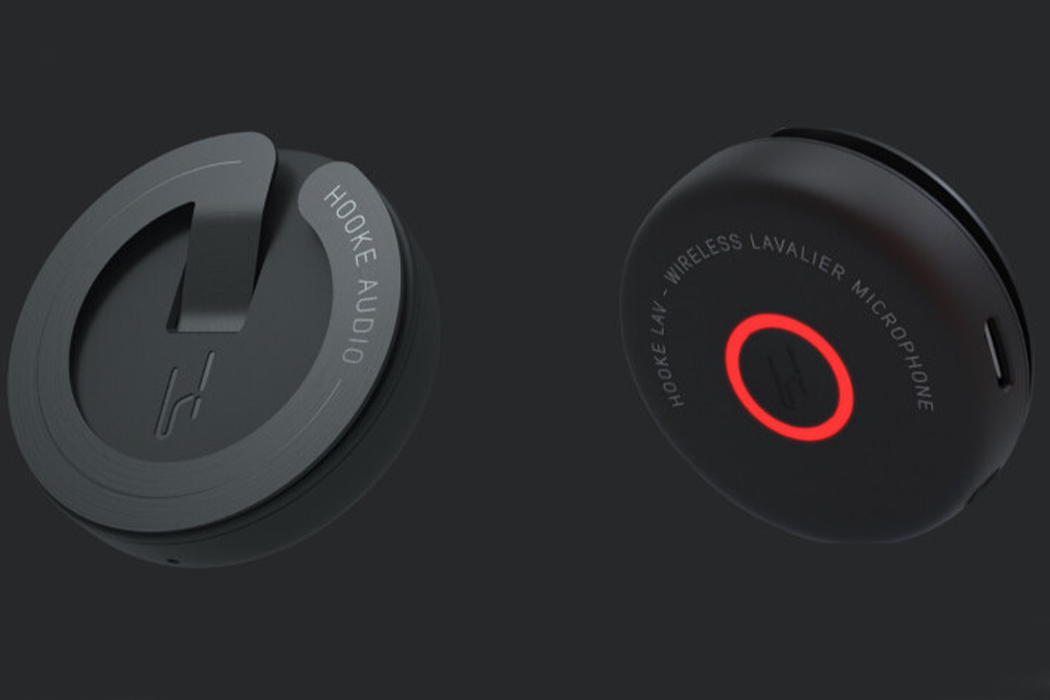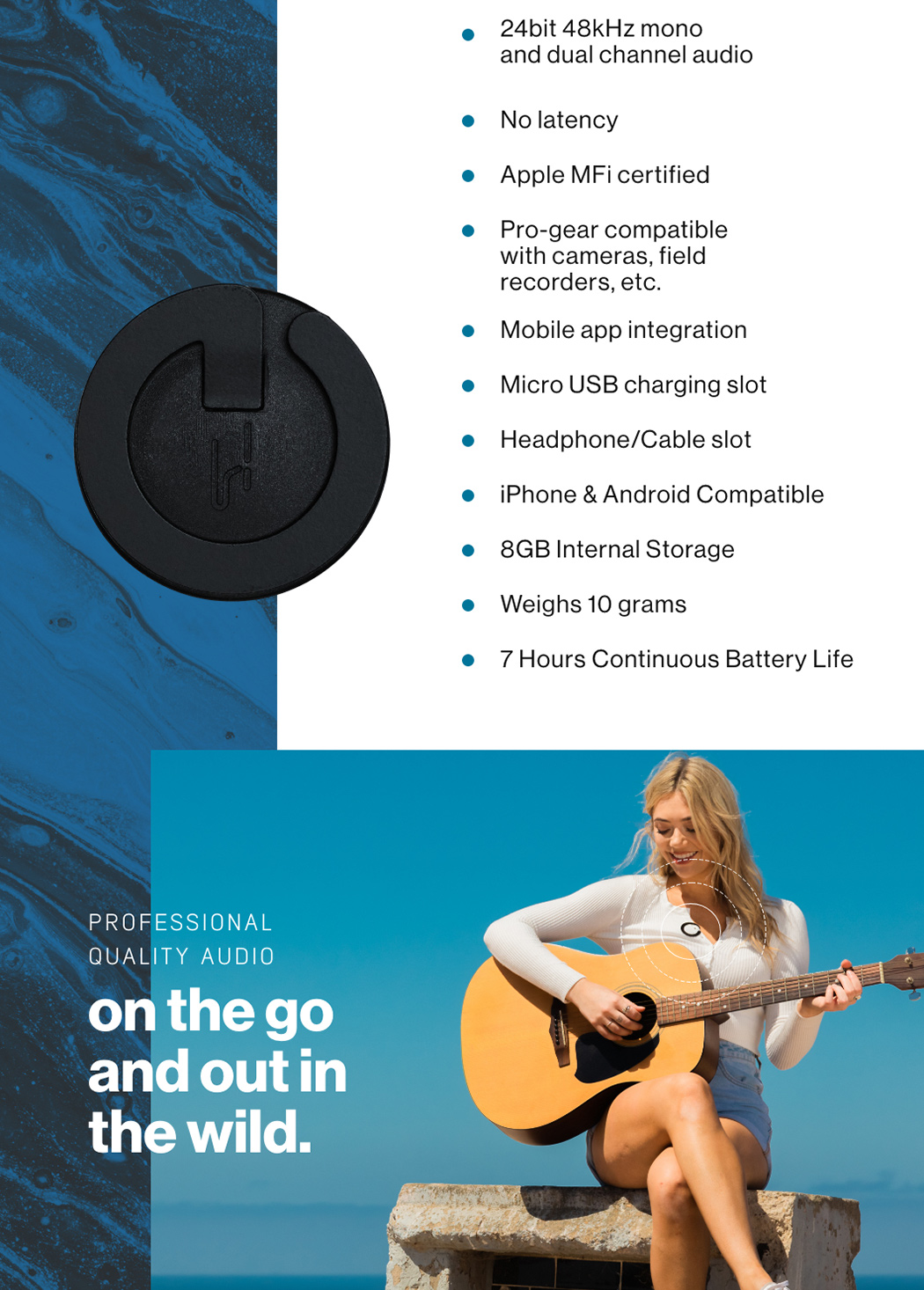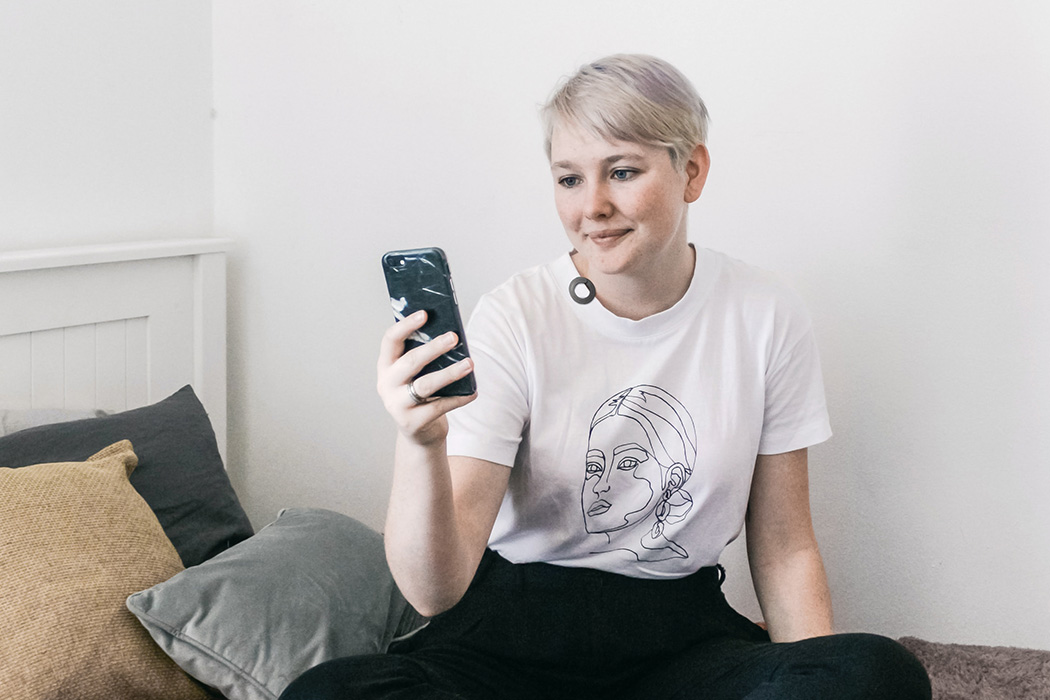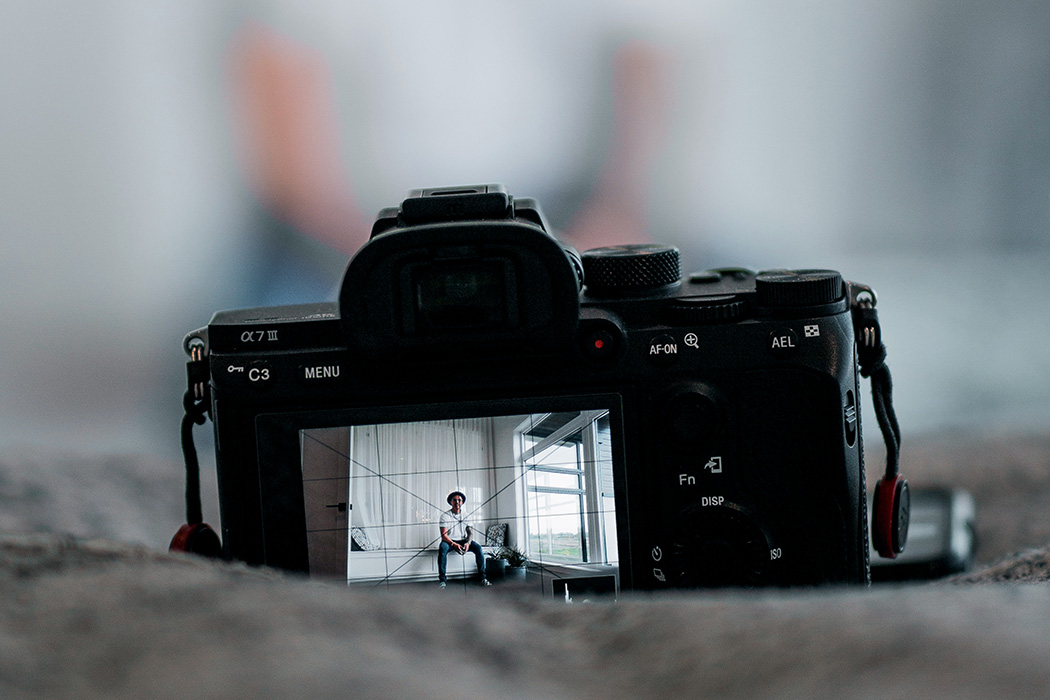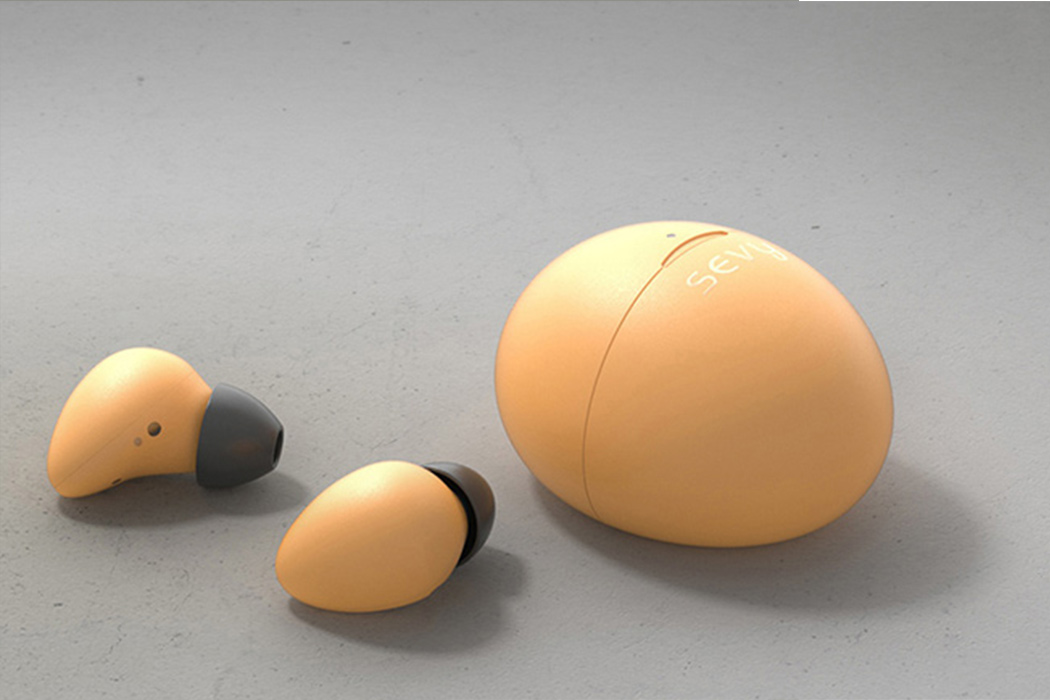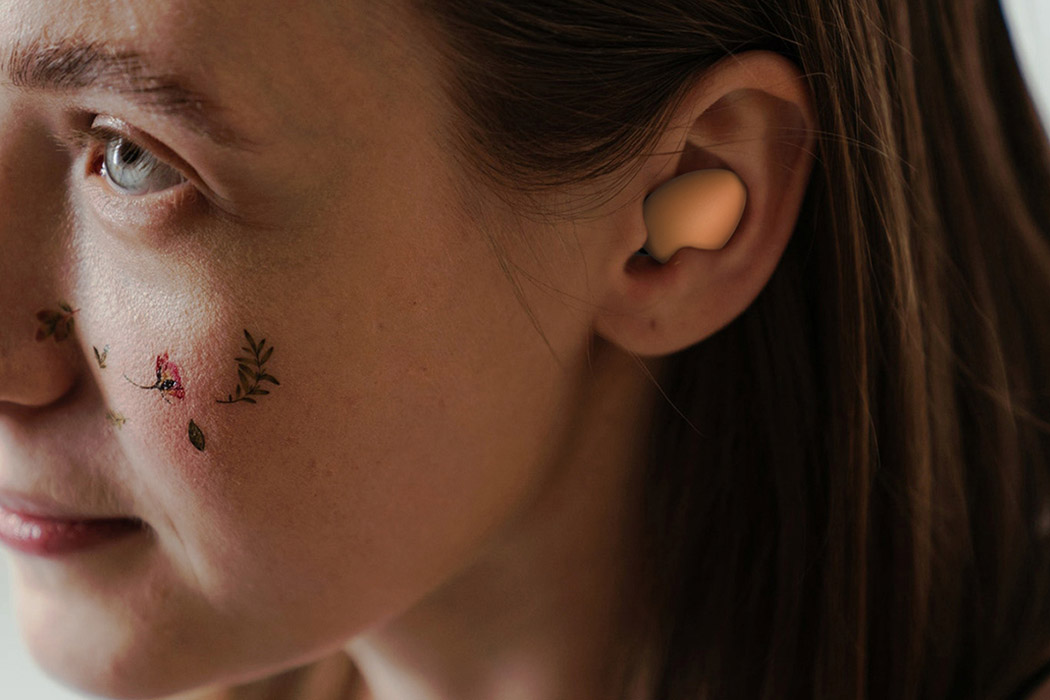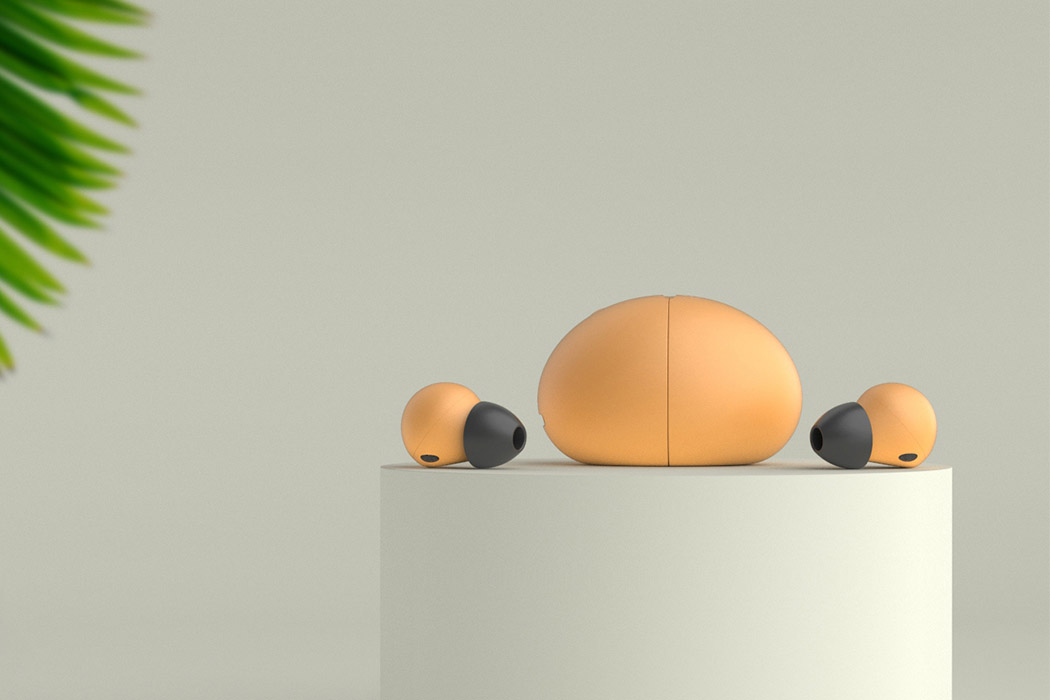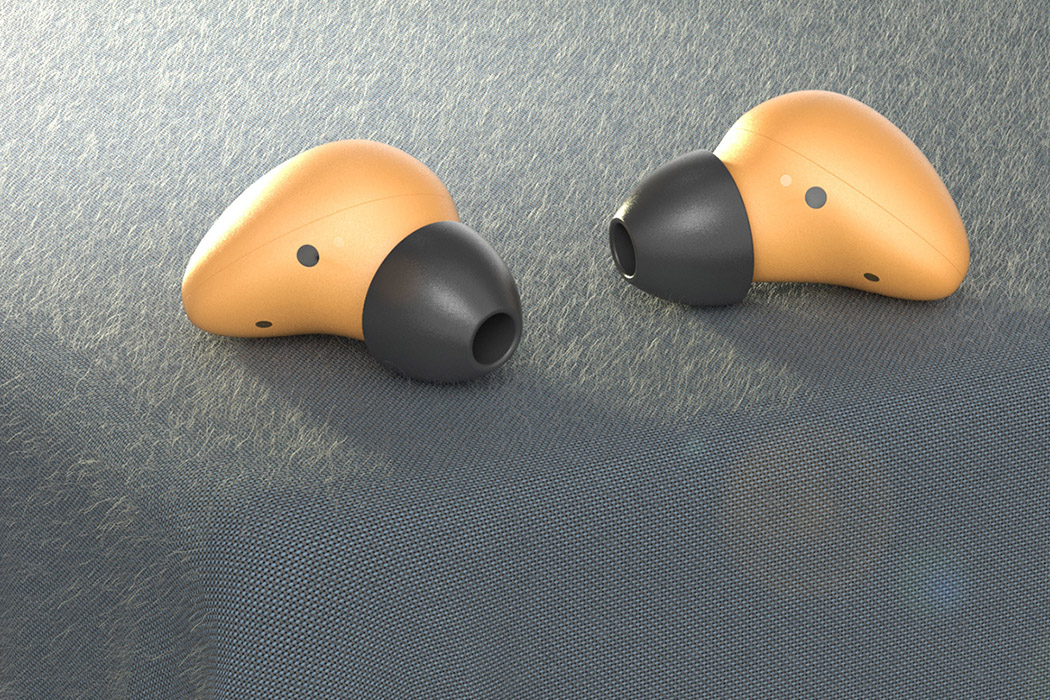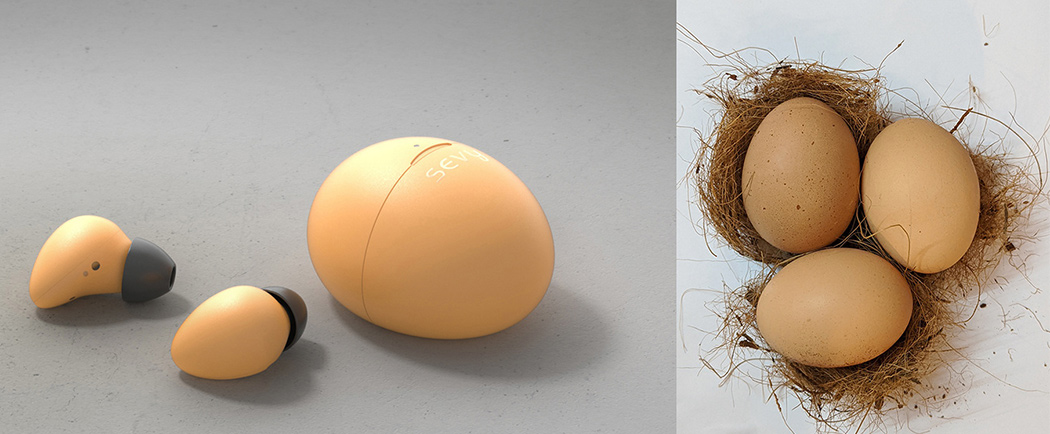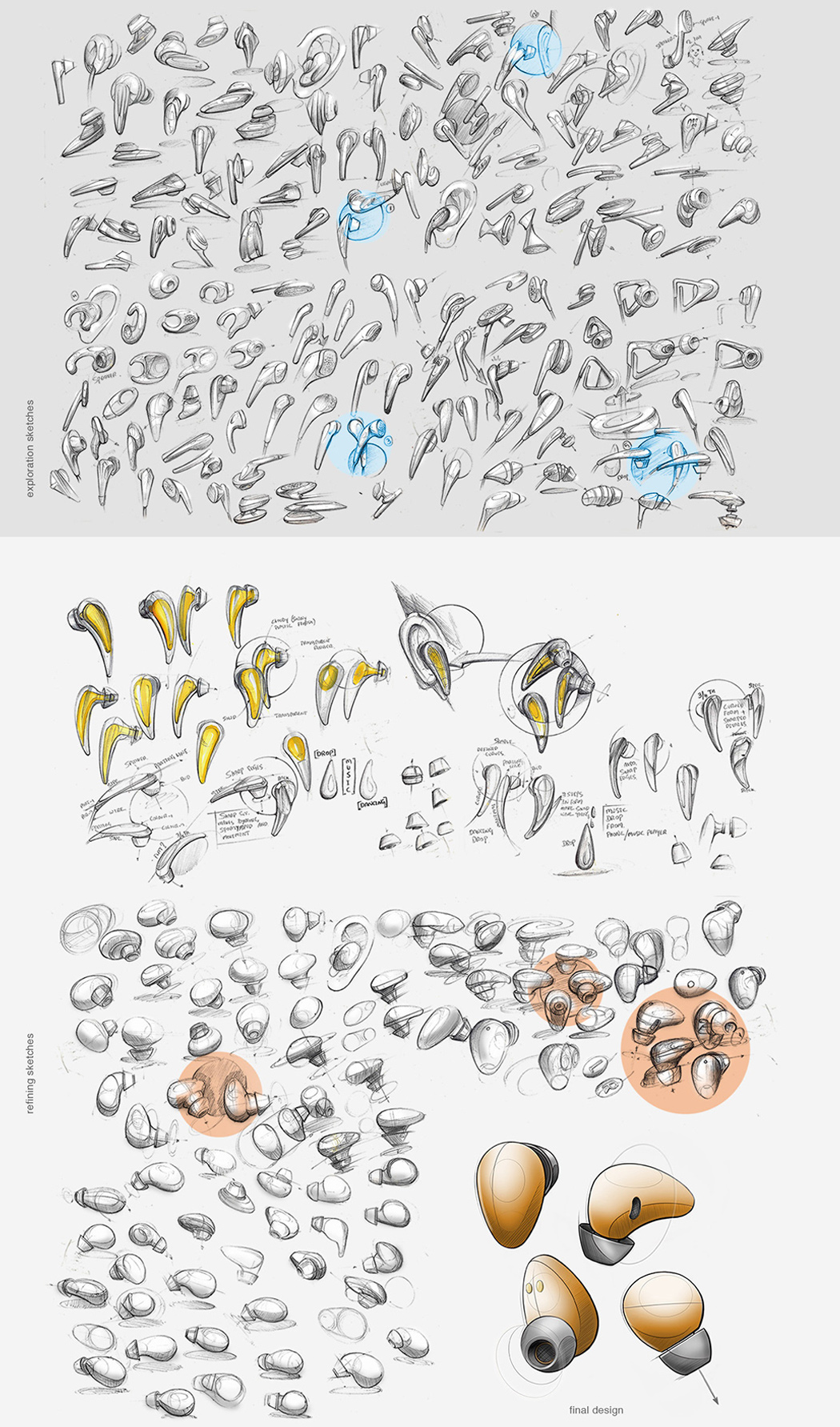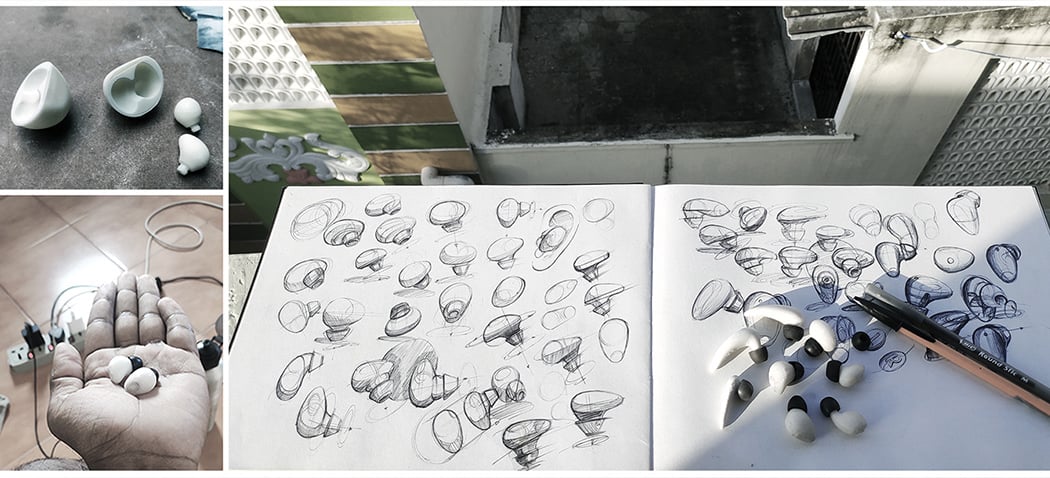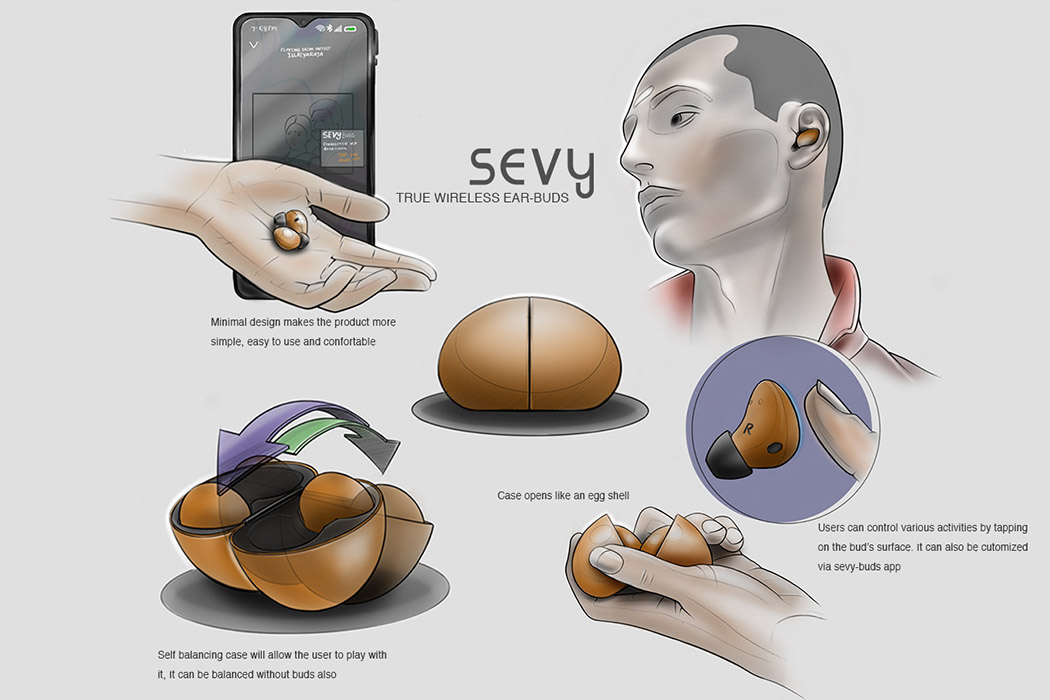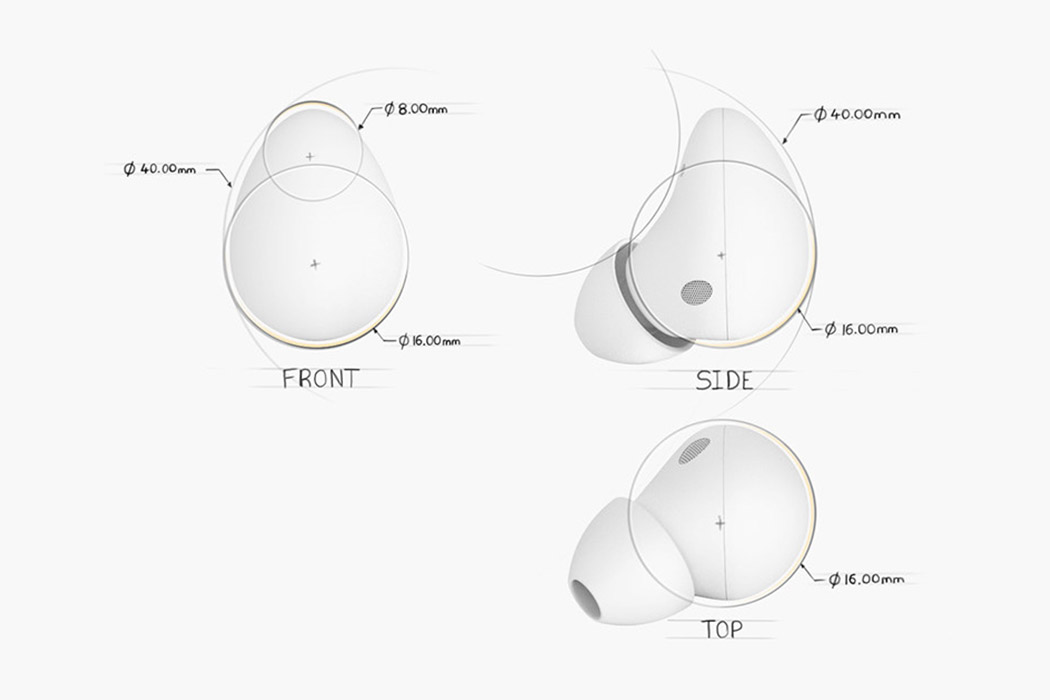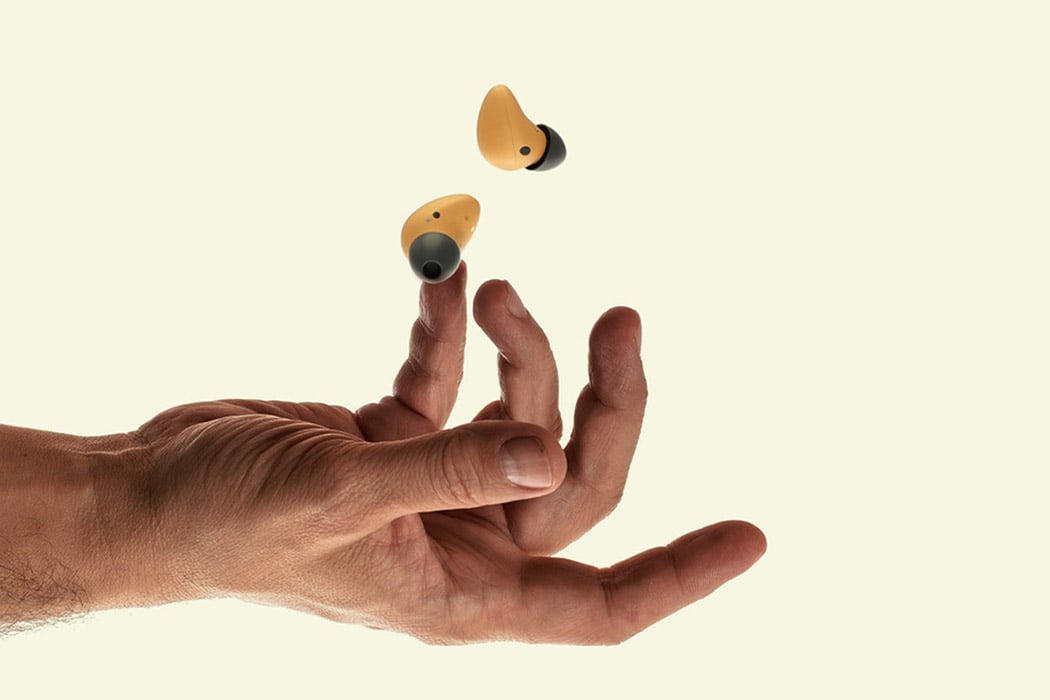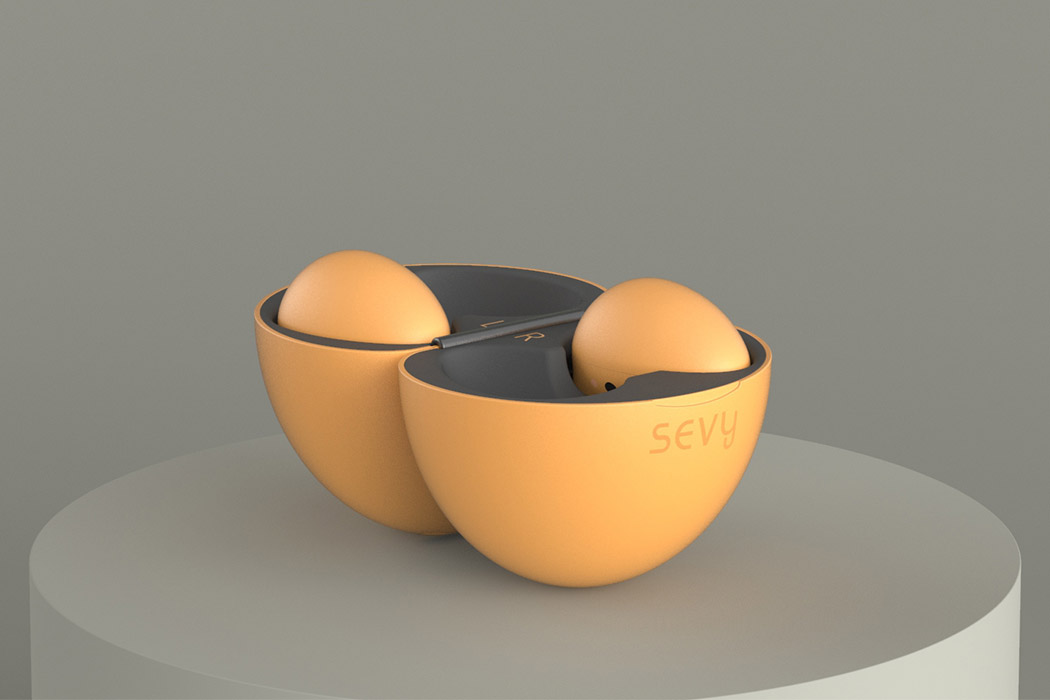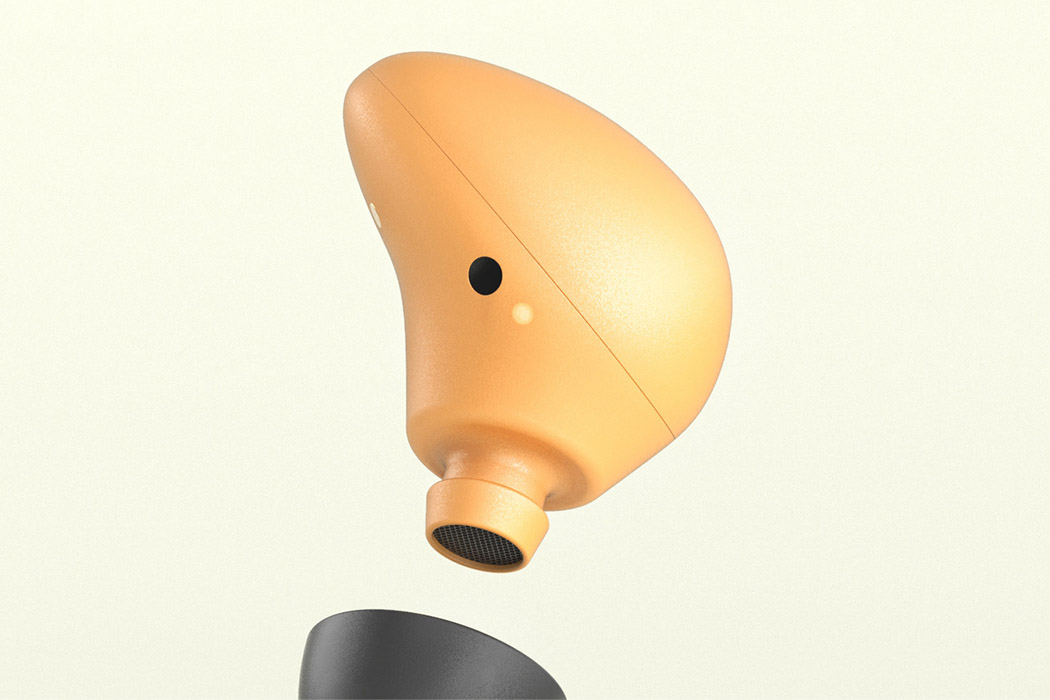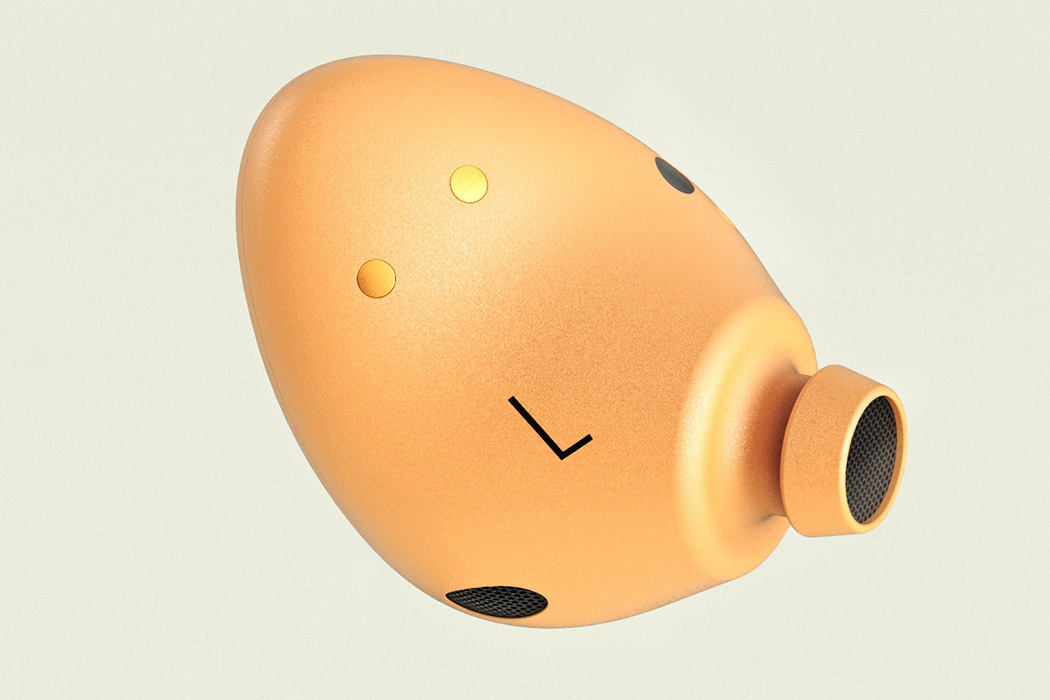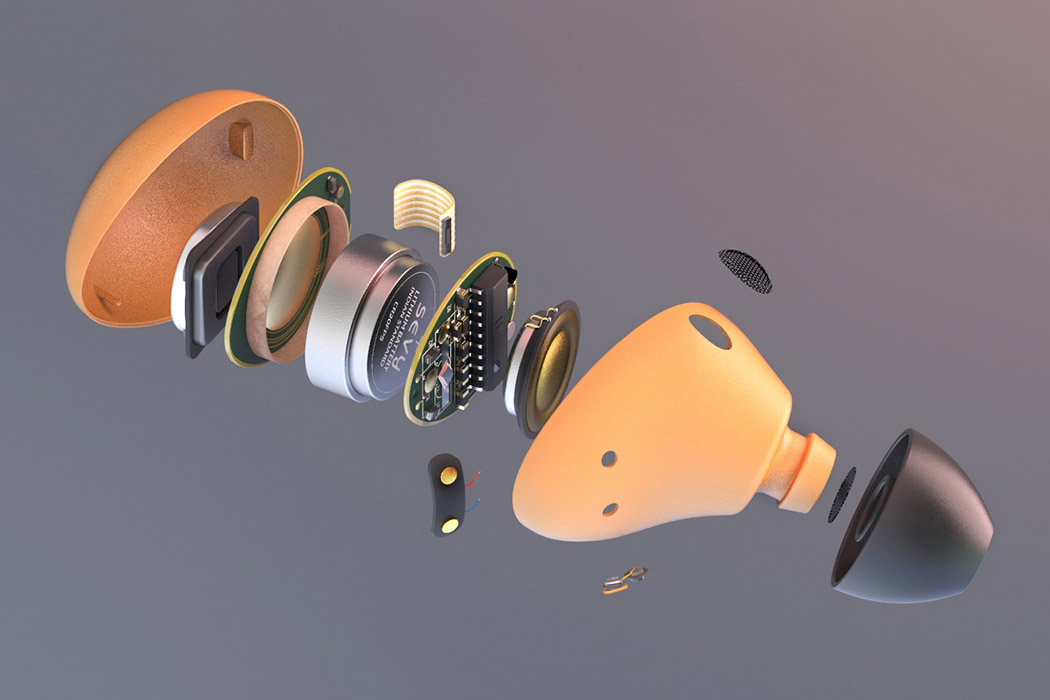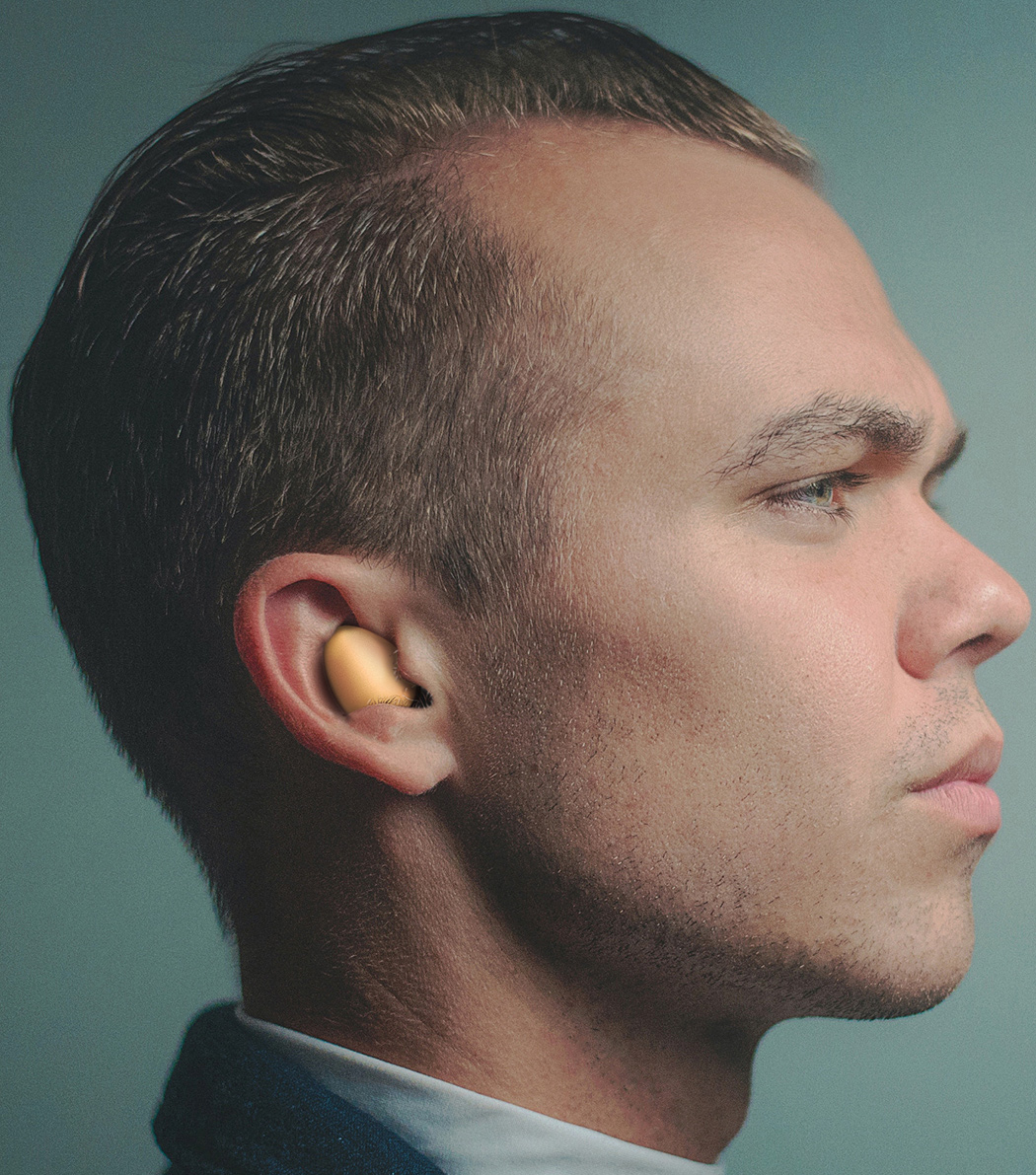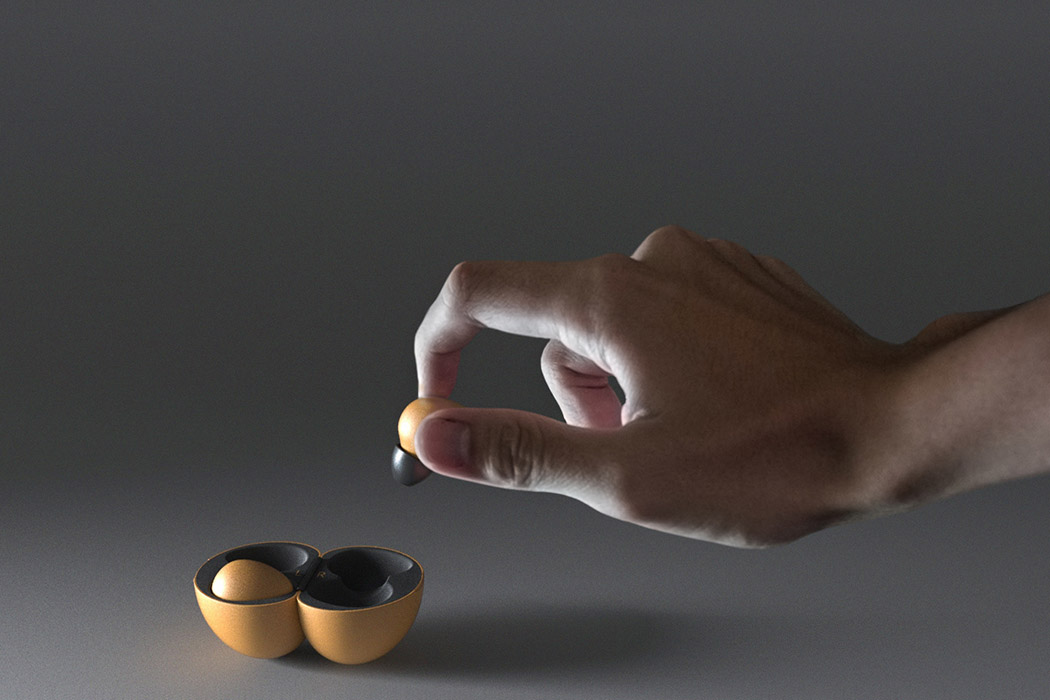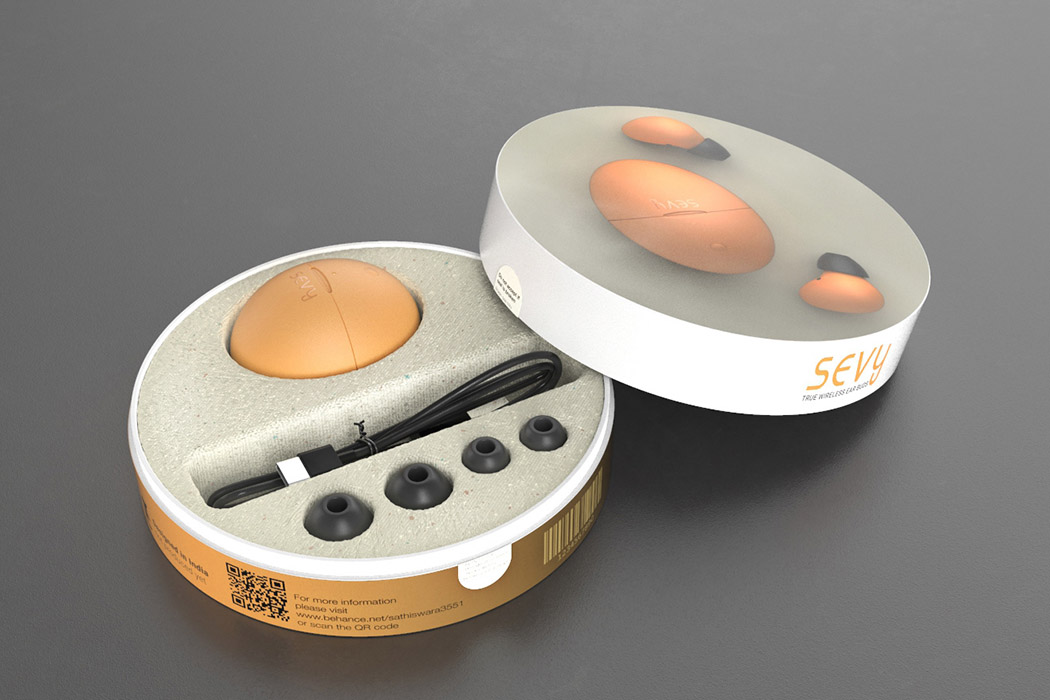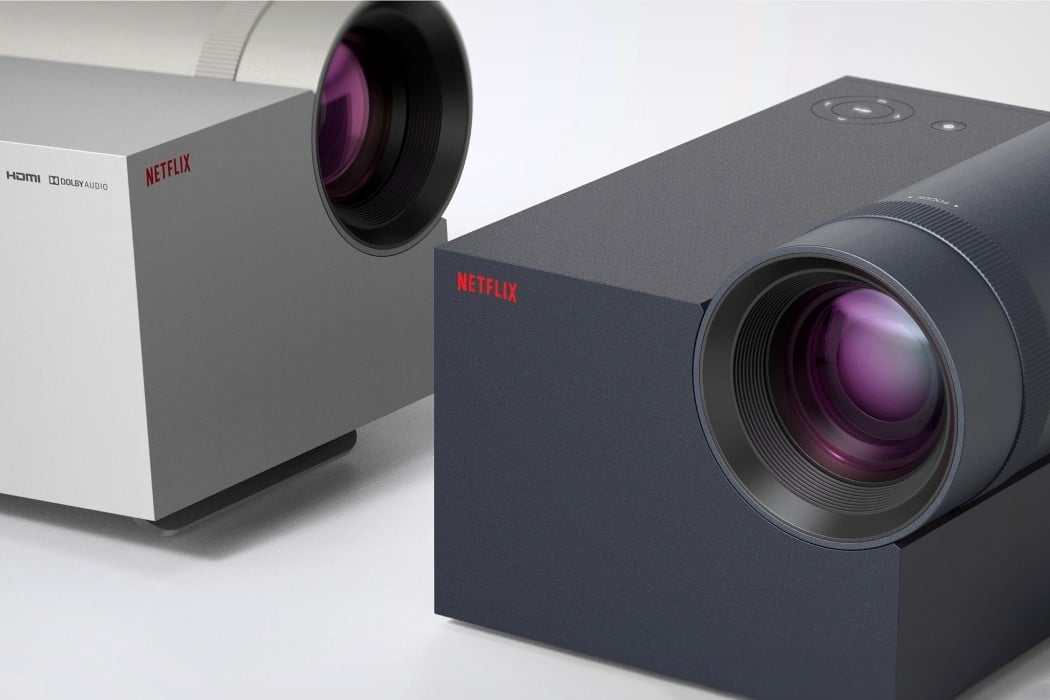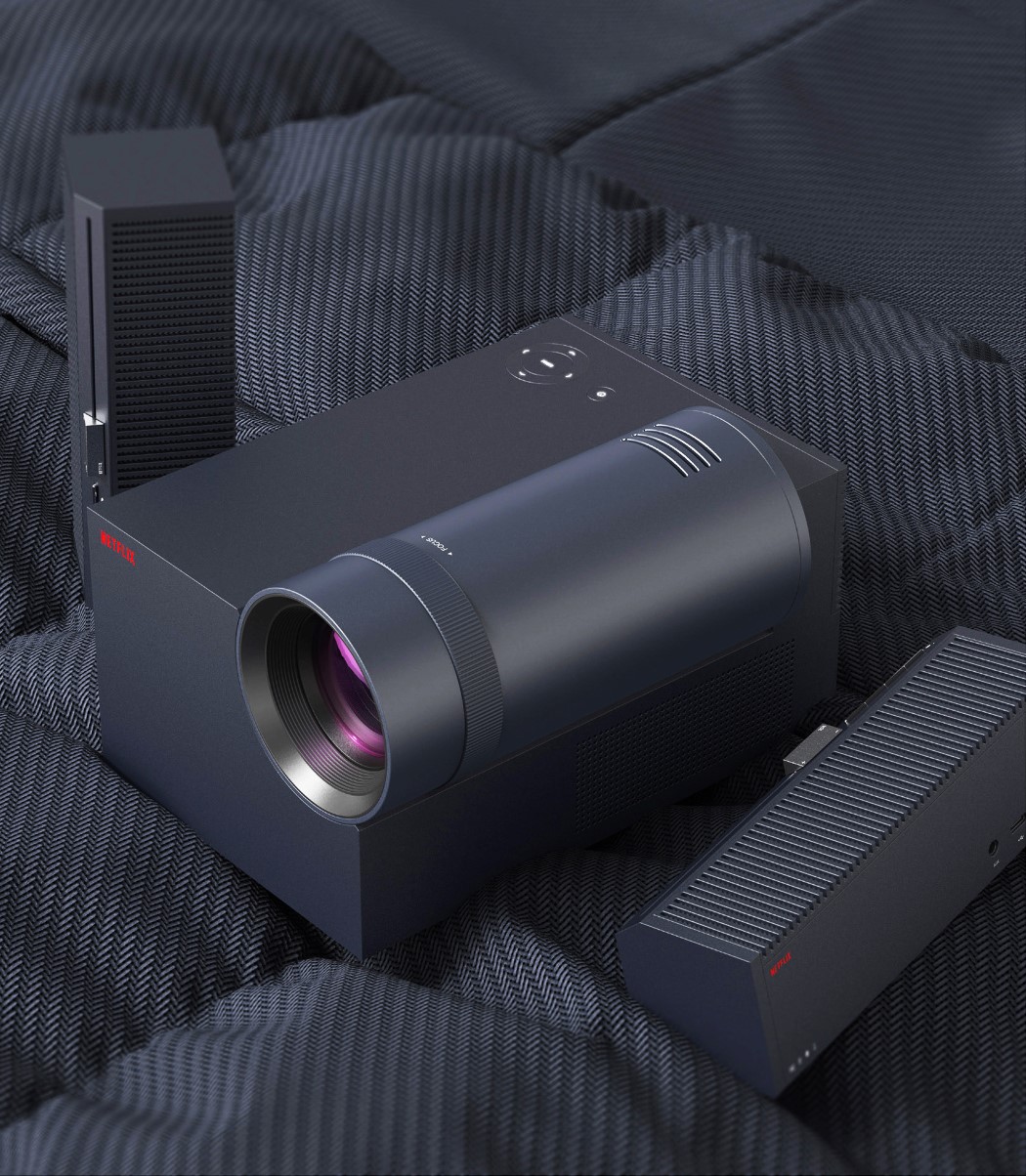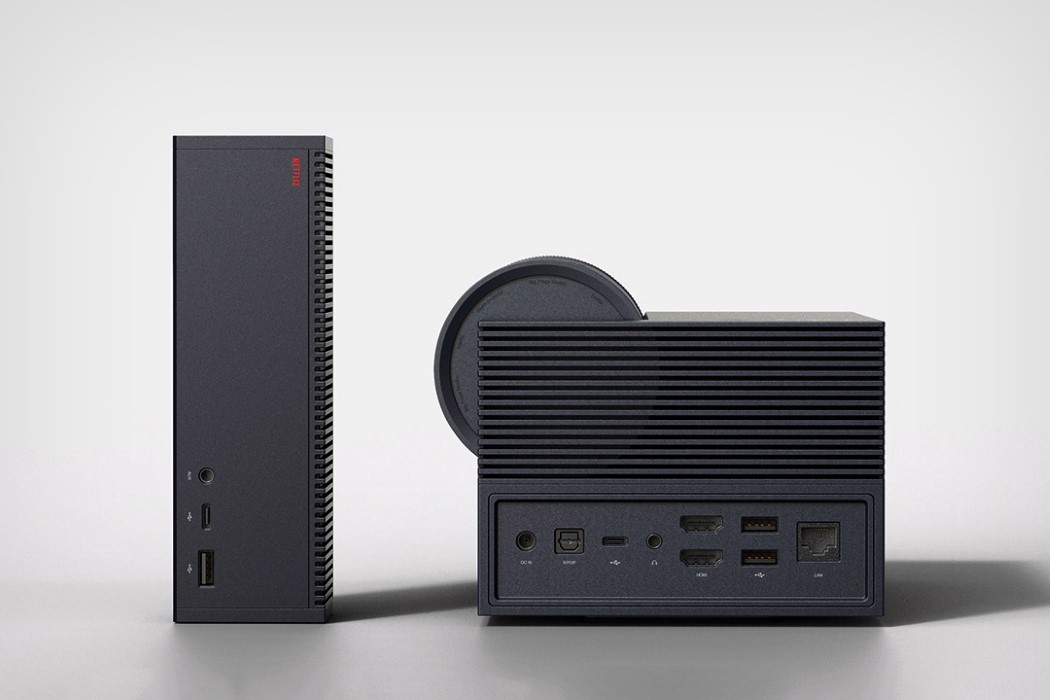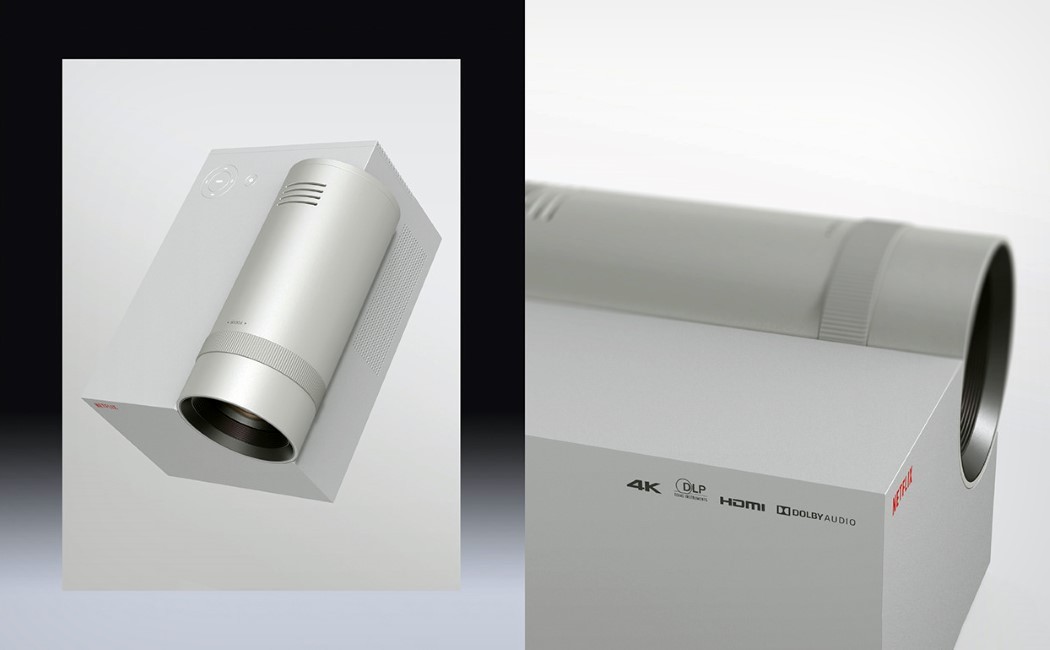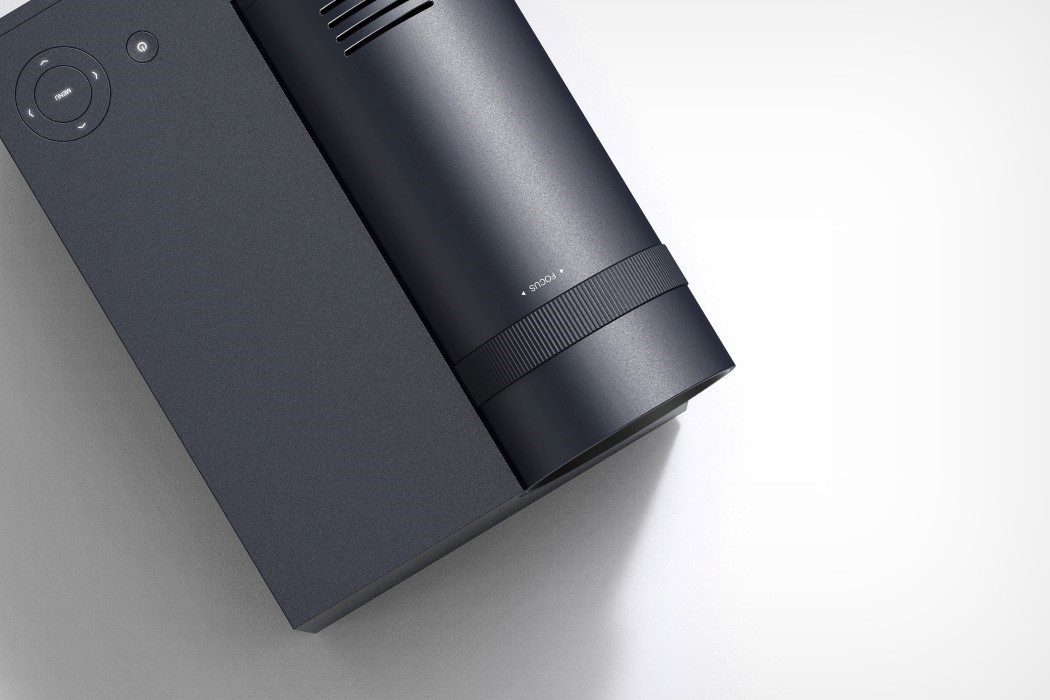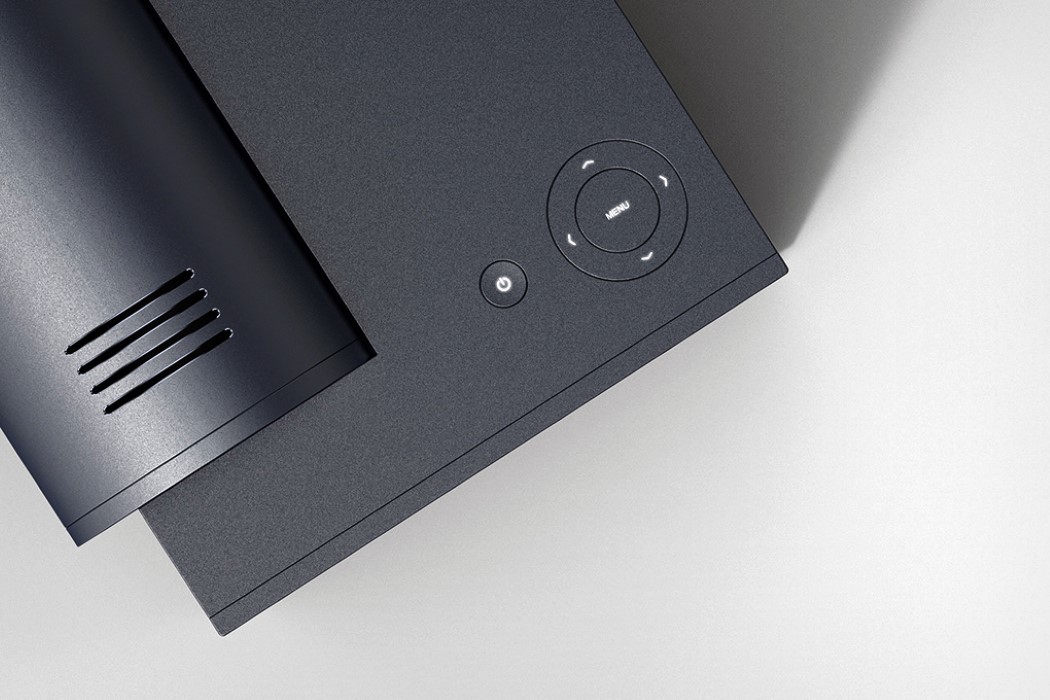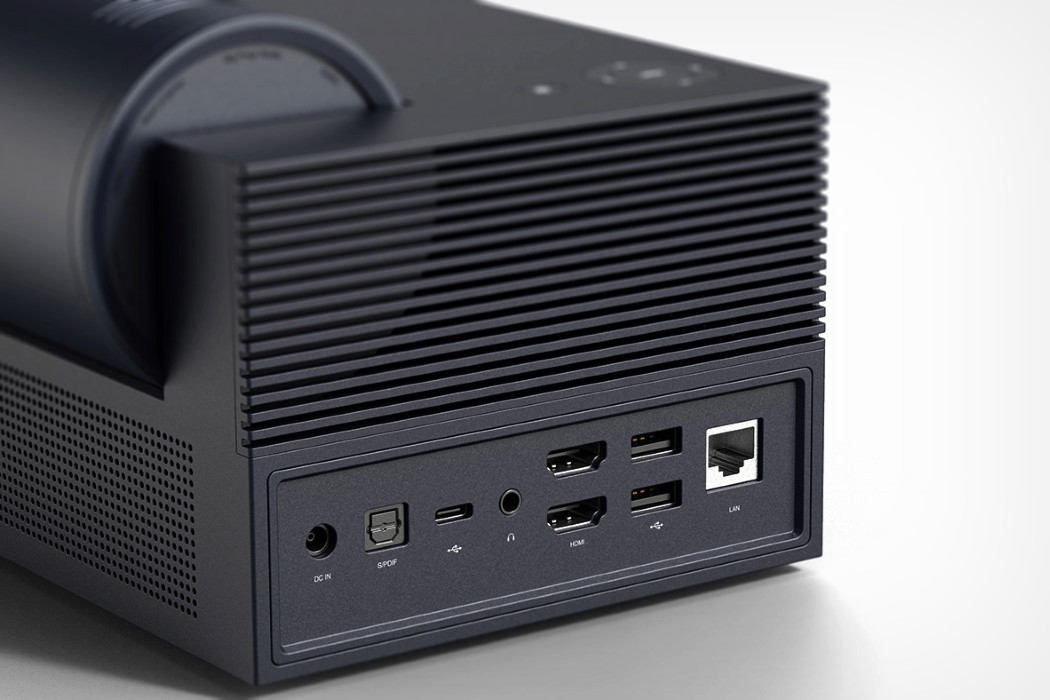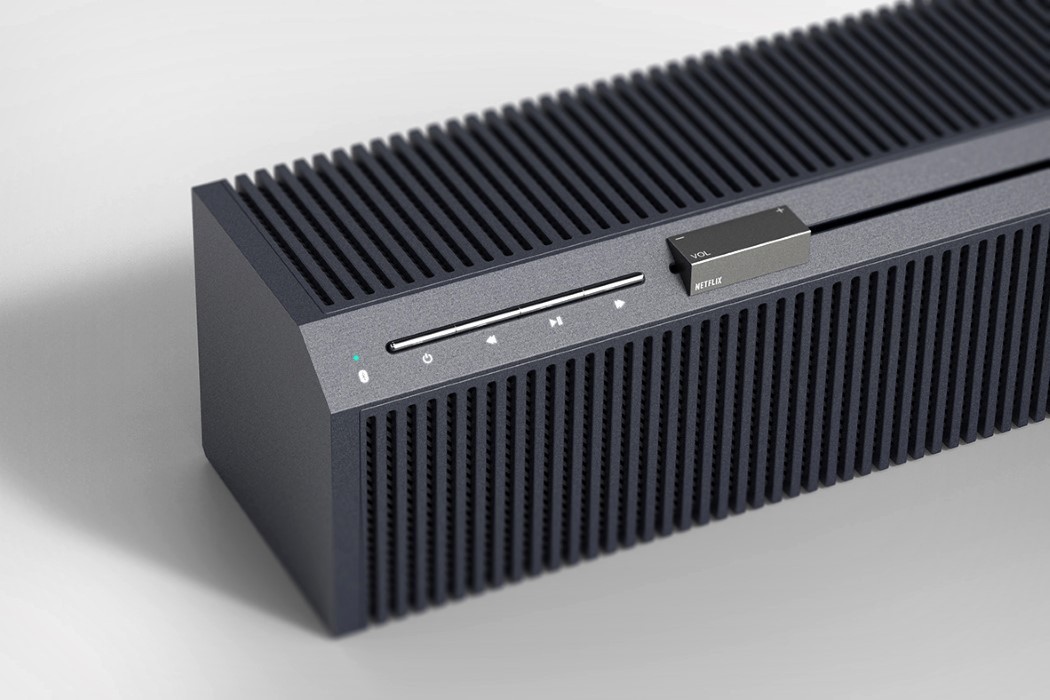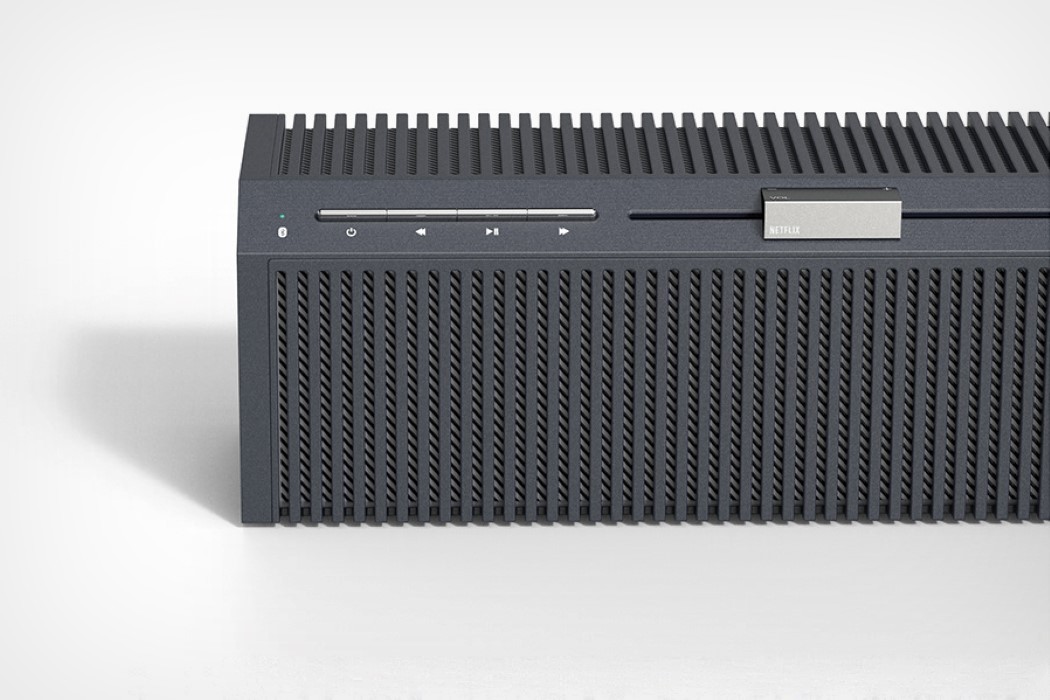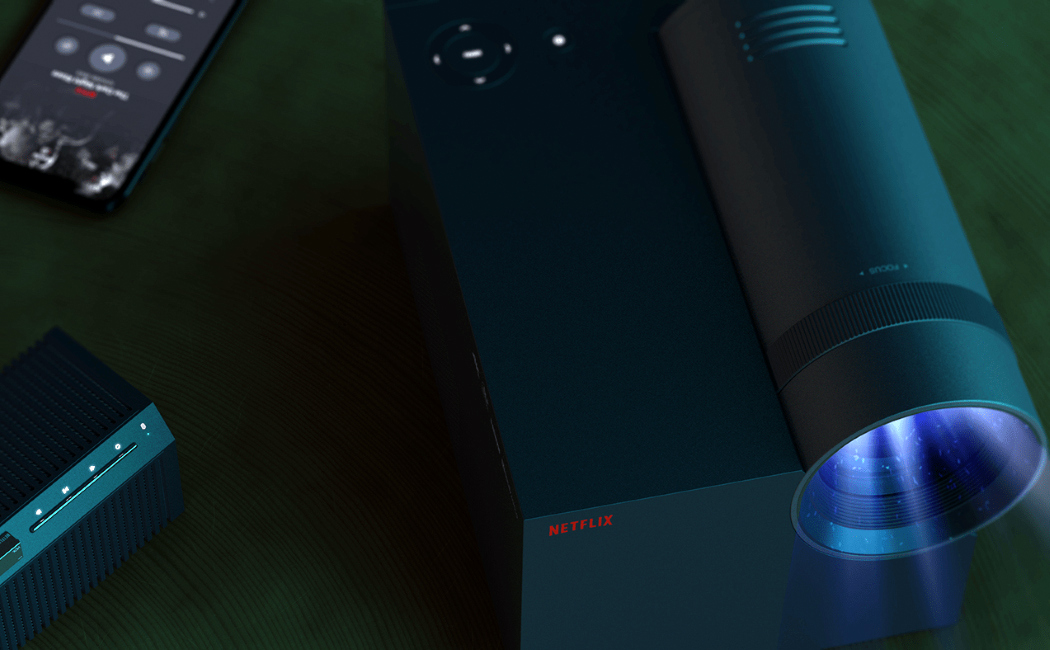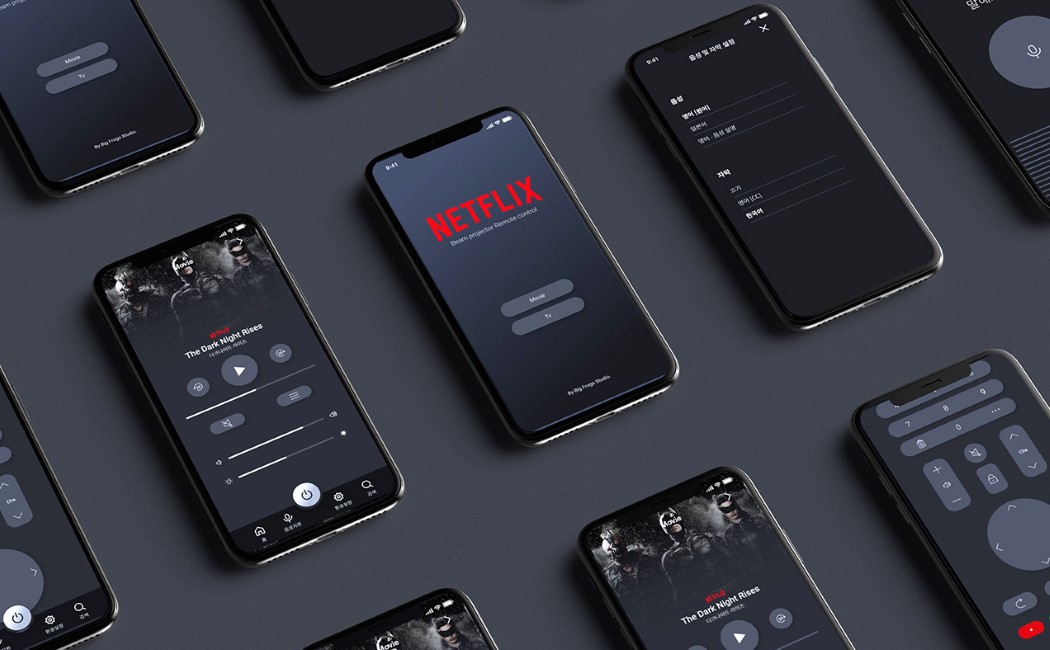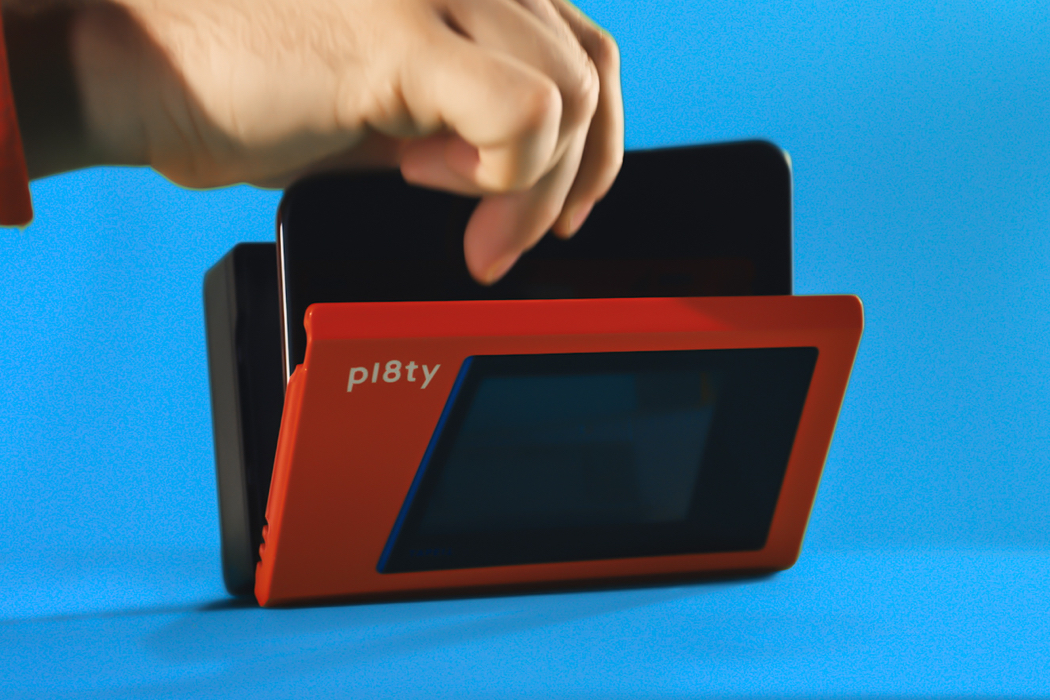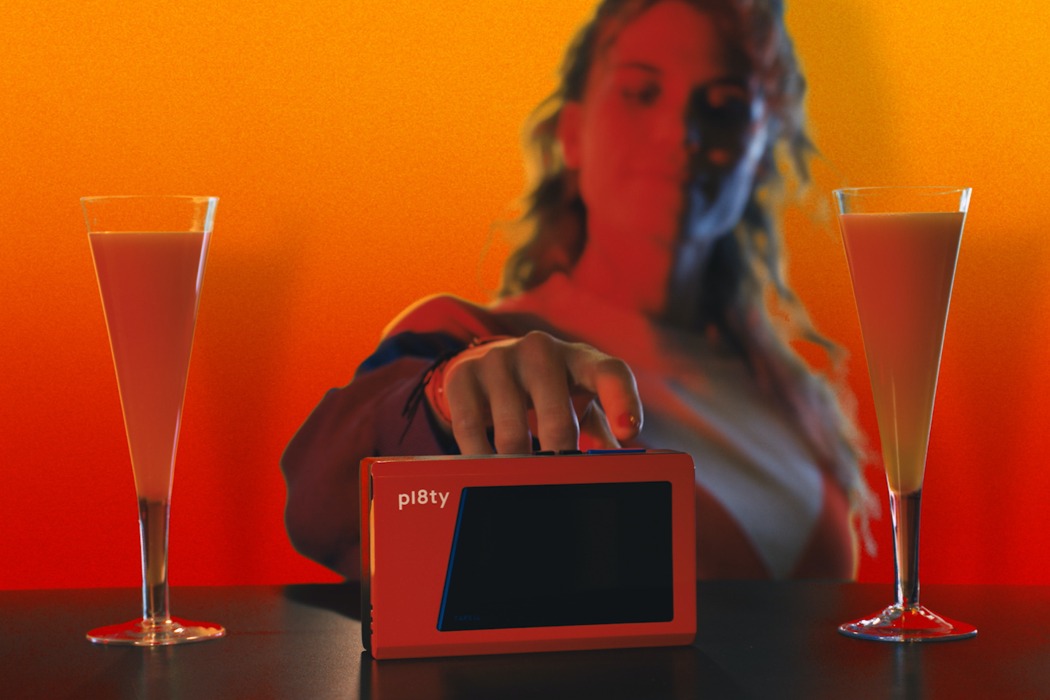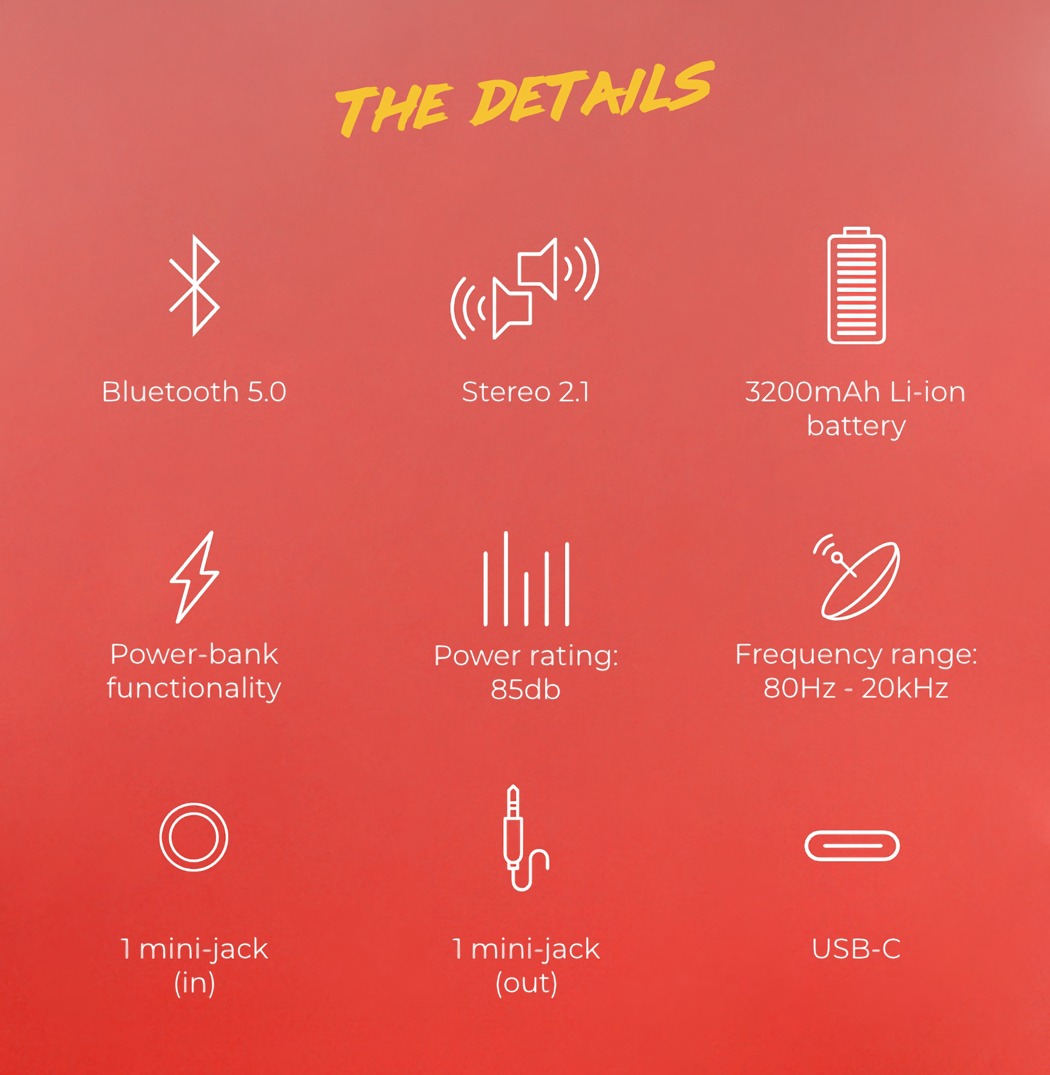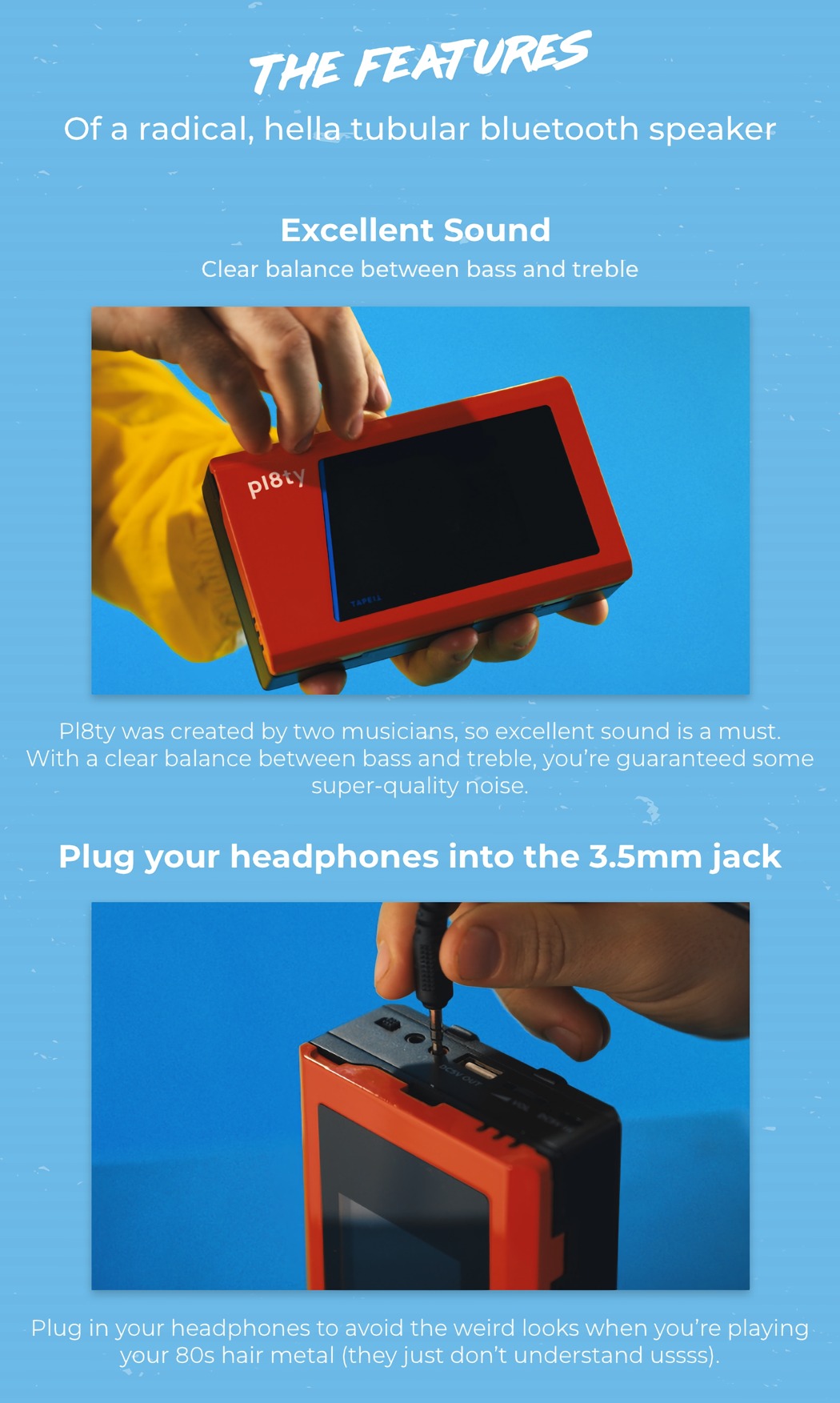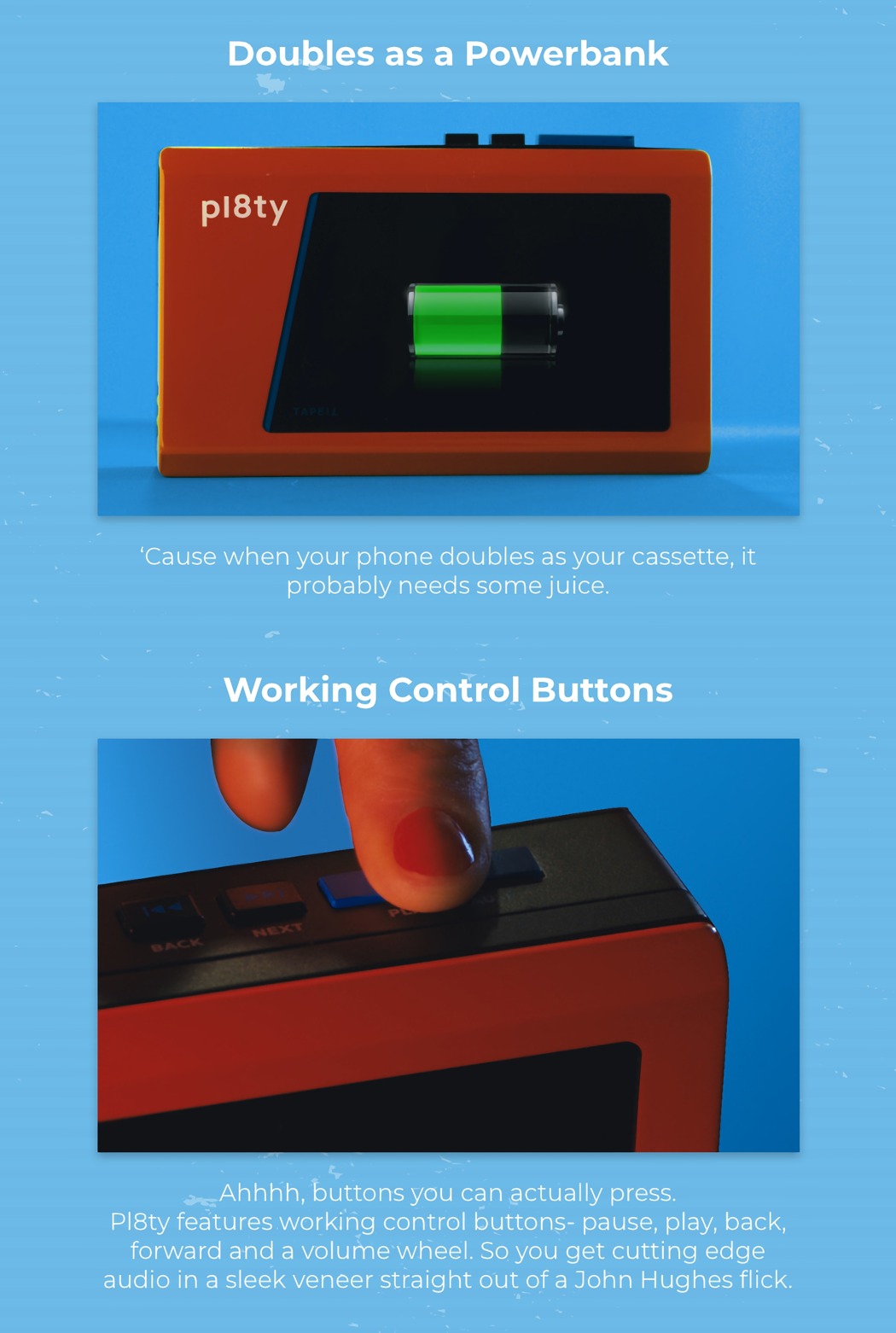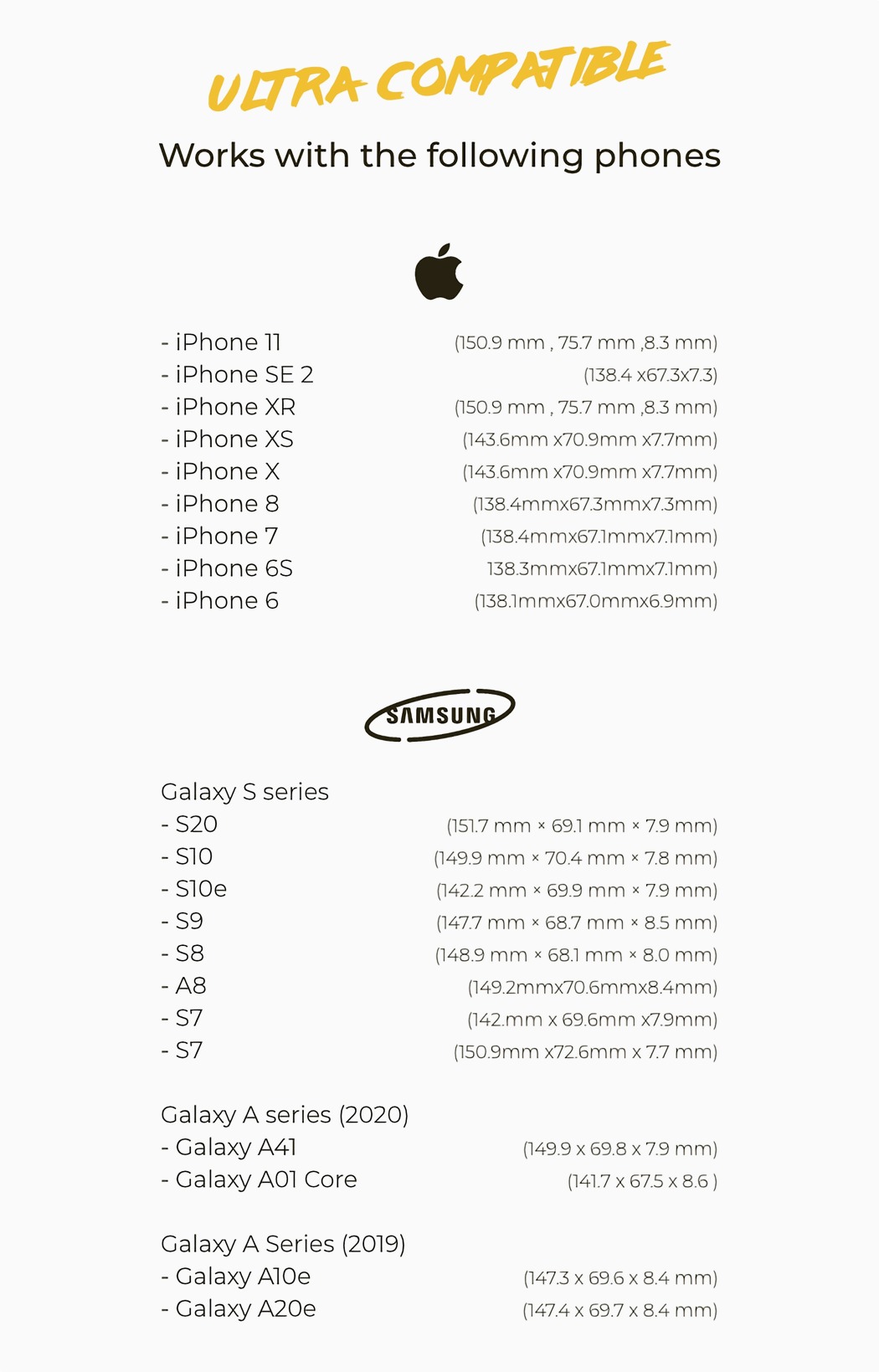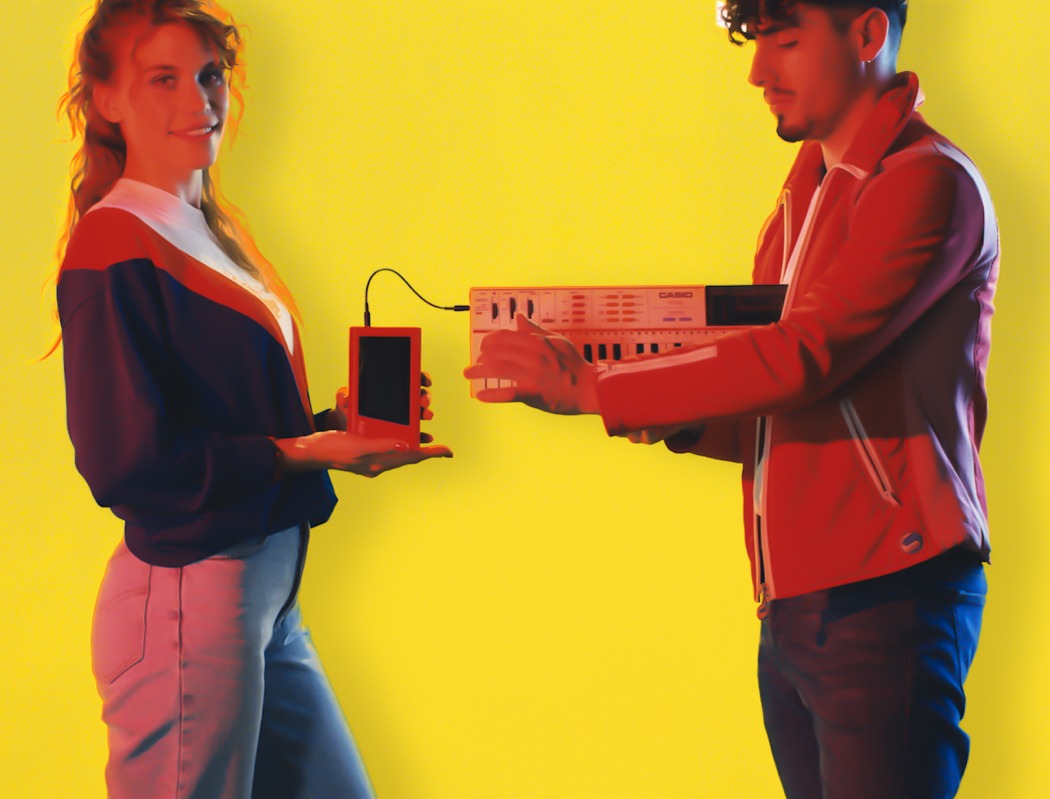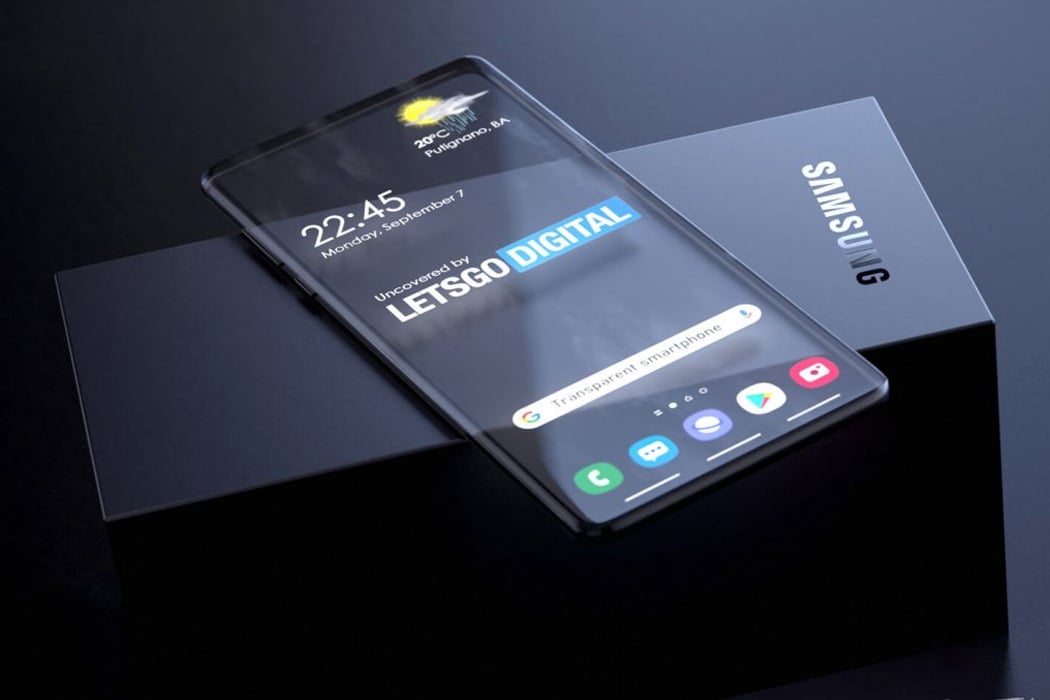
Before we begin, let me say I have been a fan of Apple for a long time. But when it comes to the sheer audacity and genius of just creating the technology, I am veering towards Samsung to be the leaders of the pack! When we speak of technology, it is true that we tend to focus on our smartphones and laptops that we use and abuse on an everyday basis. However, the product designs showcased here today go for the entire range – from smartphones, of course, to robotics and even inclusive design that use technology to make the world just a little bit better. Based on our enthusiasm at these design concepts, we can only wait for Samsung to take up the lead and create new standards for innovation!
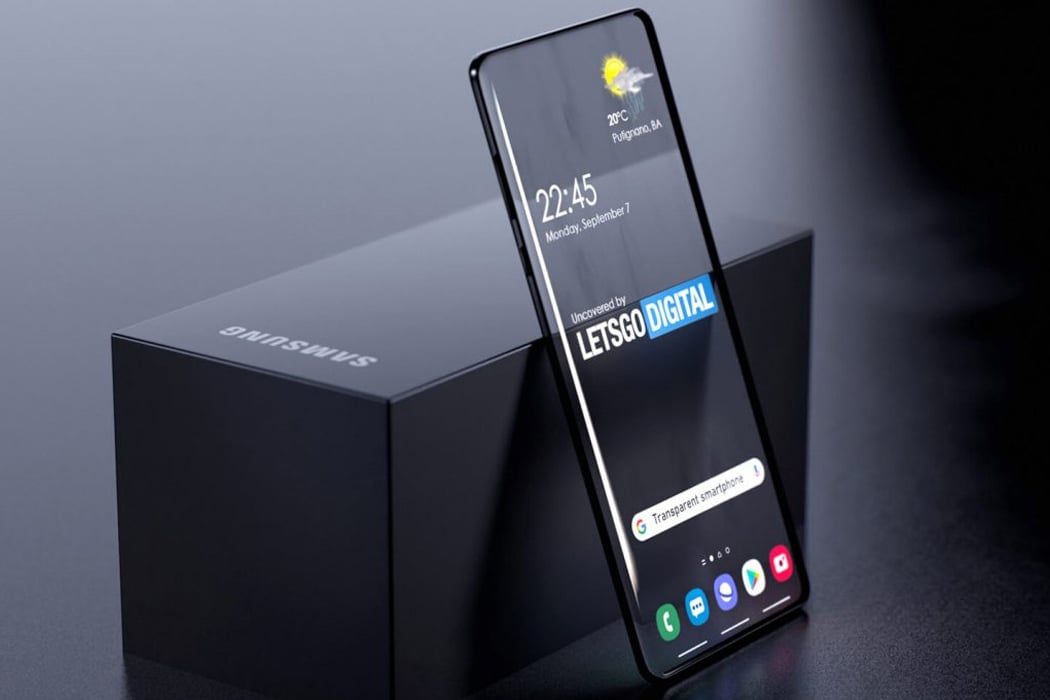
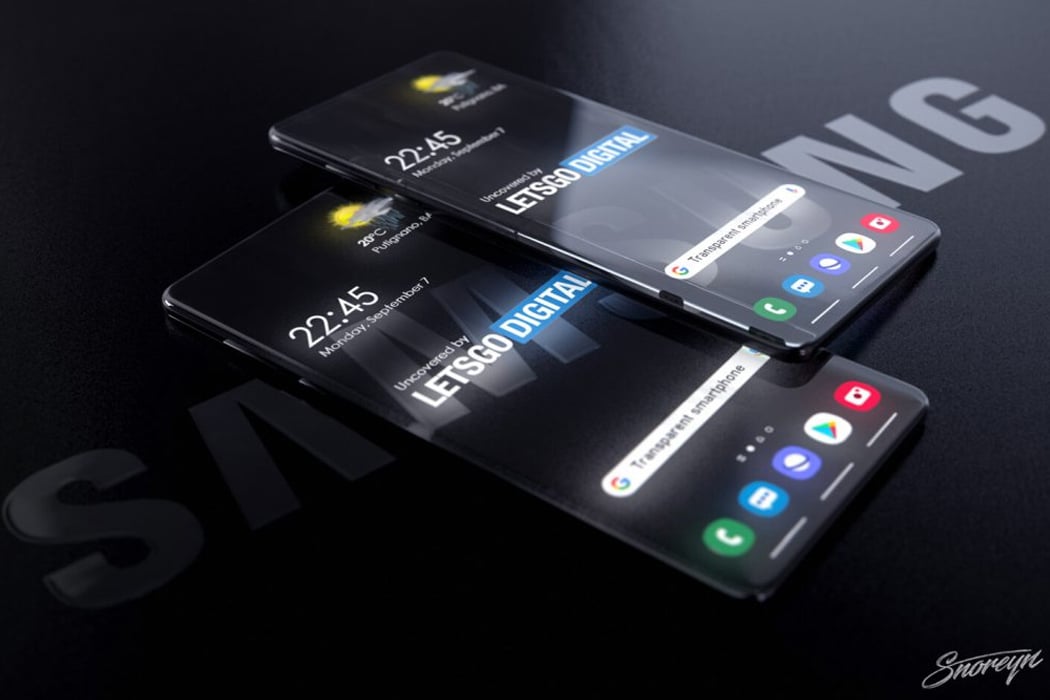
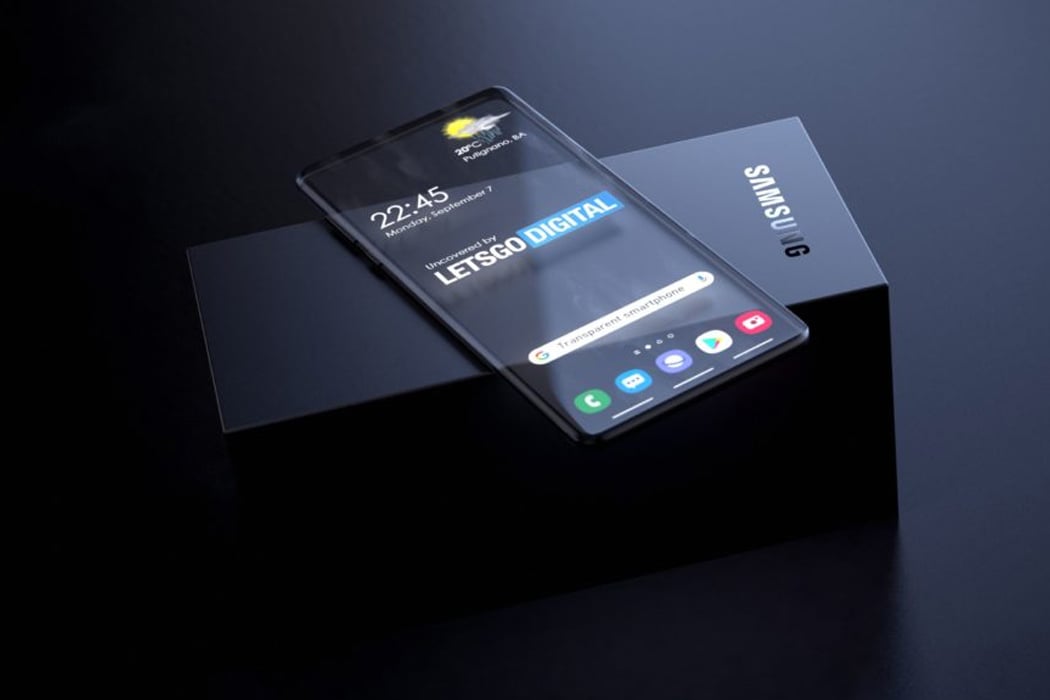
The patent war is on with LG and Samsung filing patents that discuss a transparent display. With transparent TV’s ruling the day in 2020, its almost a logical progression that we will see the transparent trend in smartphones too. From a feasibility point of view, the technology is not new, requiring an OLED screen that is equipped with a transparent luminous display panel through which light can shine. This means the users can see the content displayed on the phone as well as see through the phone. Even more interesting is that the display can be a standard flat display or even bend, fold, and/or roll. While the patent images show a modern smartphone with narrow bezels and a large transparent screen, the image we have here, courtesy of LetsGoDigital, in collaboration with Giuseppe Spinelli, aka Snoreyn (known for his viral Galaxy Z Flip and PlayStation 5 concepts) showcase a minimal and elegant smartphone that raises more question than it answers. But, love it or hate it, Samsung is sure to gather eyeballs with this transparent phone!
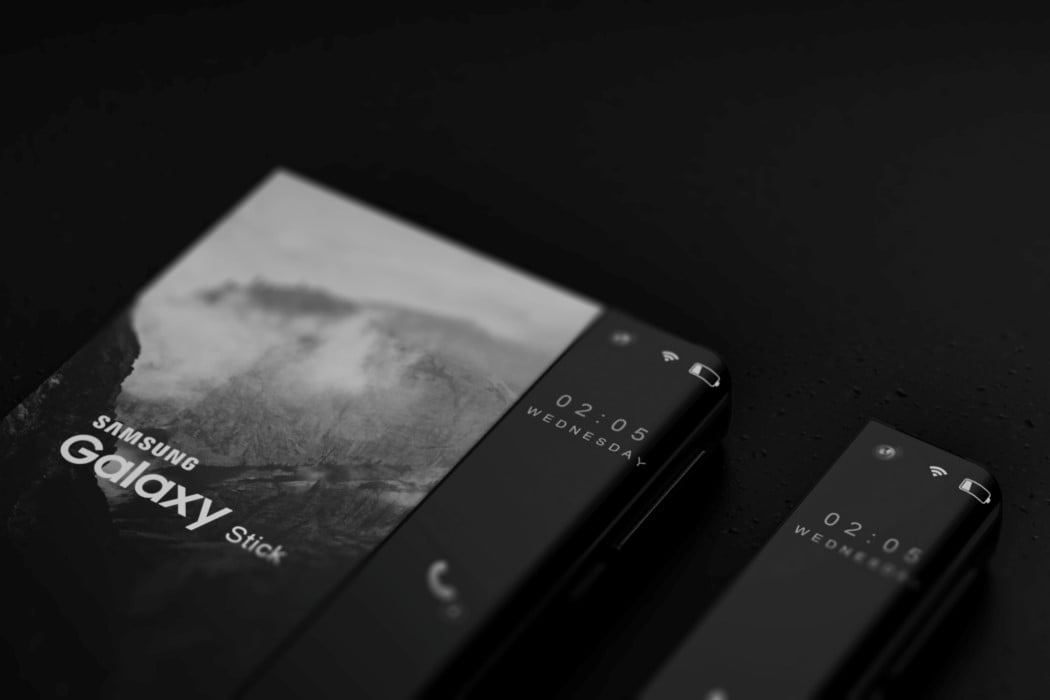
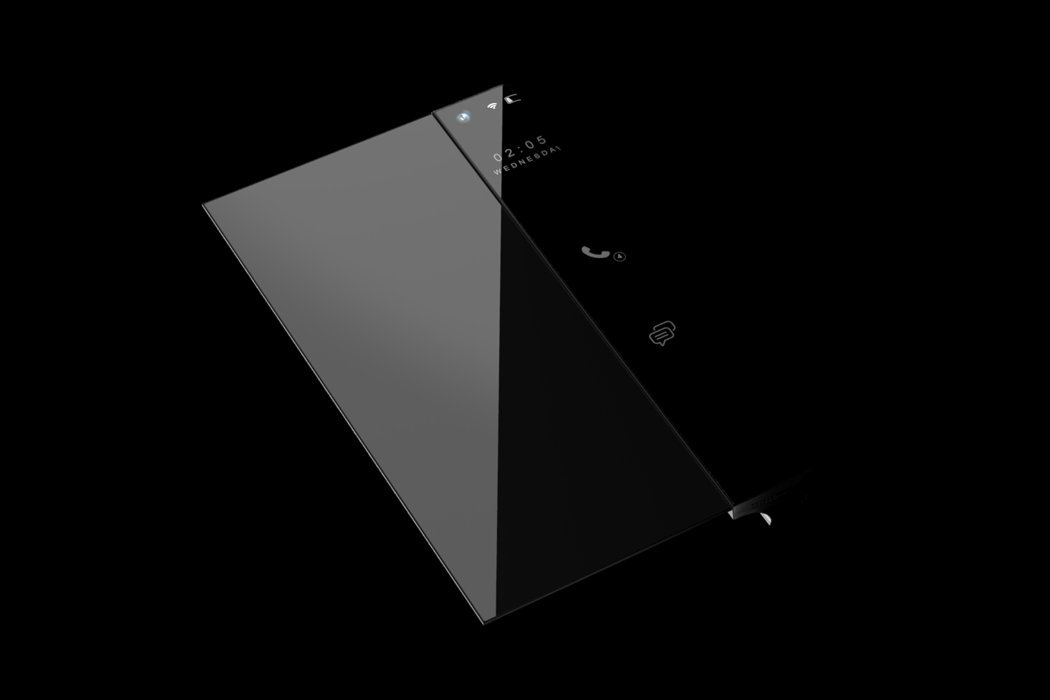
Now while this isn’t an official Samsung concept, I can’t help but really wish it was one! Combining technologies that aren’t outside the realm of possibility, the Samsung Galaxy Stick makes perhaps the best use of a flexible display. It rolls it up into a smart, dynamic scroll, making the Samsung Galaxy Stick perhaps the most interesting smartphone concept of 2019. The scroll-esque screen is a hat-tip to Samsung’s advancements in flexible OLED displays, and when not in use, it rolls right up into the phone’s slim, hollow, wand-like body. When you need the display, it promptly comes rolling out, turning the wand into a usable smartphone, with a nifty flexible touchscreen that maintains rigidity when unfolded.
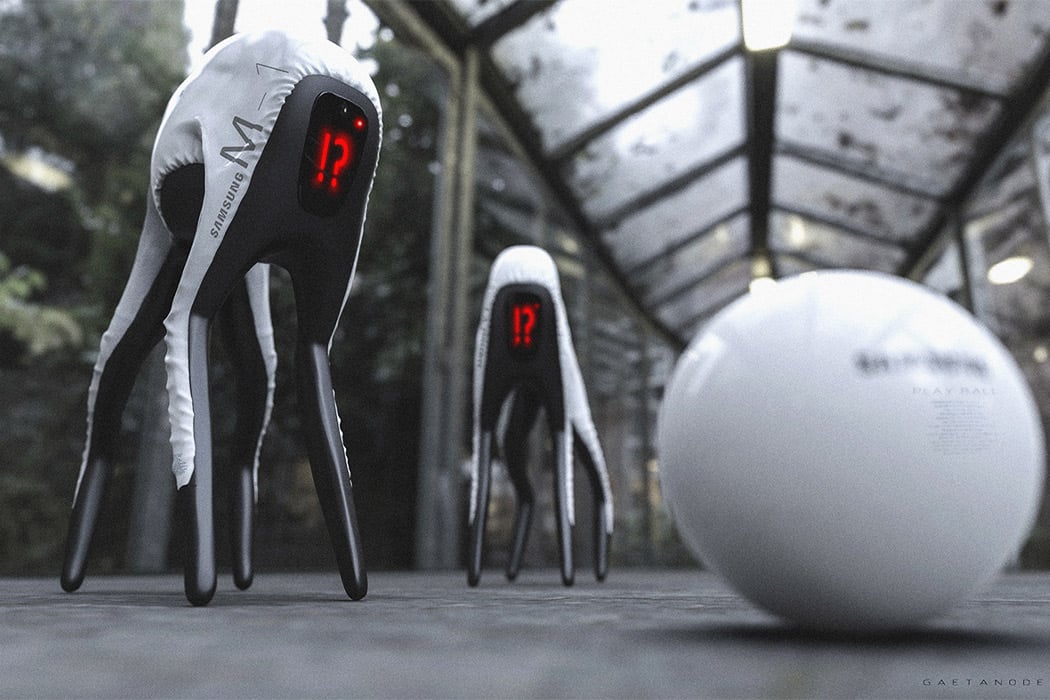
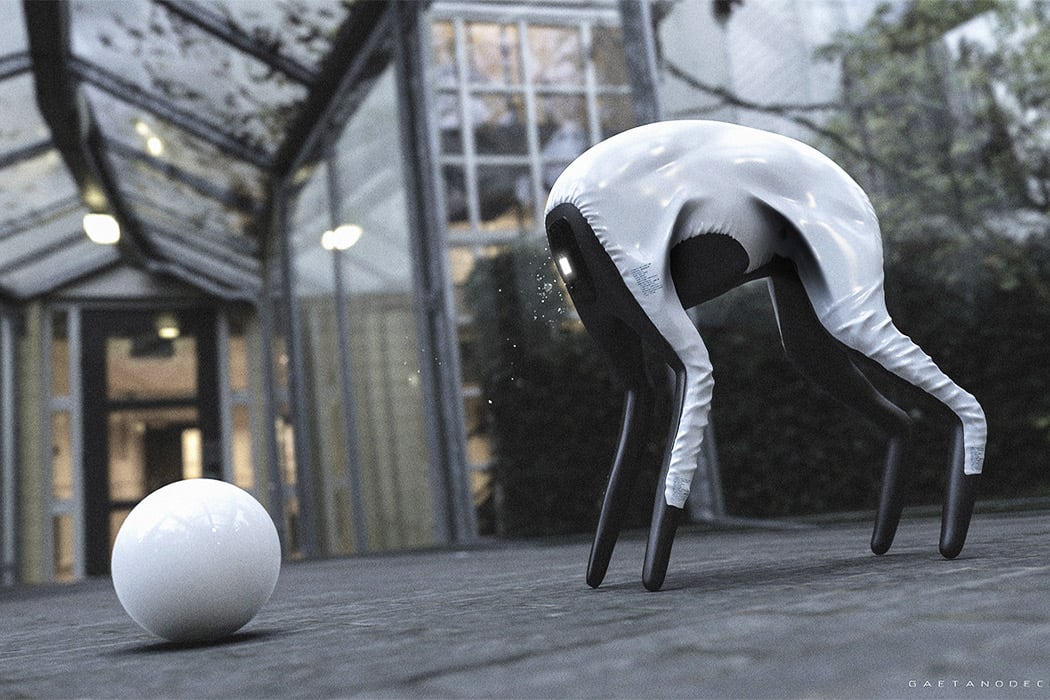
Devoid of real feelings but with advancing AI, these Dog bots will surely be smart and efficient. Dog bots will probably be a hybrid of a smart pet and a household assistant, I imagine features like security cameras for the eyes while still being sweet enough to bring you your newspaper and waking you up in the morning. Dog bots may have the benefit of being low maintenance, they won’t require mandatory walks on days when you’re sick or make you panic if you forget leaving their food out during emergencies. And as you can guess, they definitely won’t be troublesome during bath time.
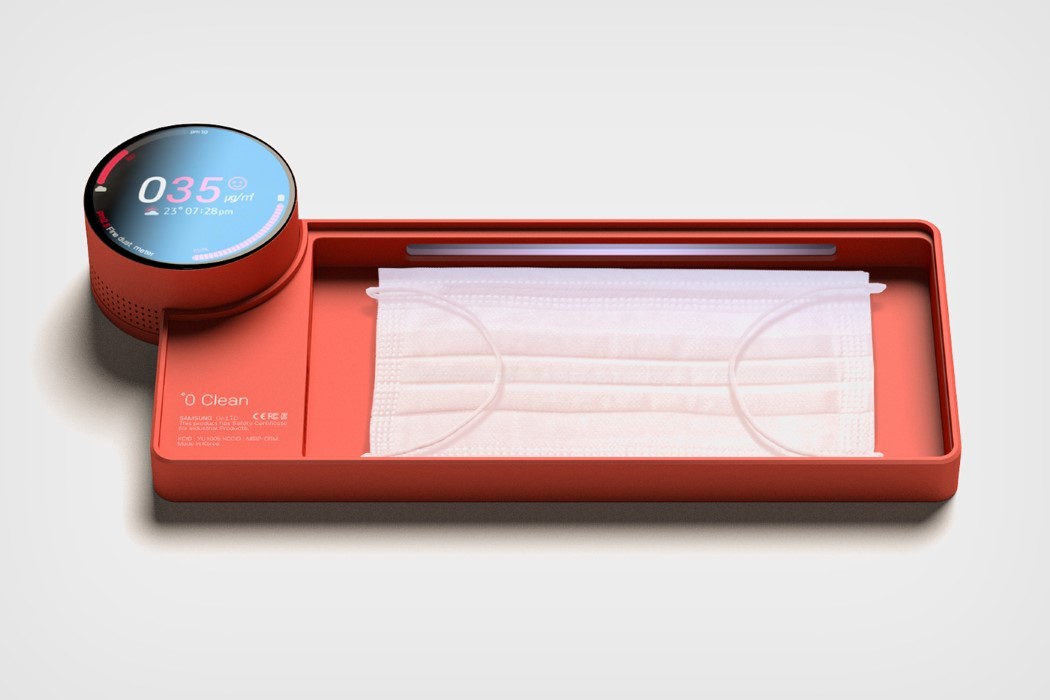
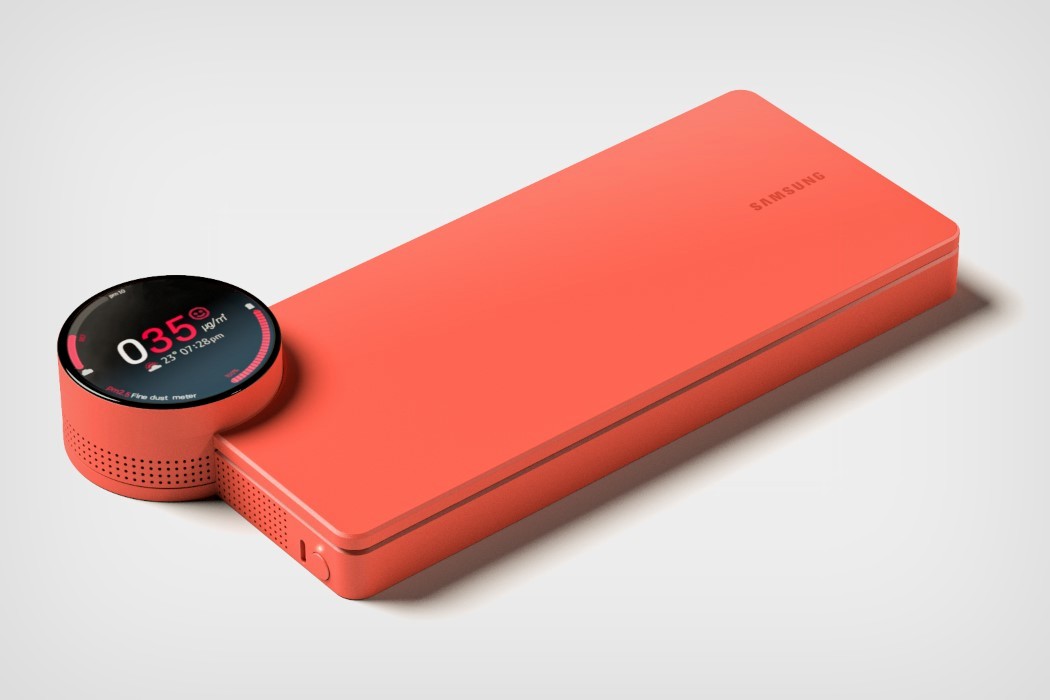
The 0° Clean concept offers a new way to make sure your face-mask is fresh, dry, and sanitized between uses. Created by Jungkwang Hwang as a fan-made concept for Samsung, the 0° Clean is a nifty flat-bed UV-C sanitizer that uses a combination of ultraviolet light and dry air to cleanse and blow-dry your mask. It comes with a detachable cylindrical battery-unit (with a built-in display) that you can easily snap onto the sanitizing flat-bed to power it.
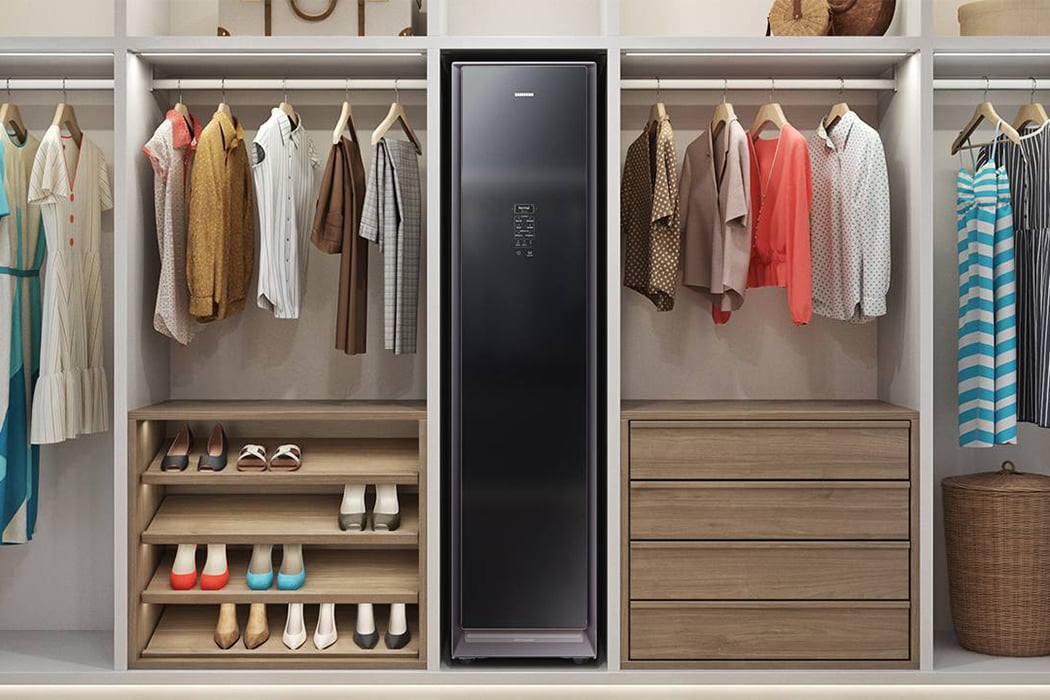
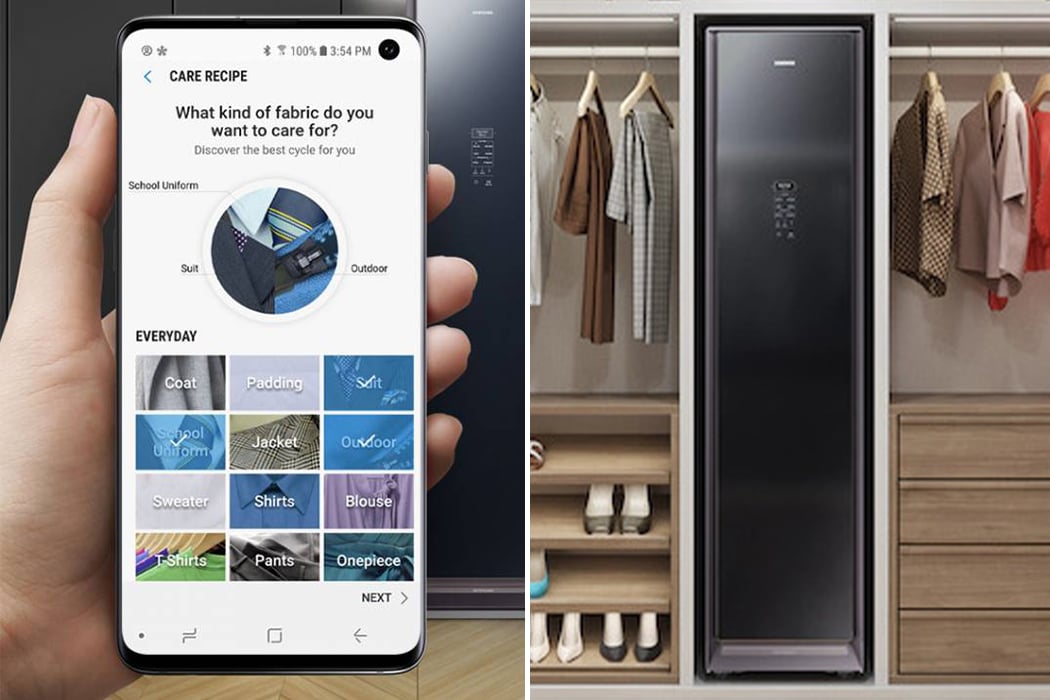
This is not a concept, but given how good the design is, I will forgive you for having a hard time believing it’s true (just like I did!) Traditional laundry machine cycles can potentially damage clothes (how many of us even know the right settings for our loads?) and ever since the pandemic took over our lives we are doing laundry more often to stay safe – this is bound to wear them out 5x faster than usual. The Samsung AirDresser is here to save the day! Its sleek build is similar to a tall, thin fridge and can seamlessly blend in any room. The AirDresser uses a combination of steaming and heat-pump powered drying, and you won’t even have to plumb it in says Samsung. “That’s because, rather than a water connection like a traditional washer would require, the AirDresser relies on a refillable water tank at the bottom of the cabinet. It means it can be installed pretty much anywhere with a regular 120V outlet,” explains the team.
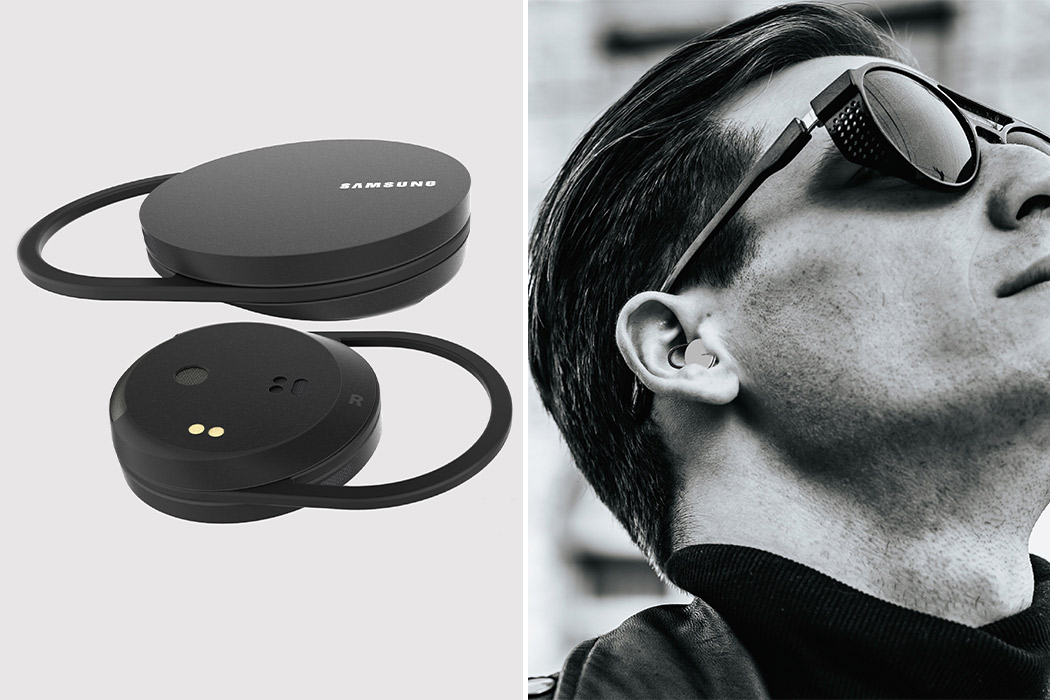
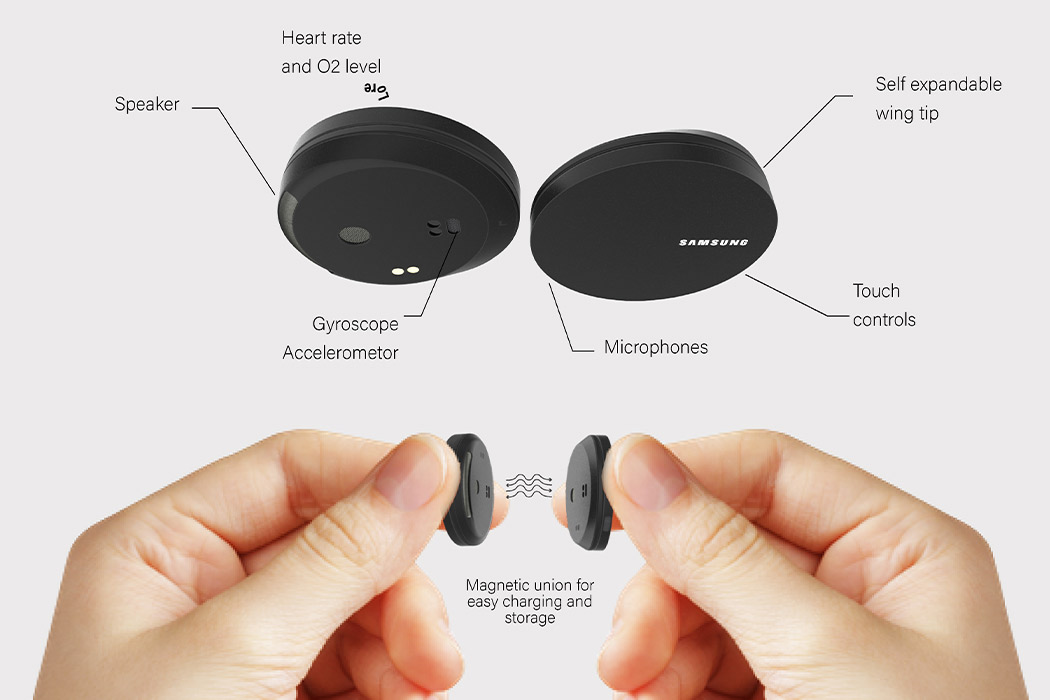
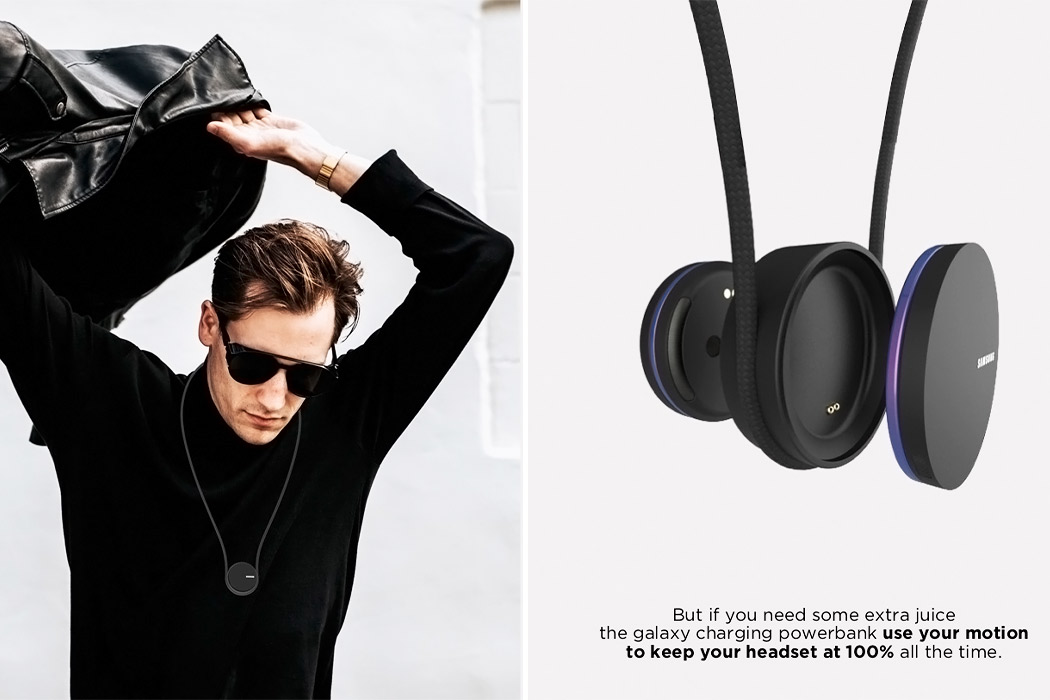
The conceptual technology of the Yingyang earbuds that make it one-of-its-kind lies in the inflatable hook which secures the earbuds in place. It also features wireless charging and magnets on the rear end of the gadget so they can be charged on the back of our NFC-enabled cell phone, thus eliminating the need for a charging case (if there was one, I would humbly request it not to resemble a floss box). You can also kinetically charge the earbuds by keeping yourself moving (we all could use some extra steps and exercise right now!) if your phone dies. The Yinyang earbuds can also be attached to the lapel of the jacket – that is how portable they are and with the sleek aesthetic, you are upping your accessory game with your tech.
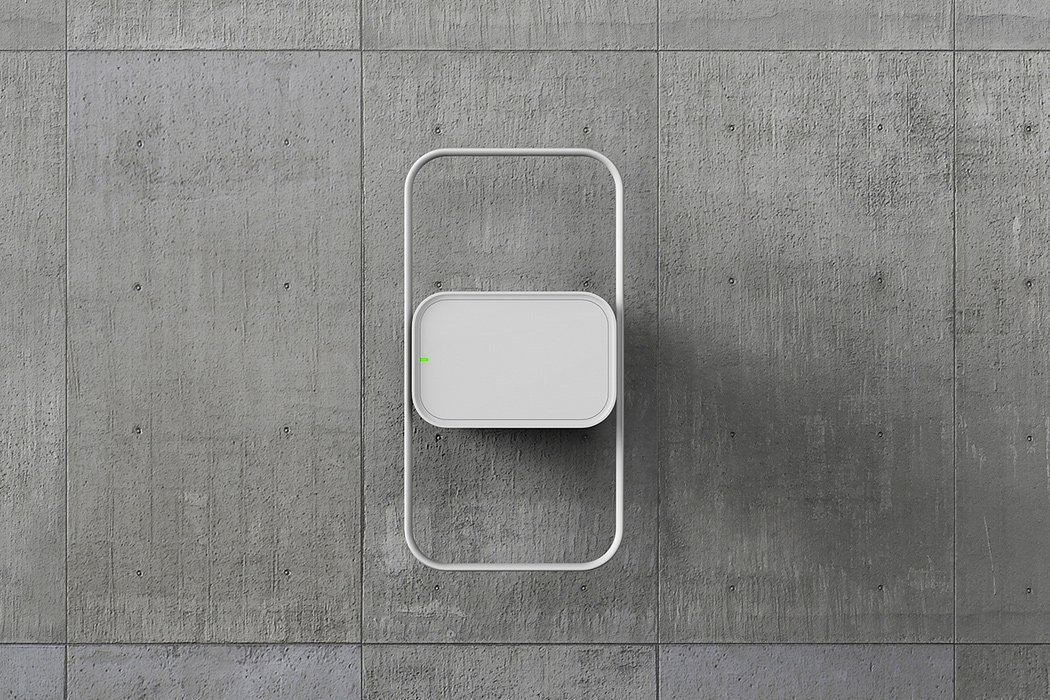
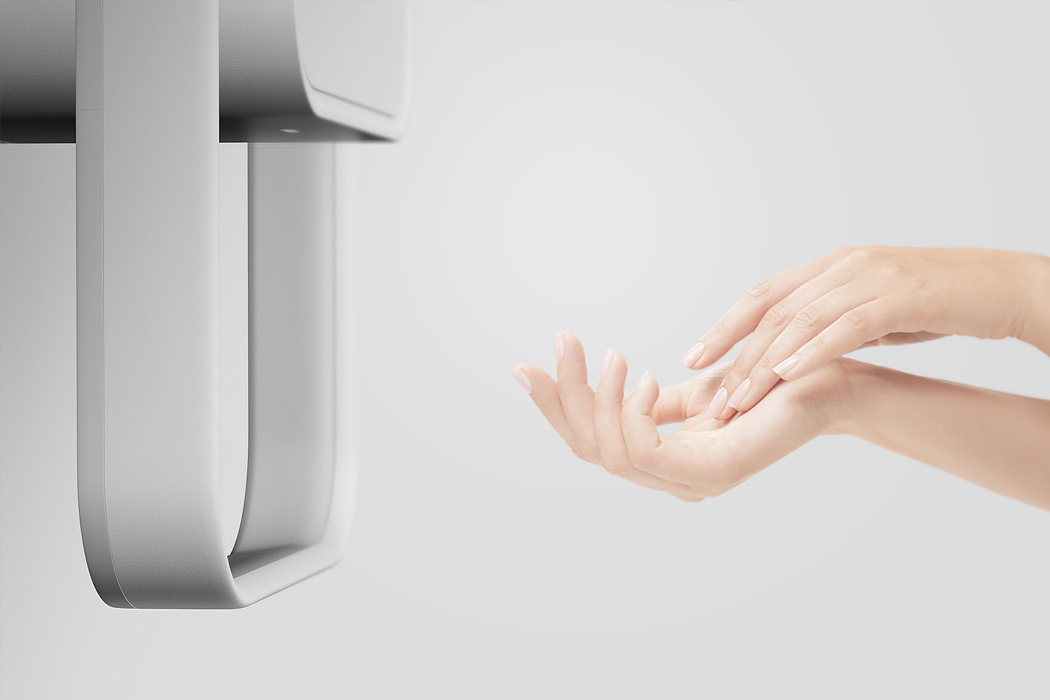
Technology is not only for developing new futuristic designs but it is also for developing designs that work for everyone, by being inclusive in nature. This redesign of the iconic hand dryer is one great example of the same. The revised airflow design allows the user to dry their hands from above or below the main product body – making hygiene accessible to everyone – from disabled, wheelchair-bound people to standing adults. Named the Universal hand Dryer, this design by Hyunsu Park won the Samsung Idea Festival award for its simple genius!
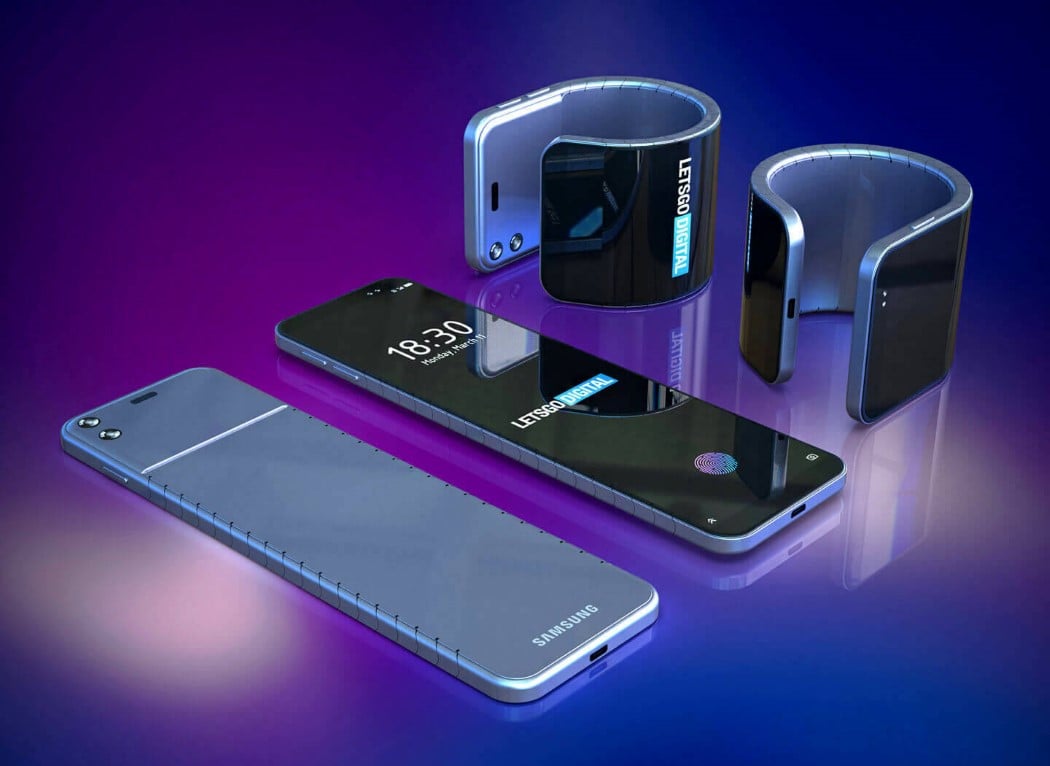
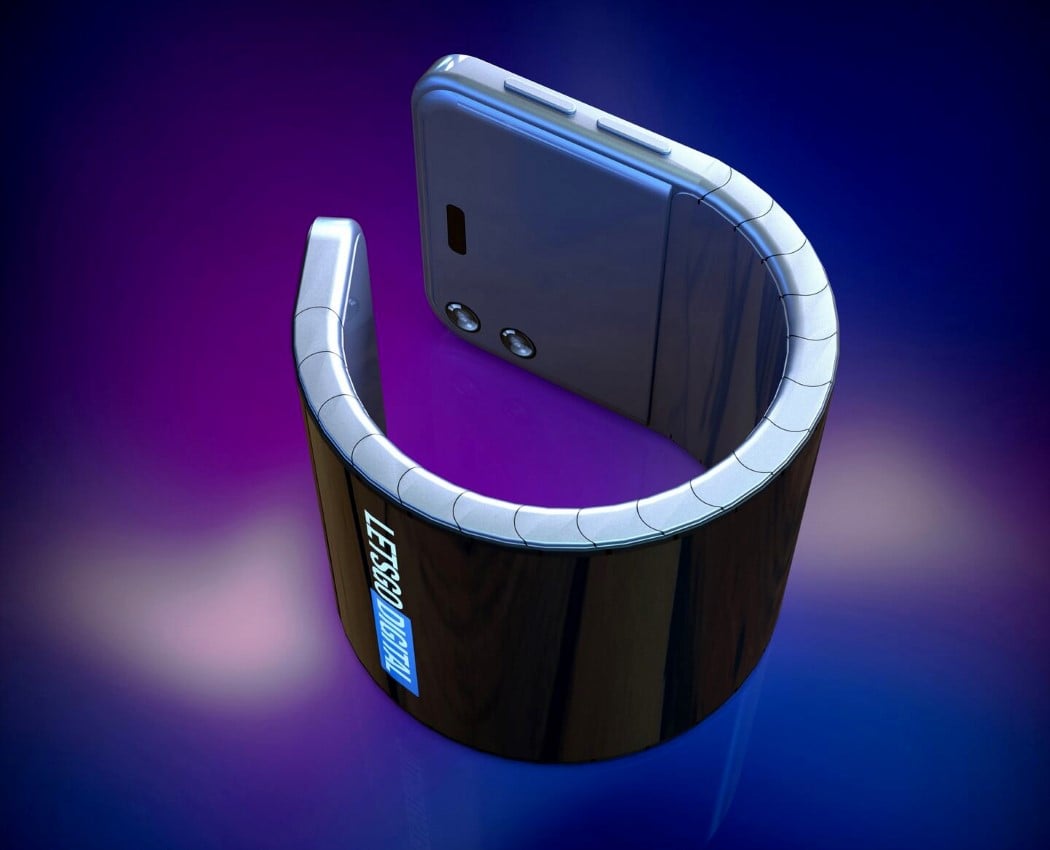
This is a conceptual Samsung smart-wristband. Created by our current favorite patent visualizer, LetsGoDigital using patents that Samsung filed, this device is clearly Samsung’s way of flooding the market with flexible displays. It’s essentially a smartphone-esque device that also doubles up as a wristband (similar to a concept that Lenovo displayed in 2016). Samsung’s modus operandi has always been “Build it and they will come”, and this gadget is no different, although if Lenovo’s test-case was any indication, this concept could be used by people with physical disabilities who have trouble holding a phone. The smartphone conveniently wraps around your wrist, allowing the phone to hold onto you, rather than needing you to hold onto the phone. The phone/band even comes with dual-lens cameras and an ultrasonic in-screen fingerprint reader.
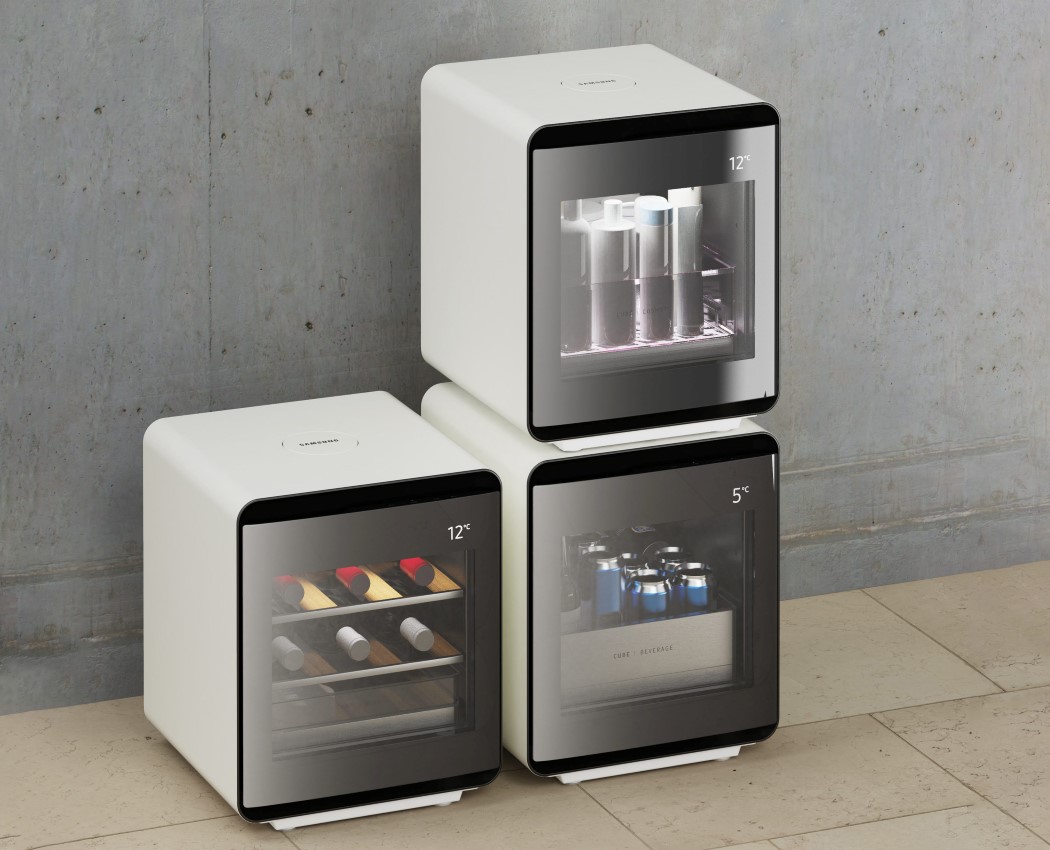
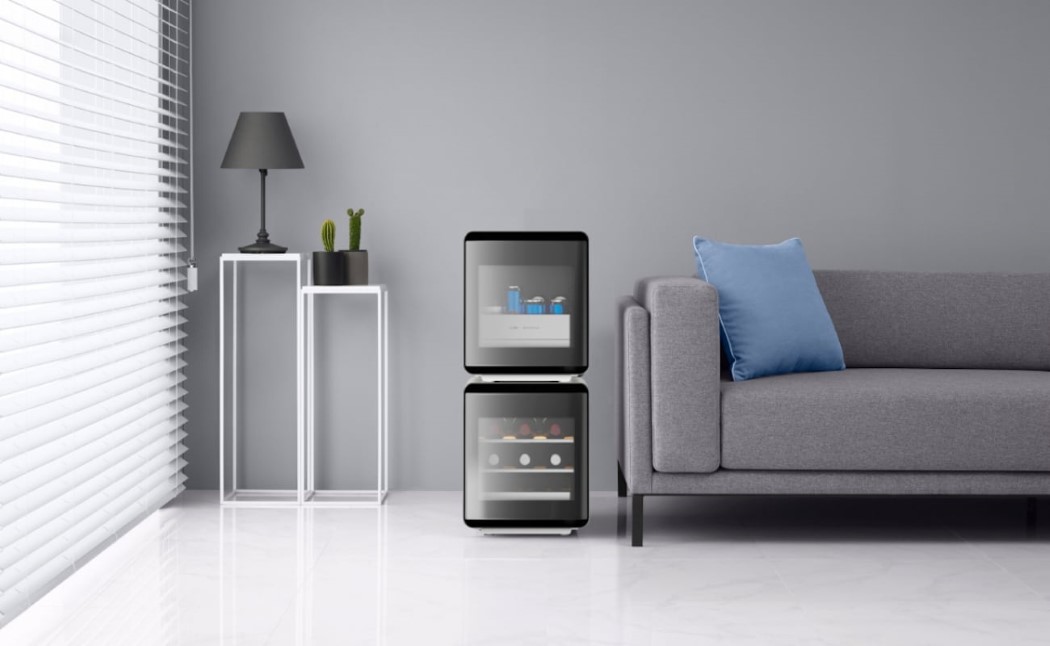
Samsung’s Cube Refrigerator takes a modular approach to cold-preservation. Quite like the Flatshare Fridge that secured the winning position at the Electrolux Design Lab more than a decade ago, Samsung’s Cube fridge is stackable, and allows you to add carious units together to create the fridge of your choice. With its minimal styling, the Cube can be placed anywhere, from your kitchen countertop, to even right beside your couch in the living room, or even in your workshop, where you’d possibly like to keep a couple of brewski’s to sip on when you’re working on your DIY projects. The clean-looking fridge comes with a glass door on the front, allowing you to see what’s inside, and a nifty digital temperature indicator on the top right that lets you set each individual Cube at its own temperature, based on what you put inside it
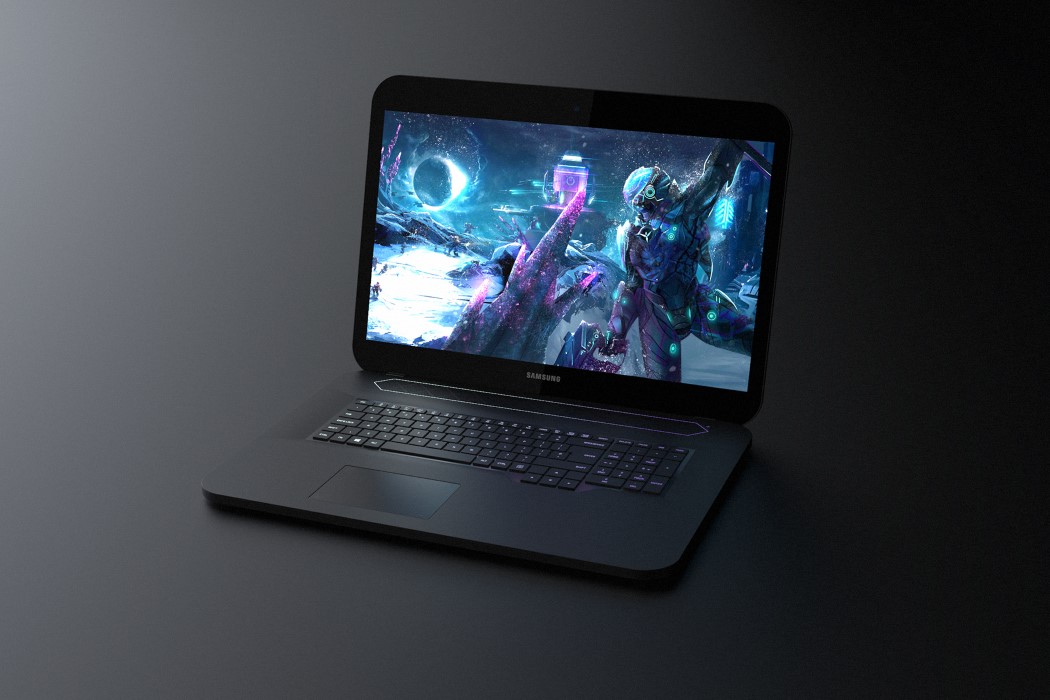
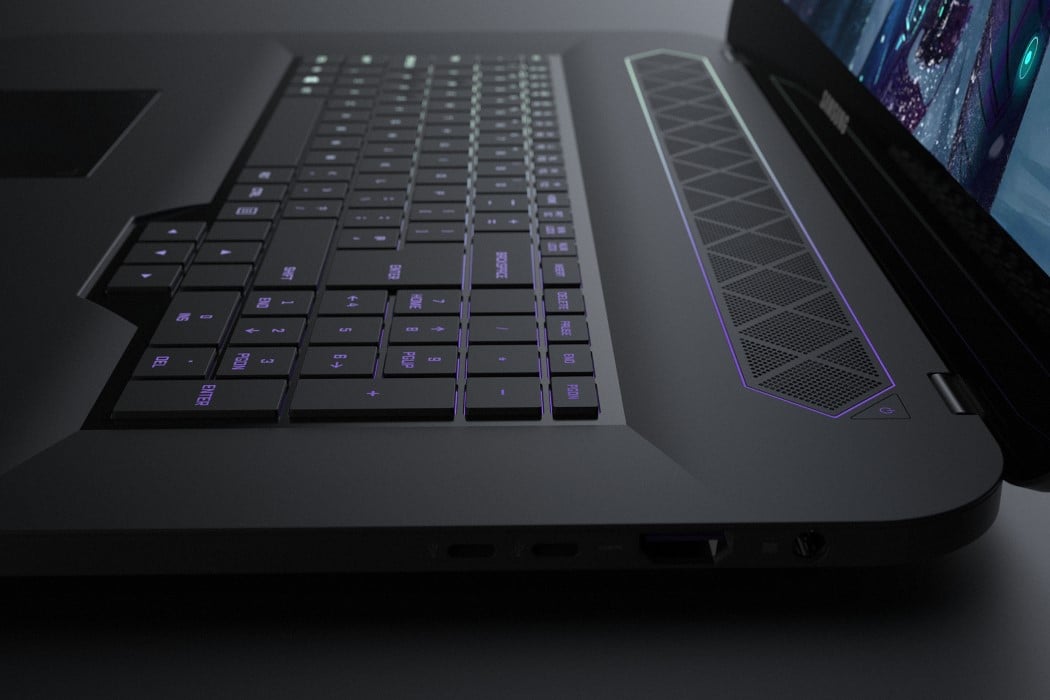

Titled the Escape, the conceptual laptop series by Mitul Lad is a modest entry into an already saturated category, but Samsung does it with decades of technical expertise to back it. Inspired by the dragonfly, the laptop sports angular elements and accents, with a crossed-out design on the lid as well as the base, and with a diamond-shaped speaker grill right above the keyboard. Samsung’s acquisition of Harman Kardon would probably have a role to play here too, especially since the audio company has made some remarkable drivers for laptops over the years for Toshiba, as well as for Dell under their JBL brand. With an aesthetic that isn’t overtly gamer-ish, the Escape sounds like a great laptop to rely on for work as well as for play. With a screen that should undoubtedly be the best in its category, audio that should absolutely shine, and a nice backlit keyboard that’s just perfect for gaming, the Escape is a laptop that Samsung should start seriously considering taking cues from!

